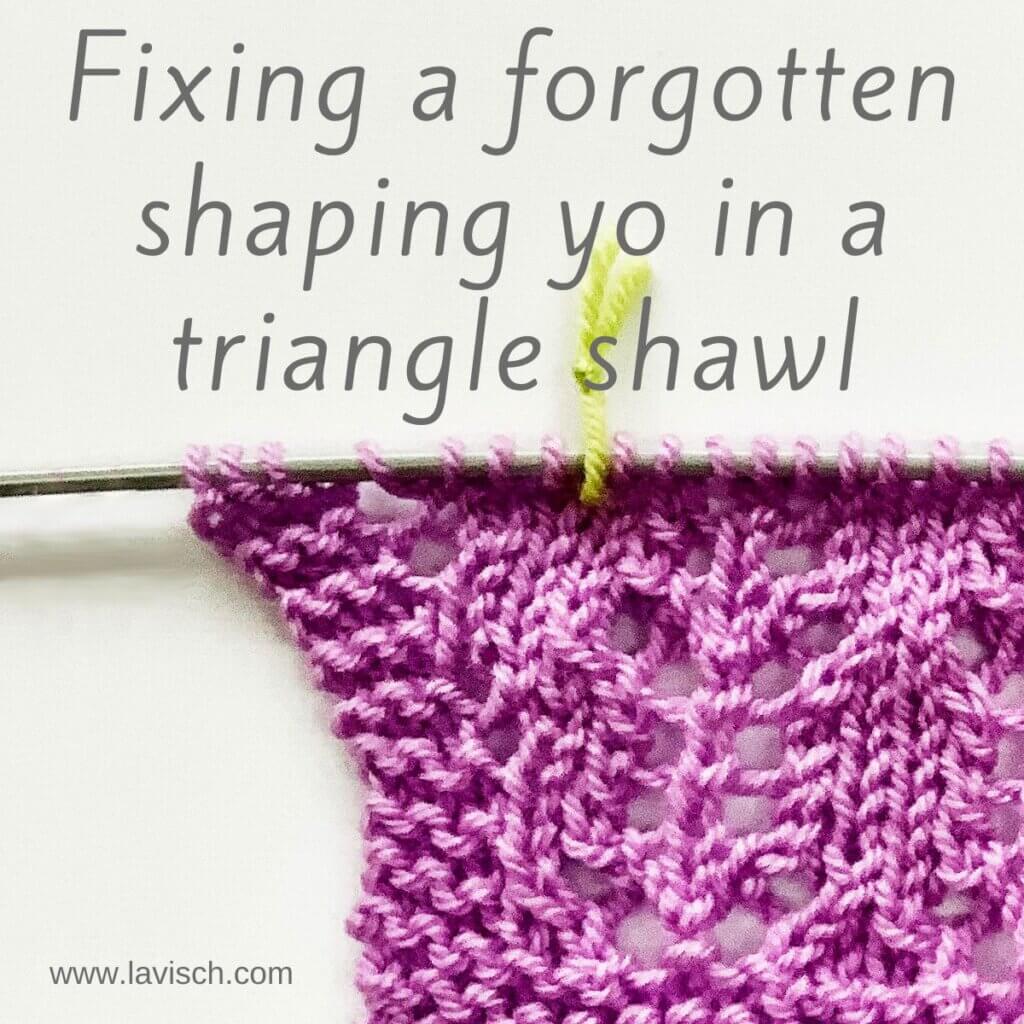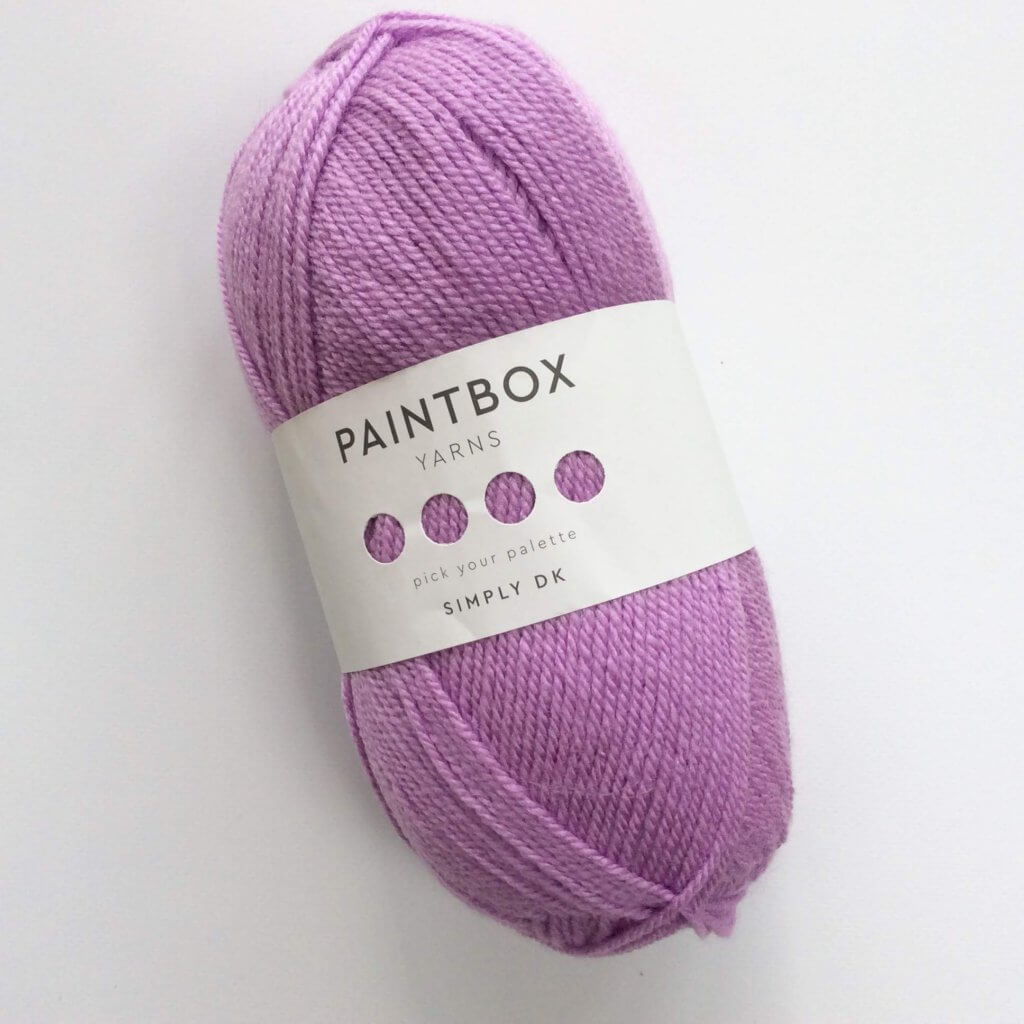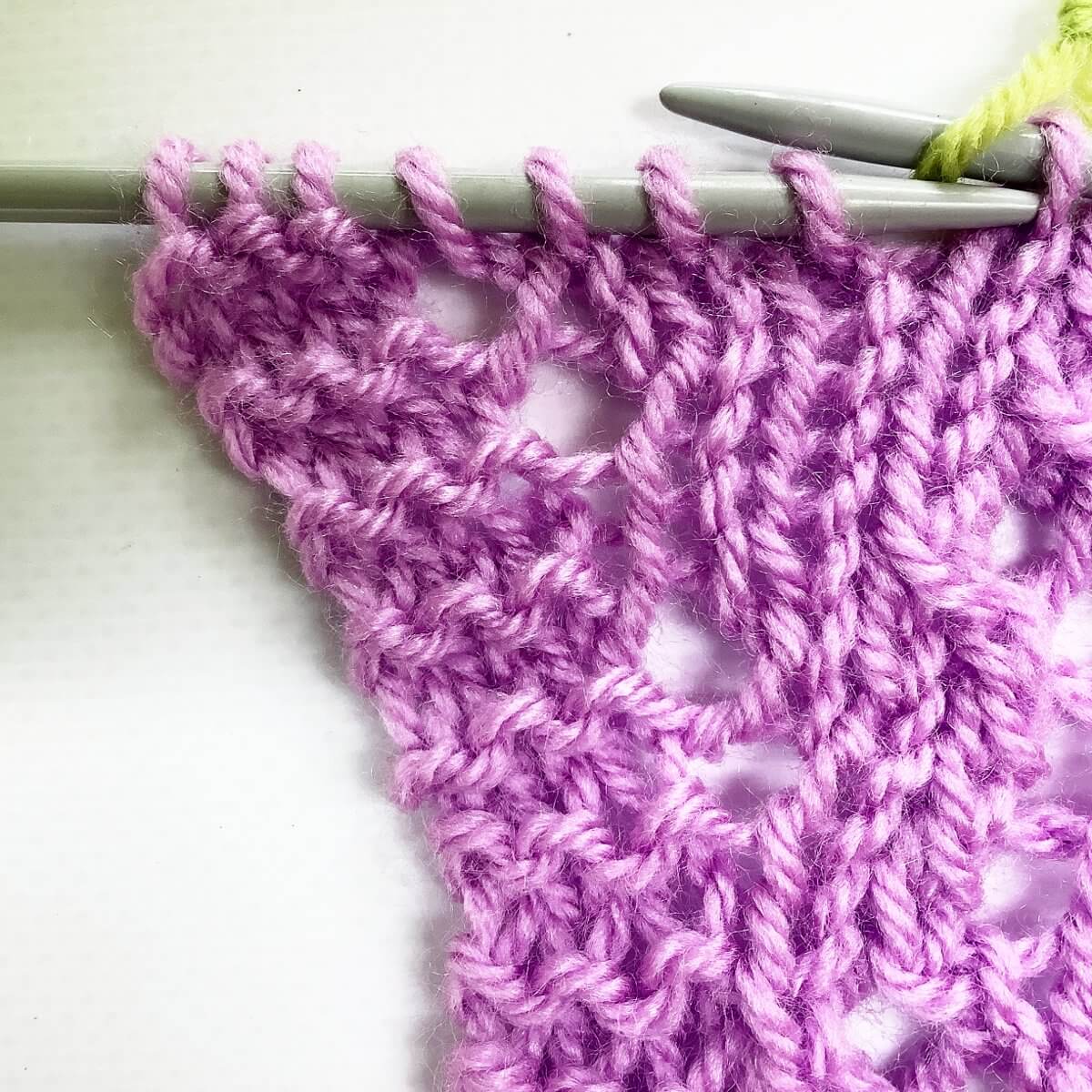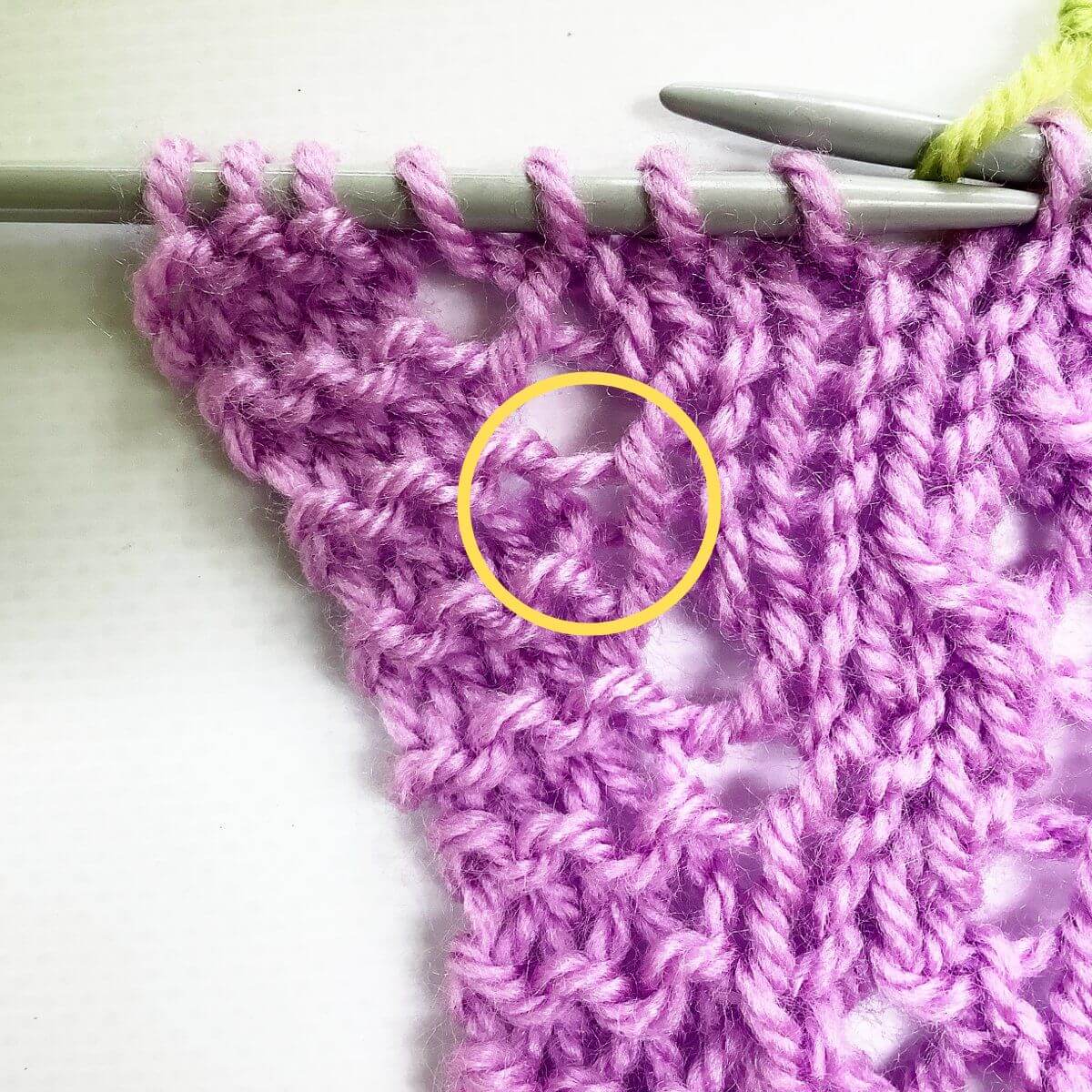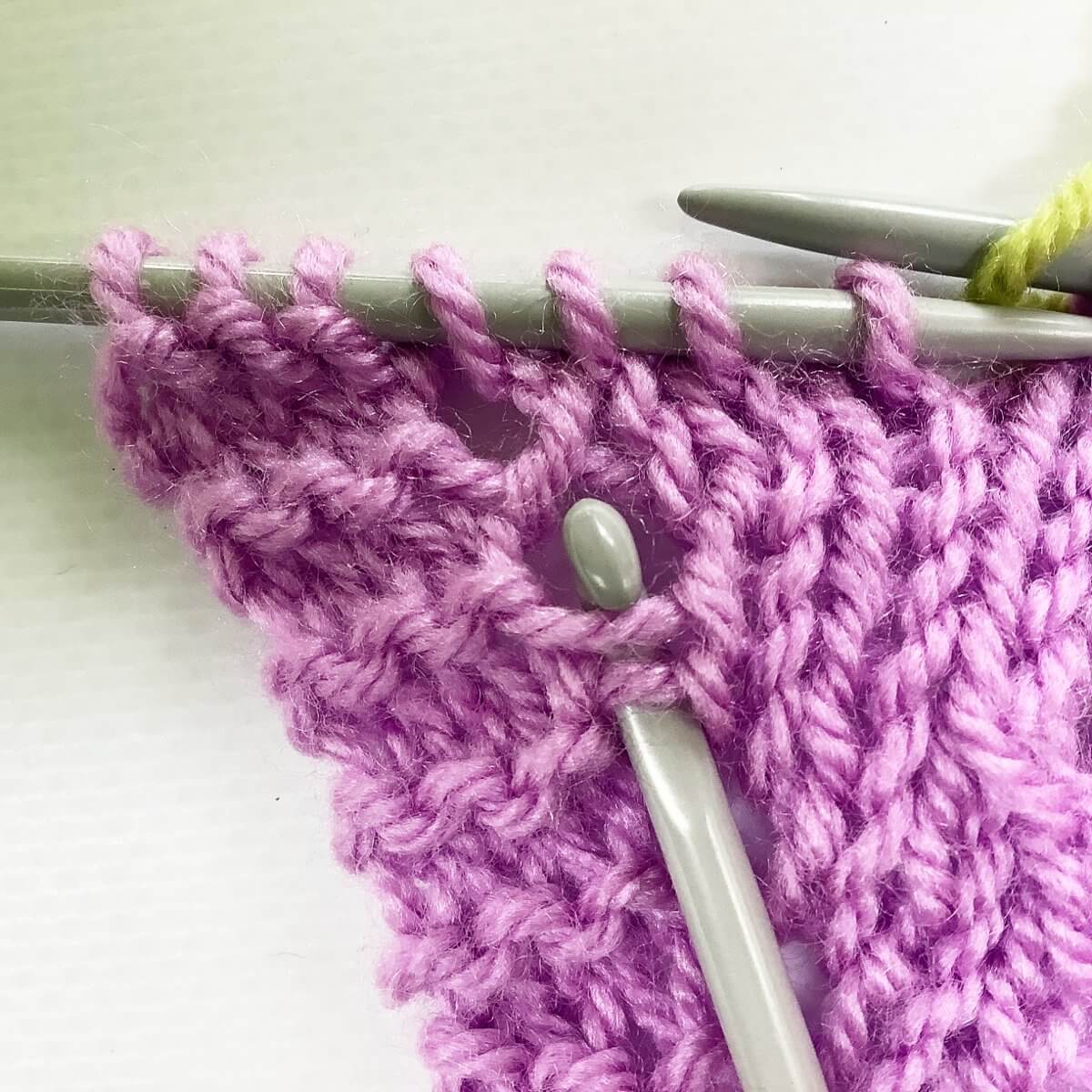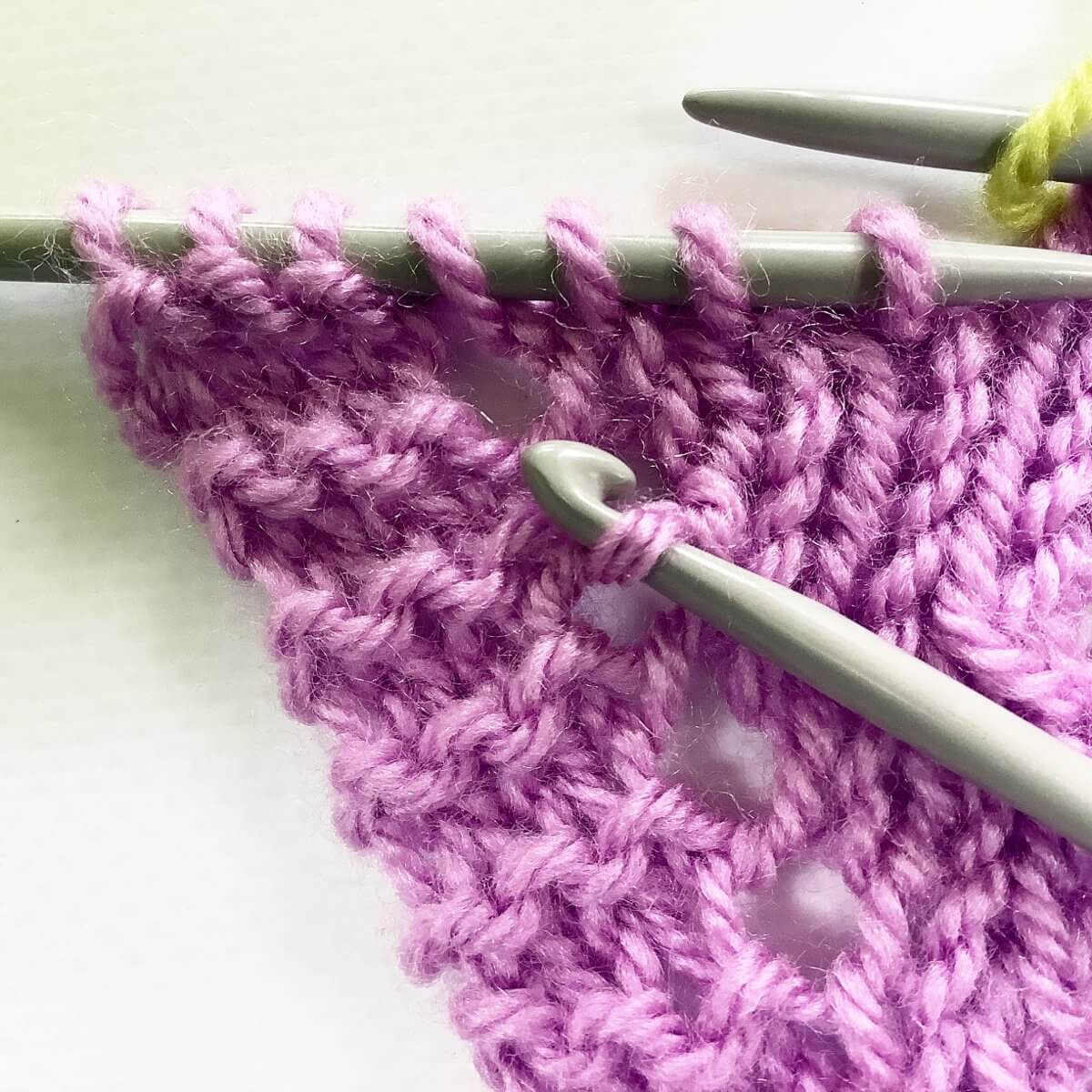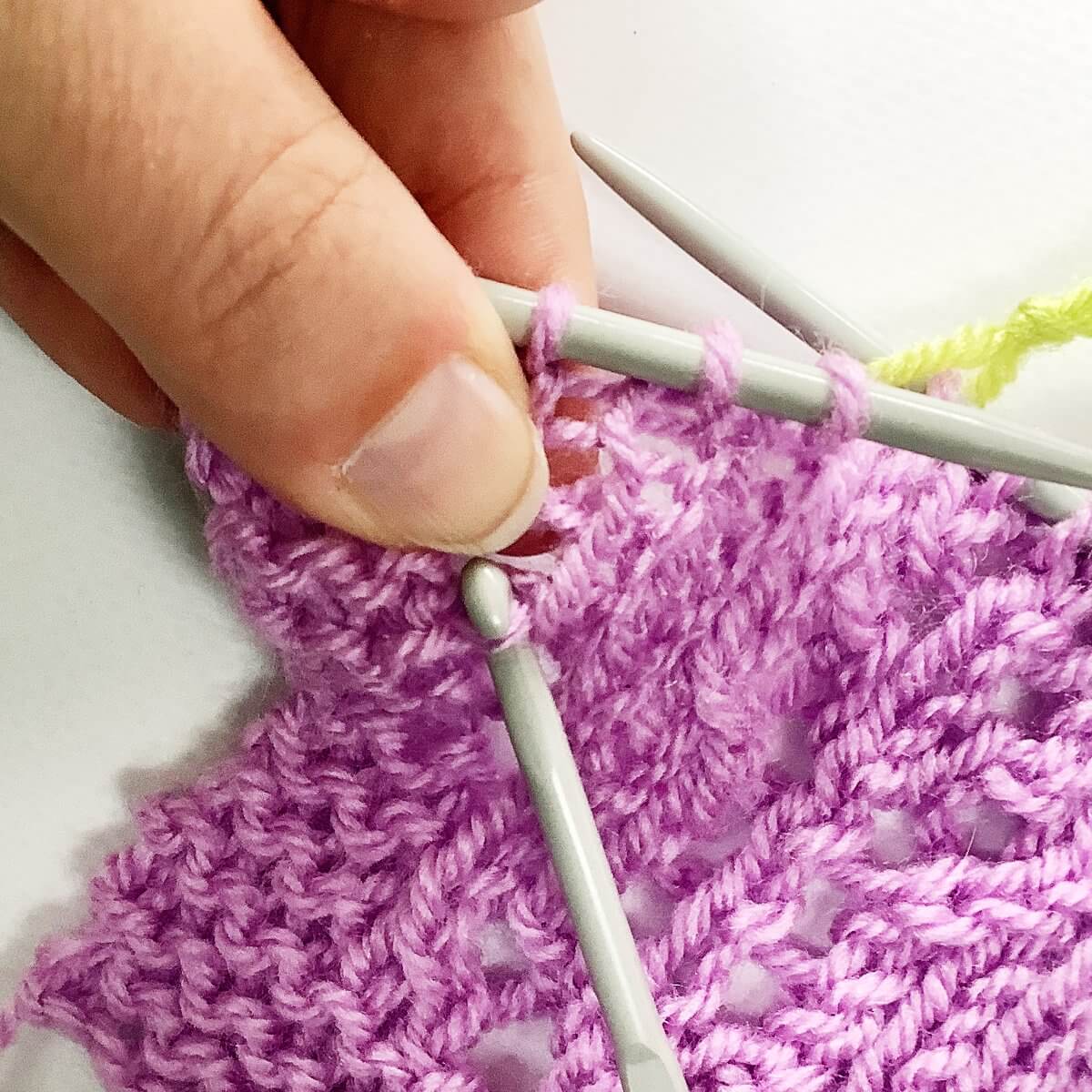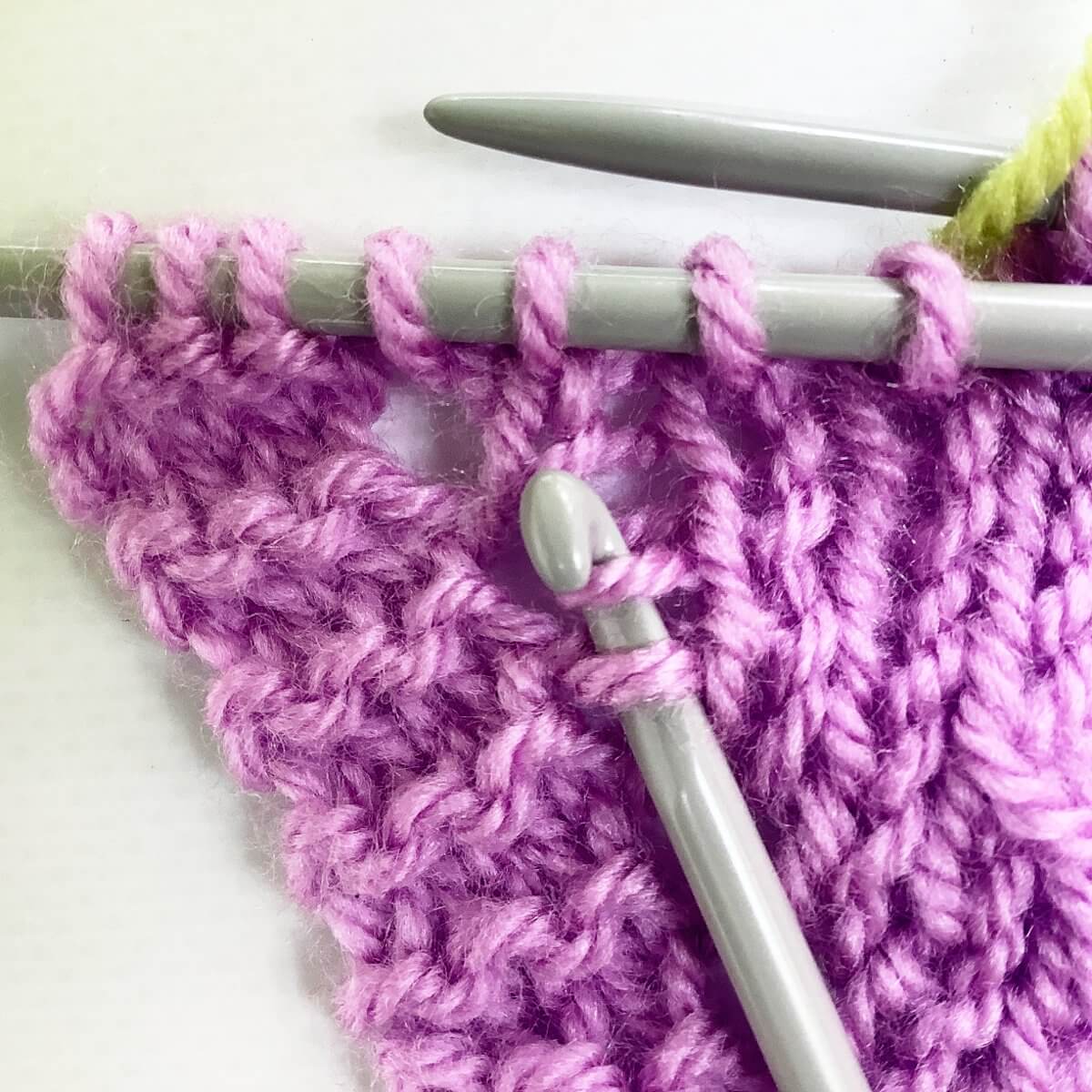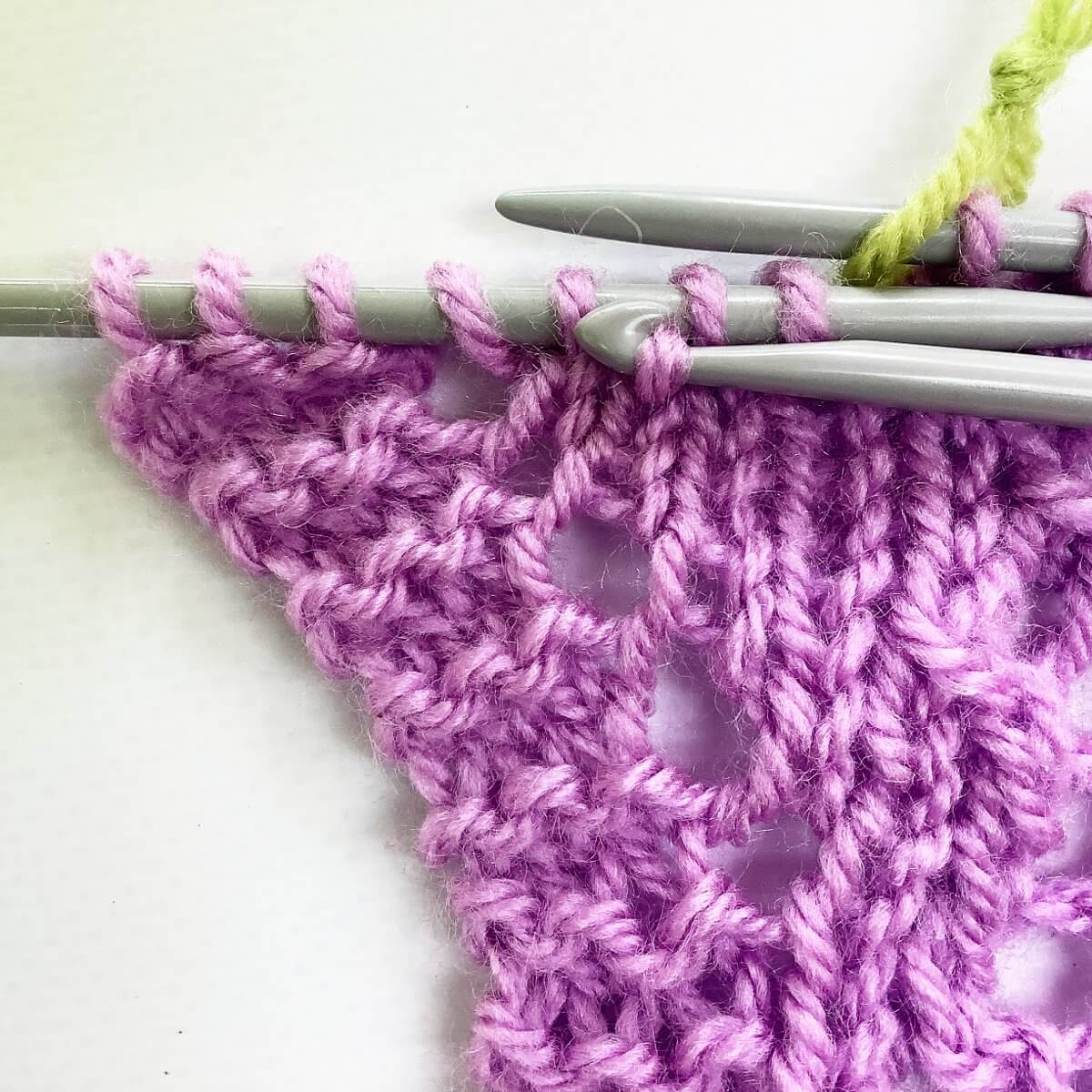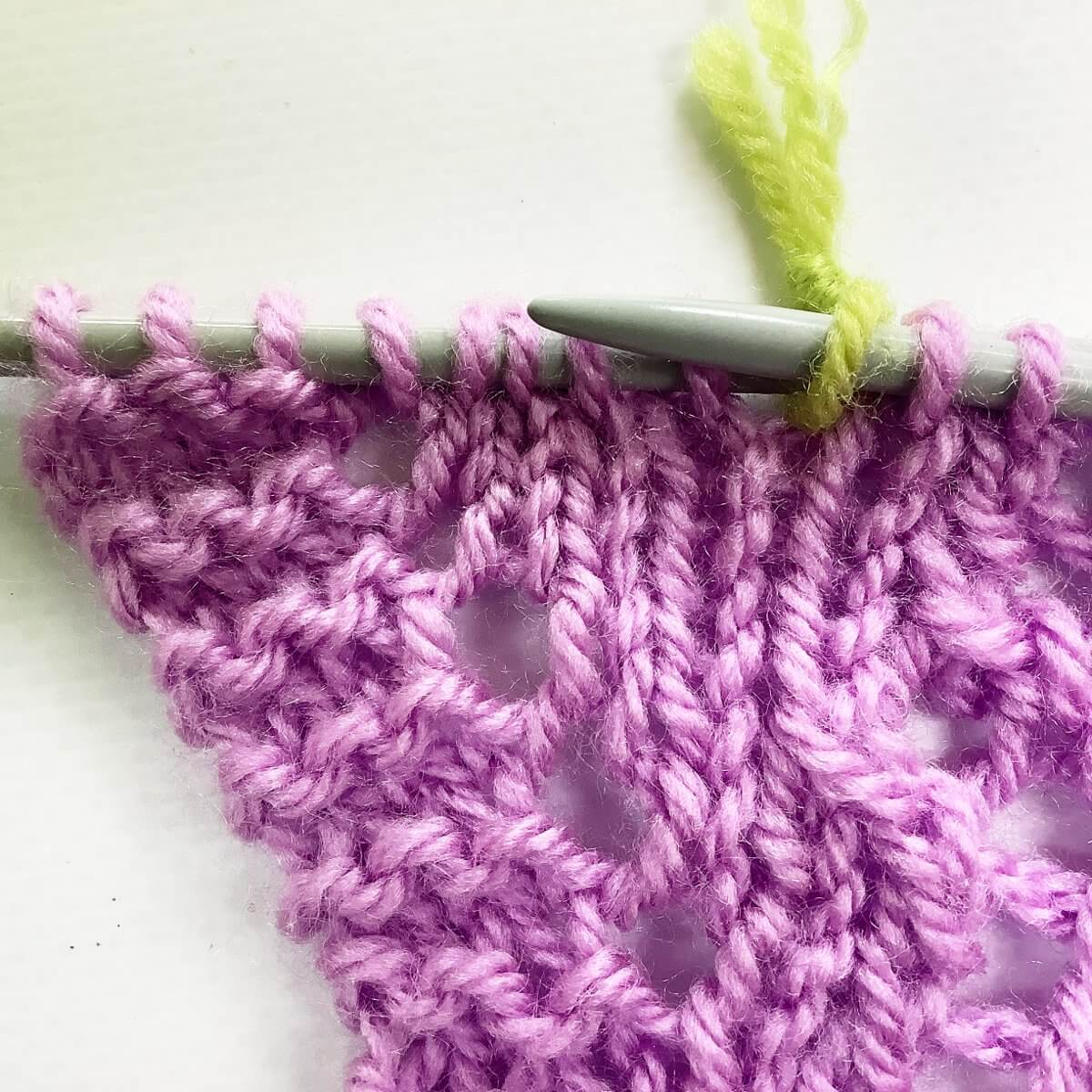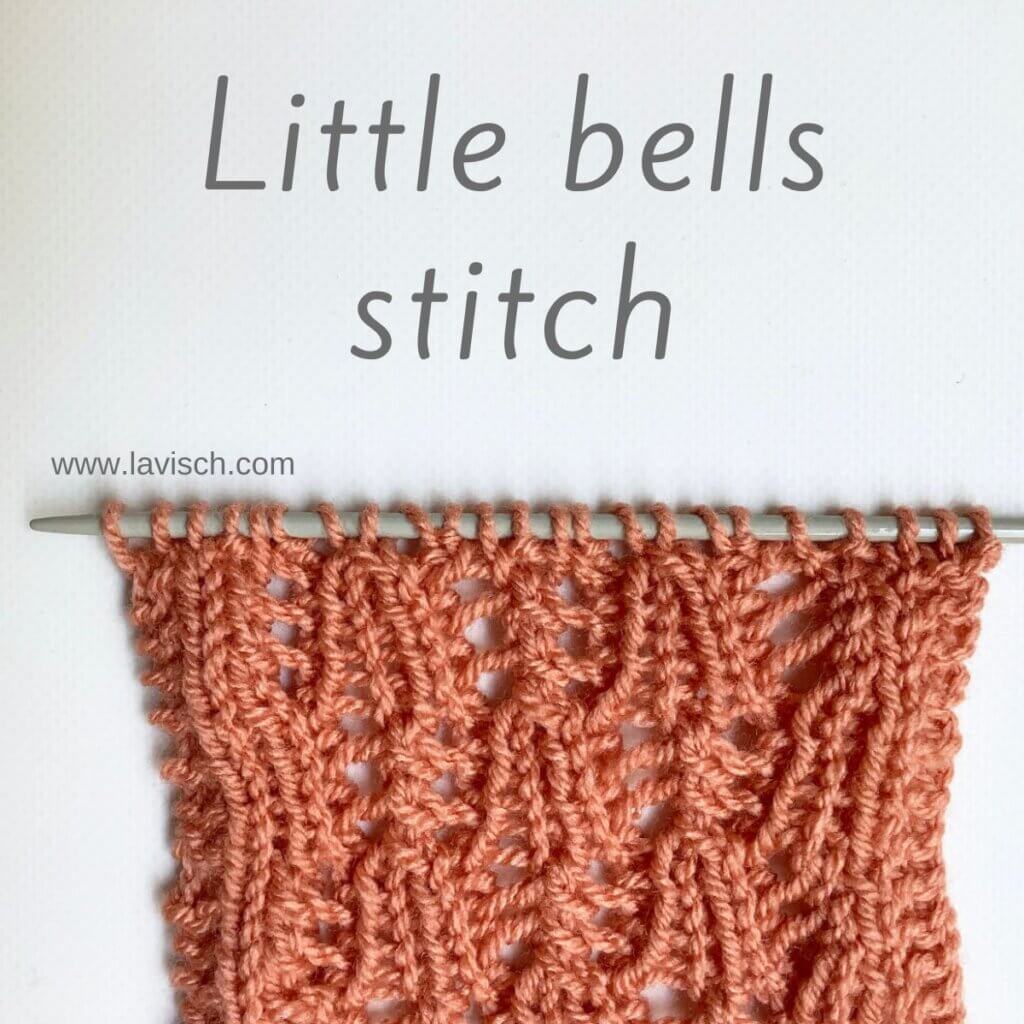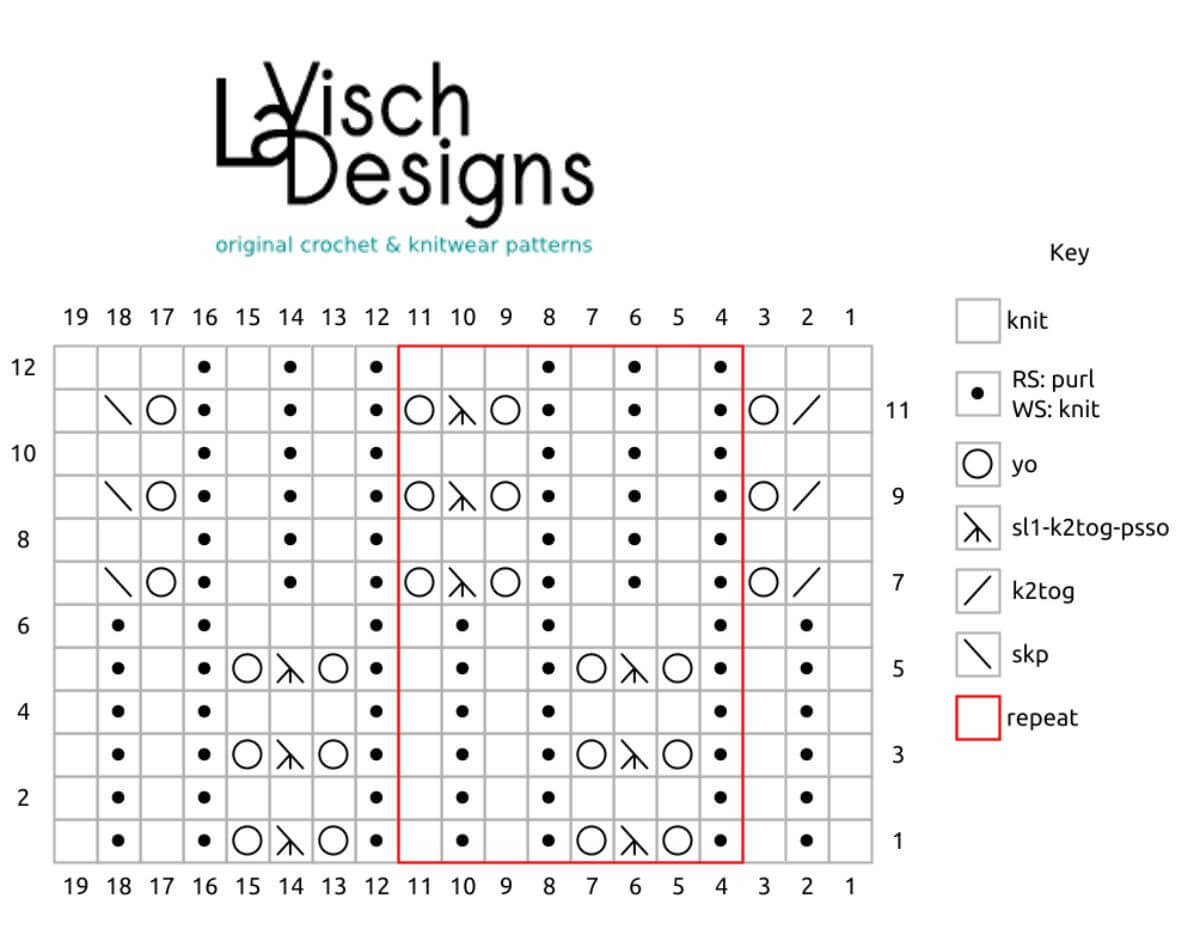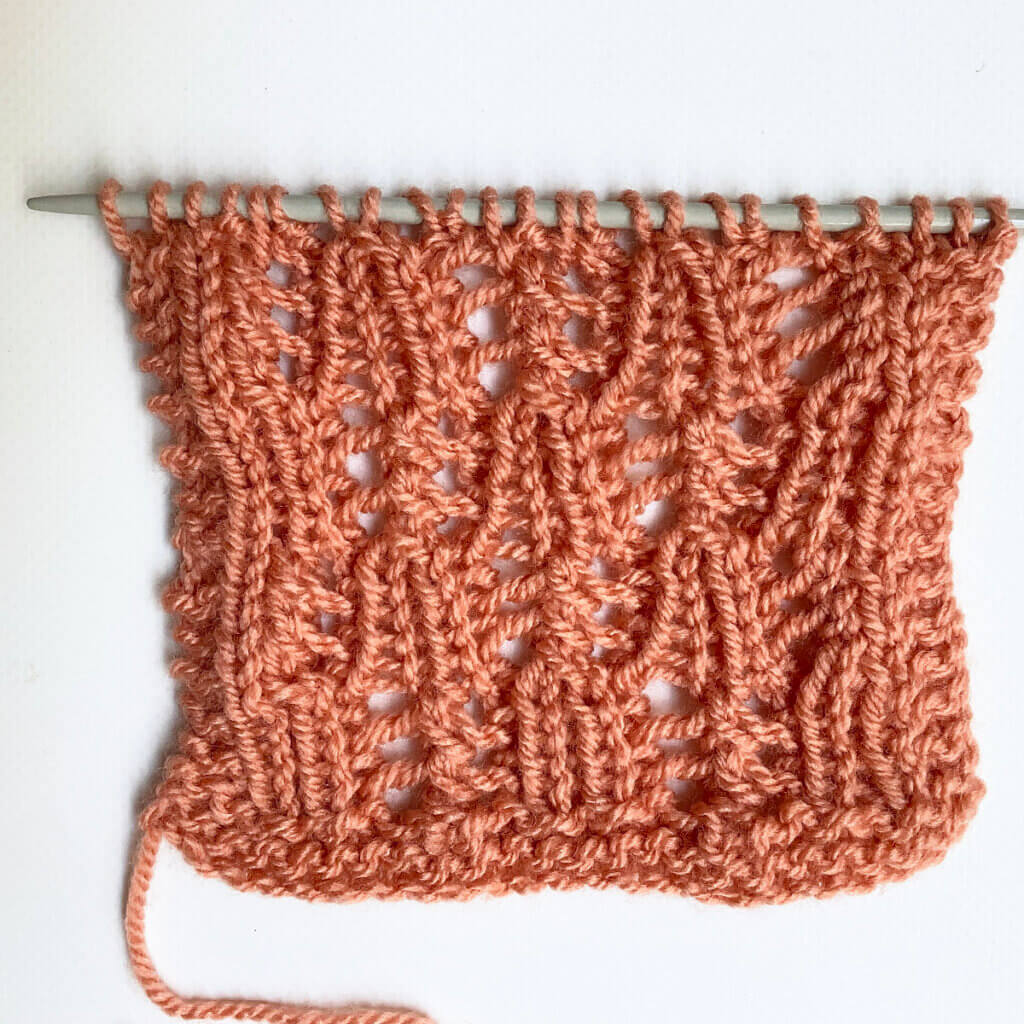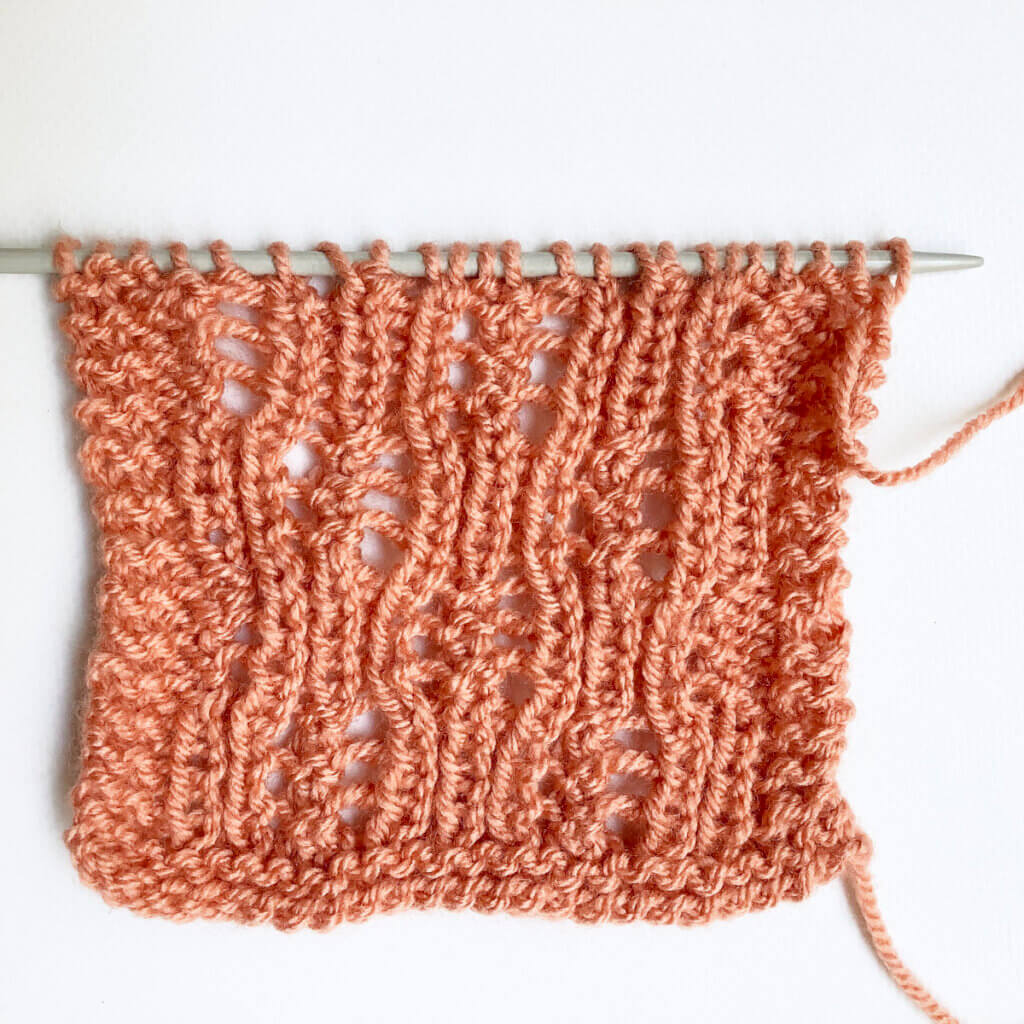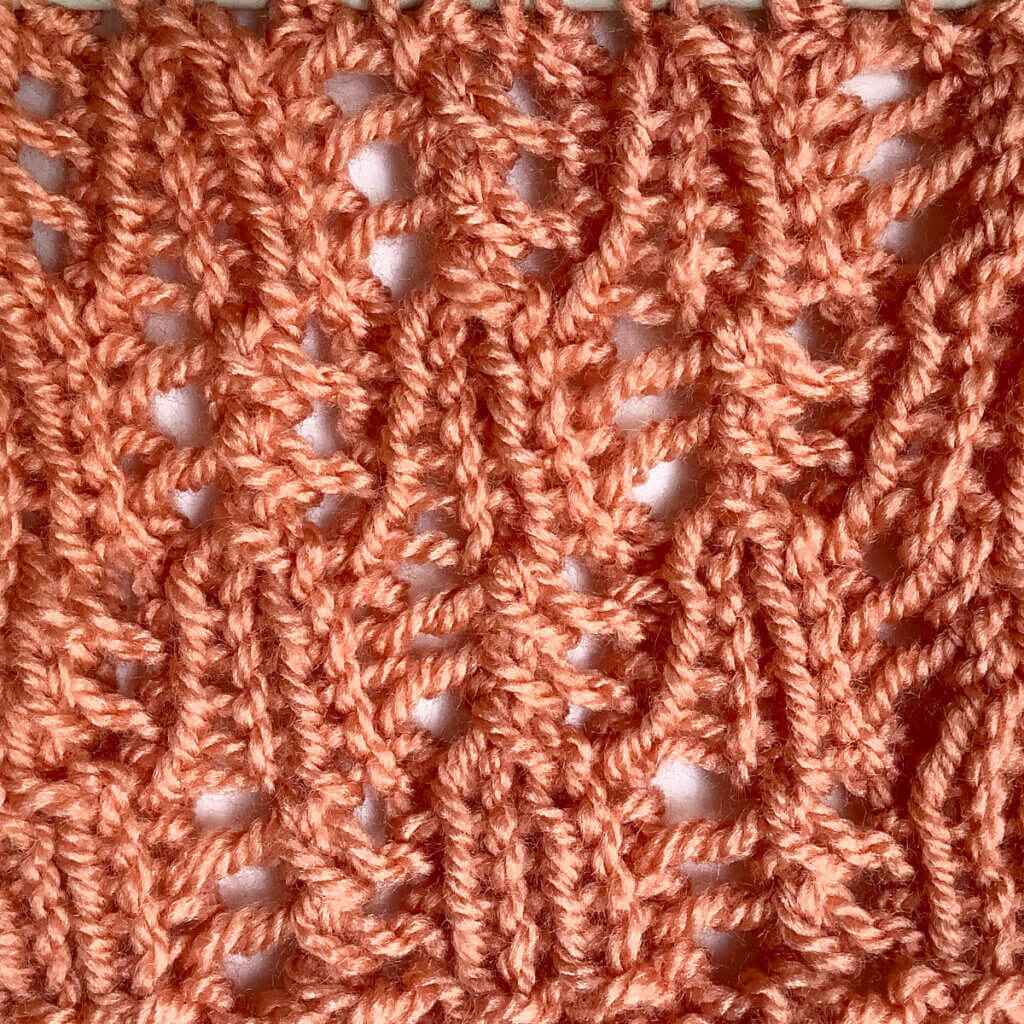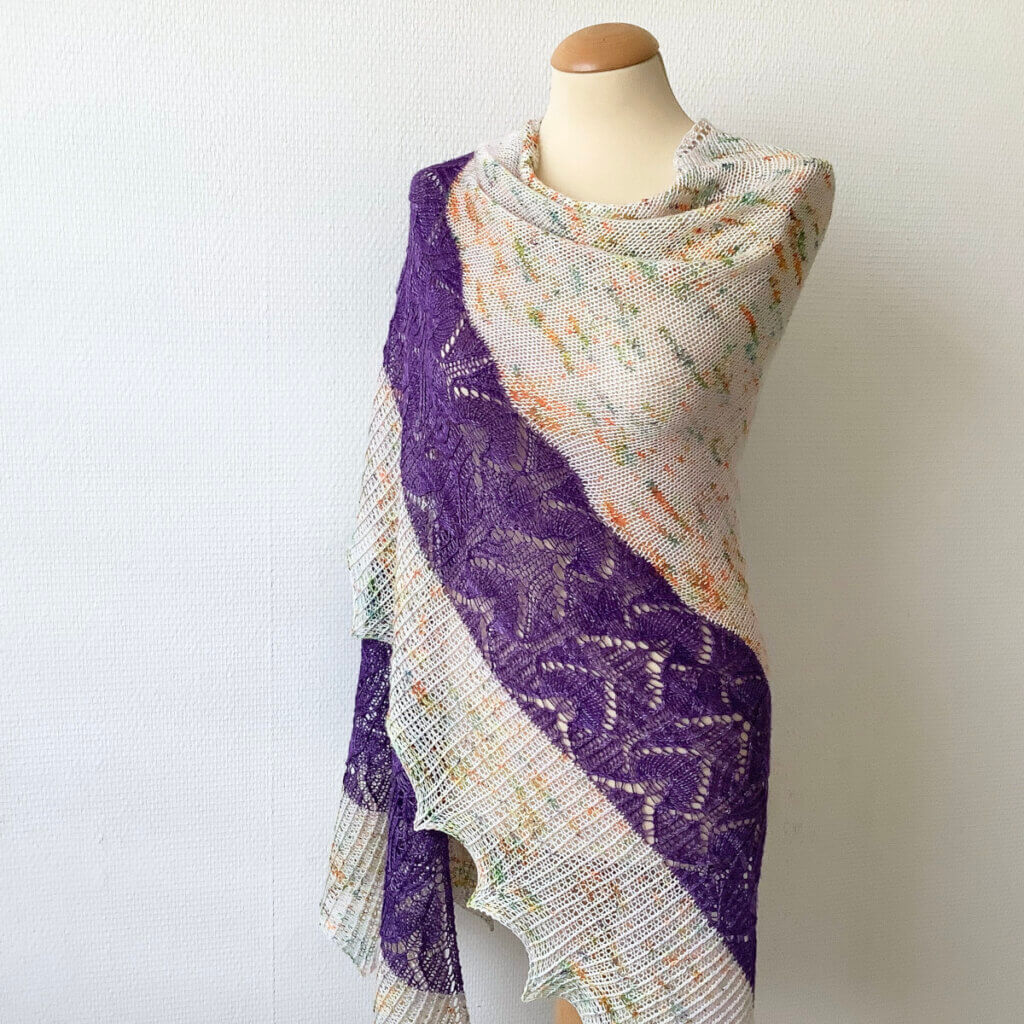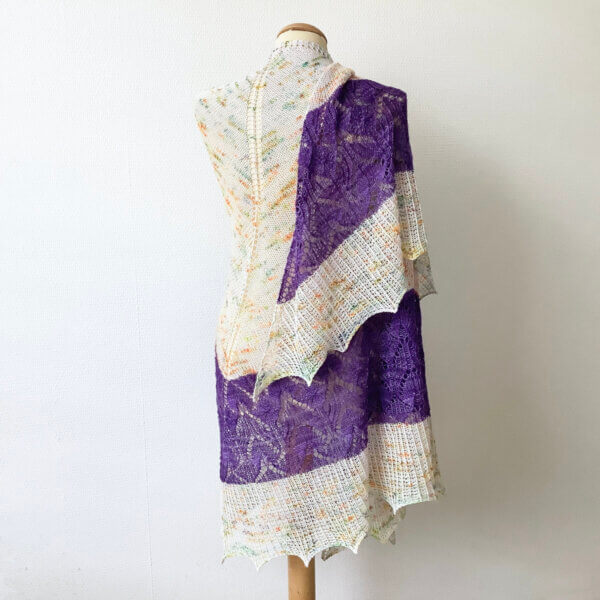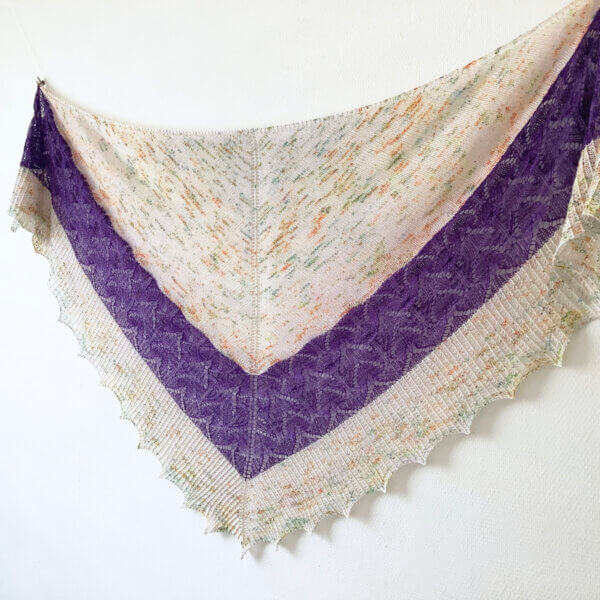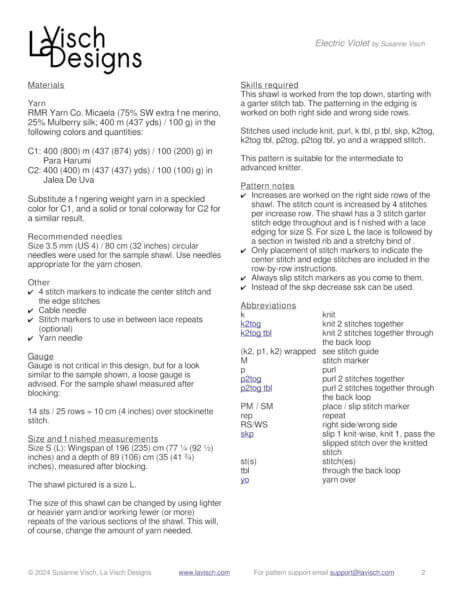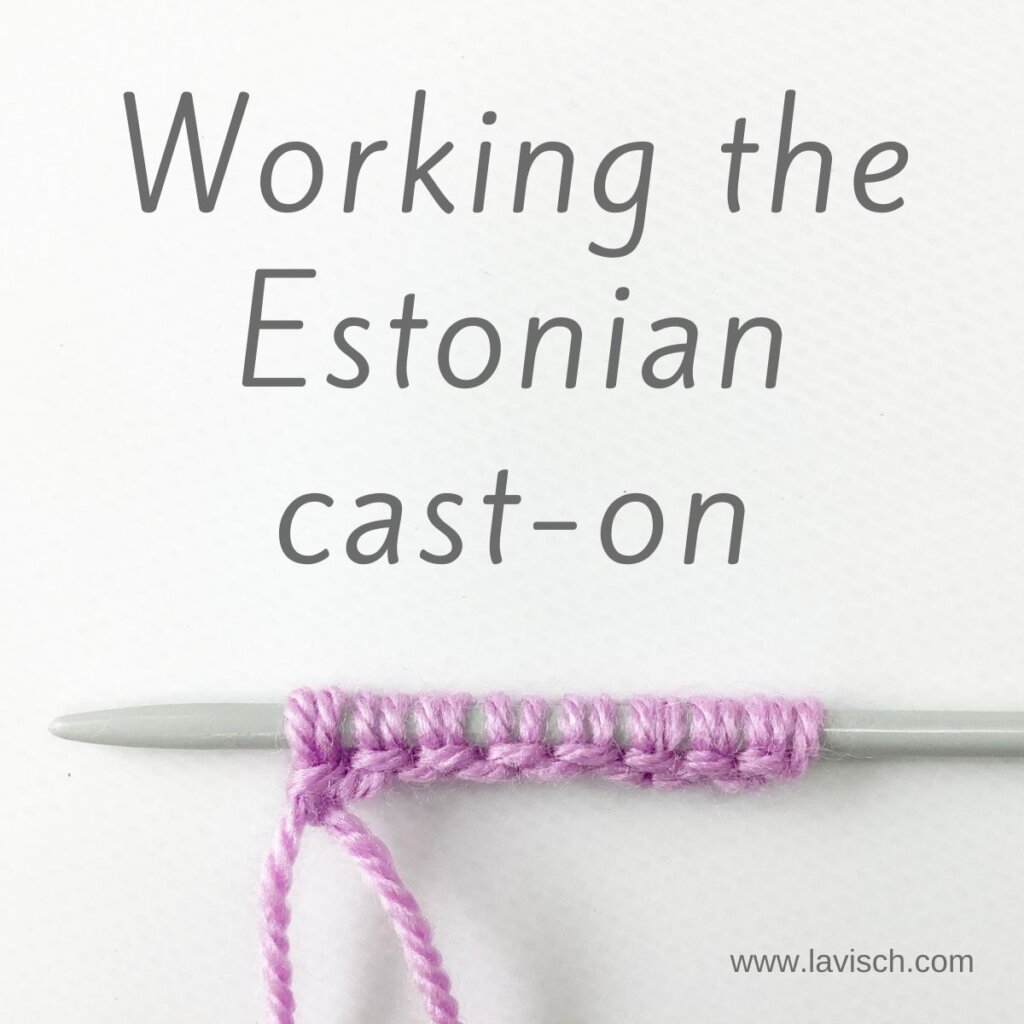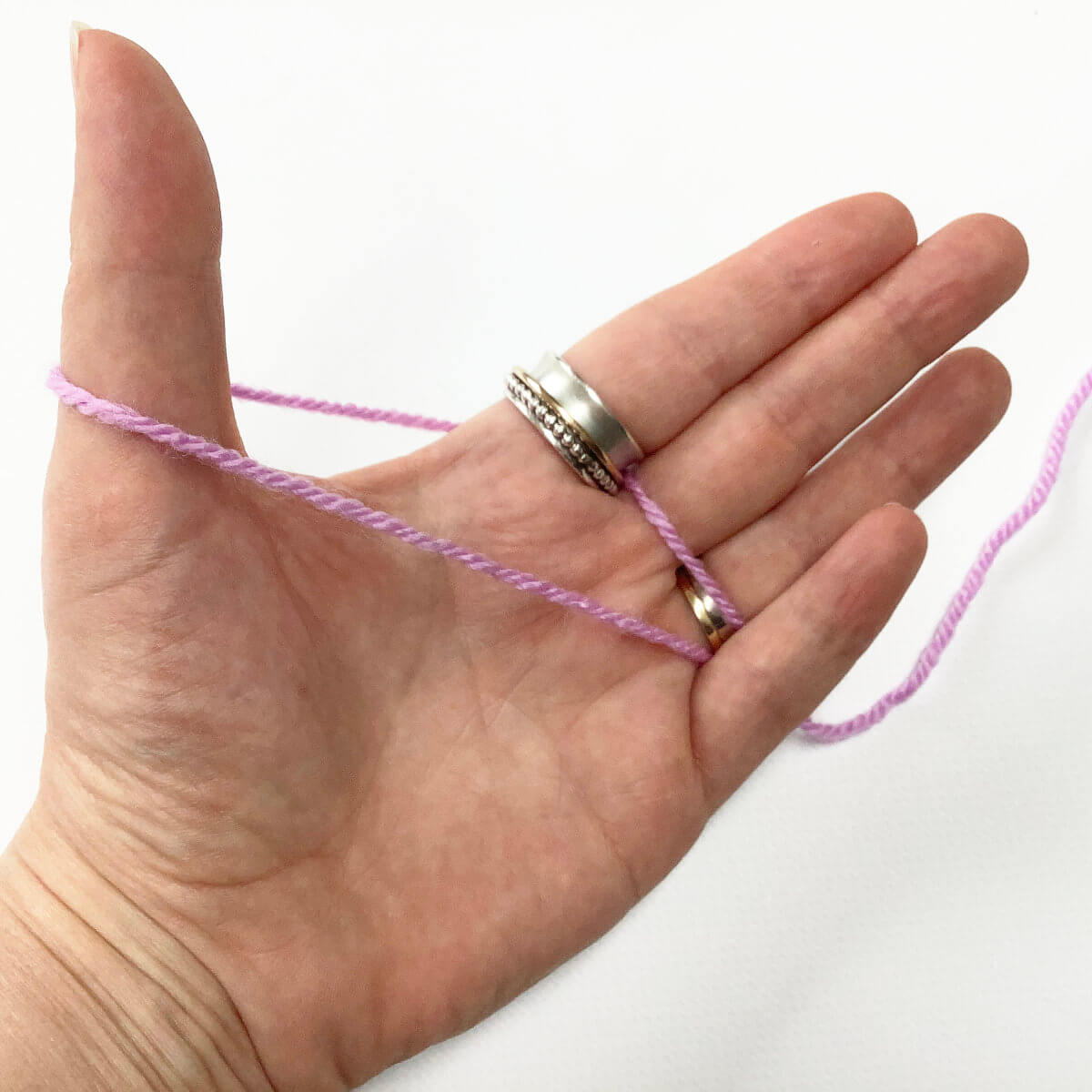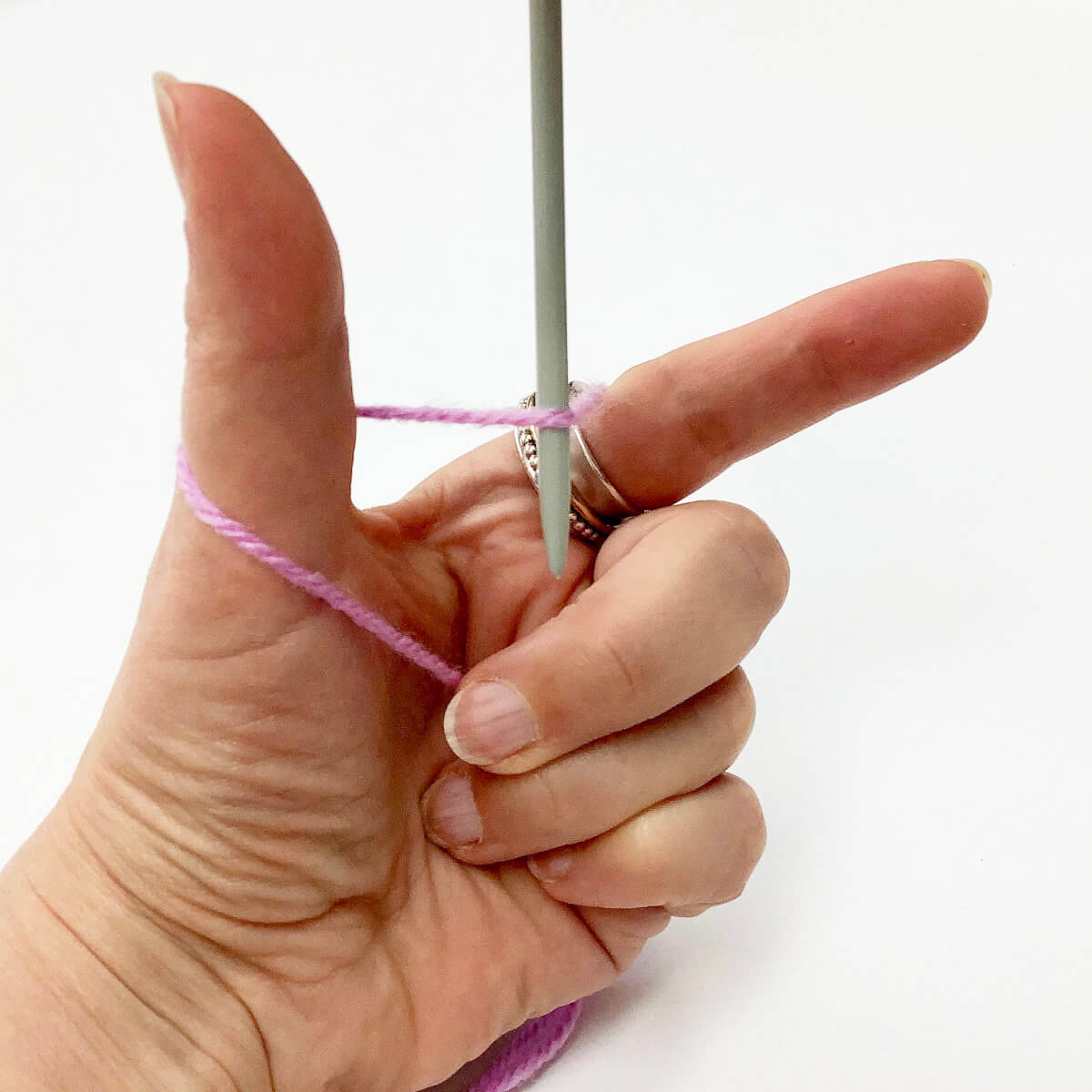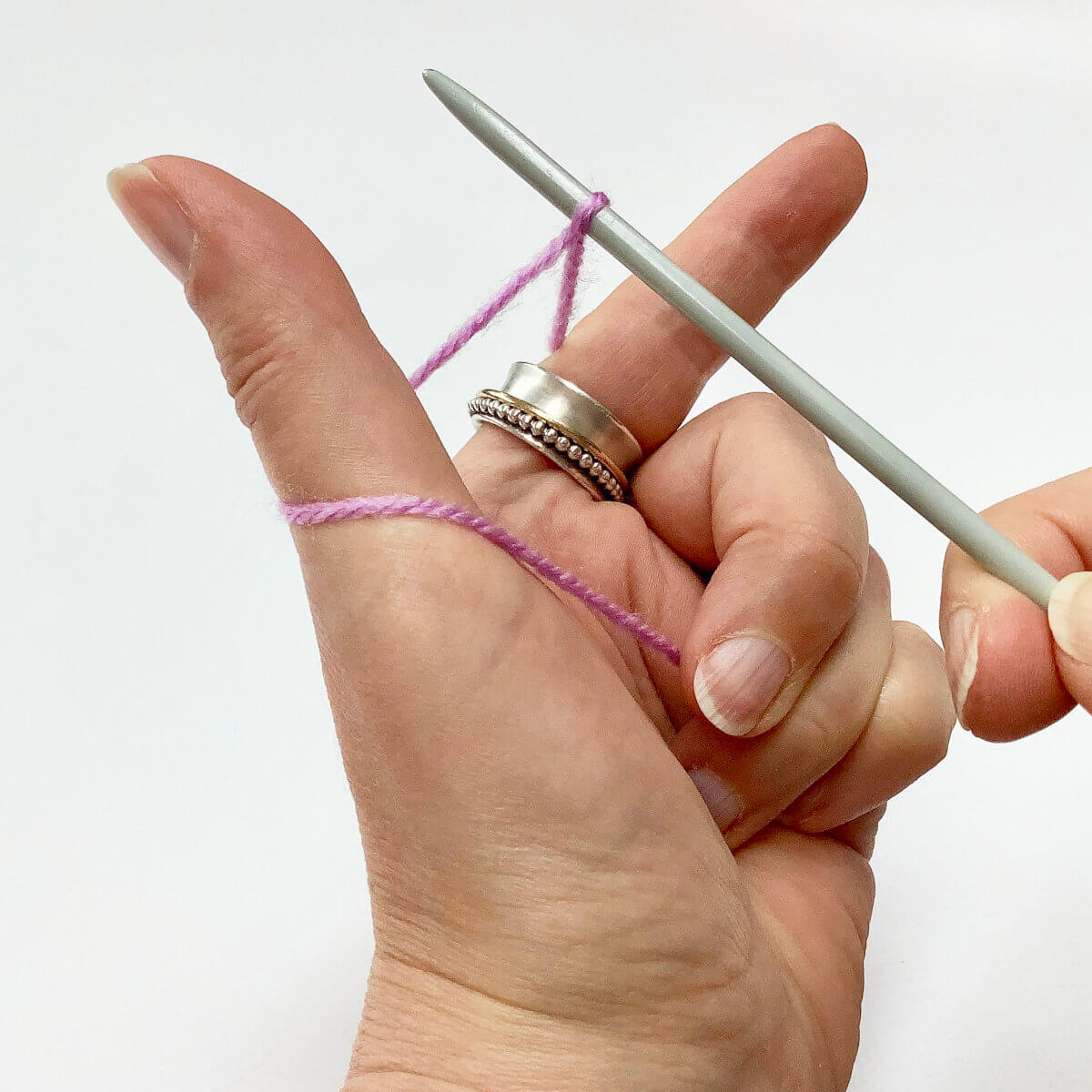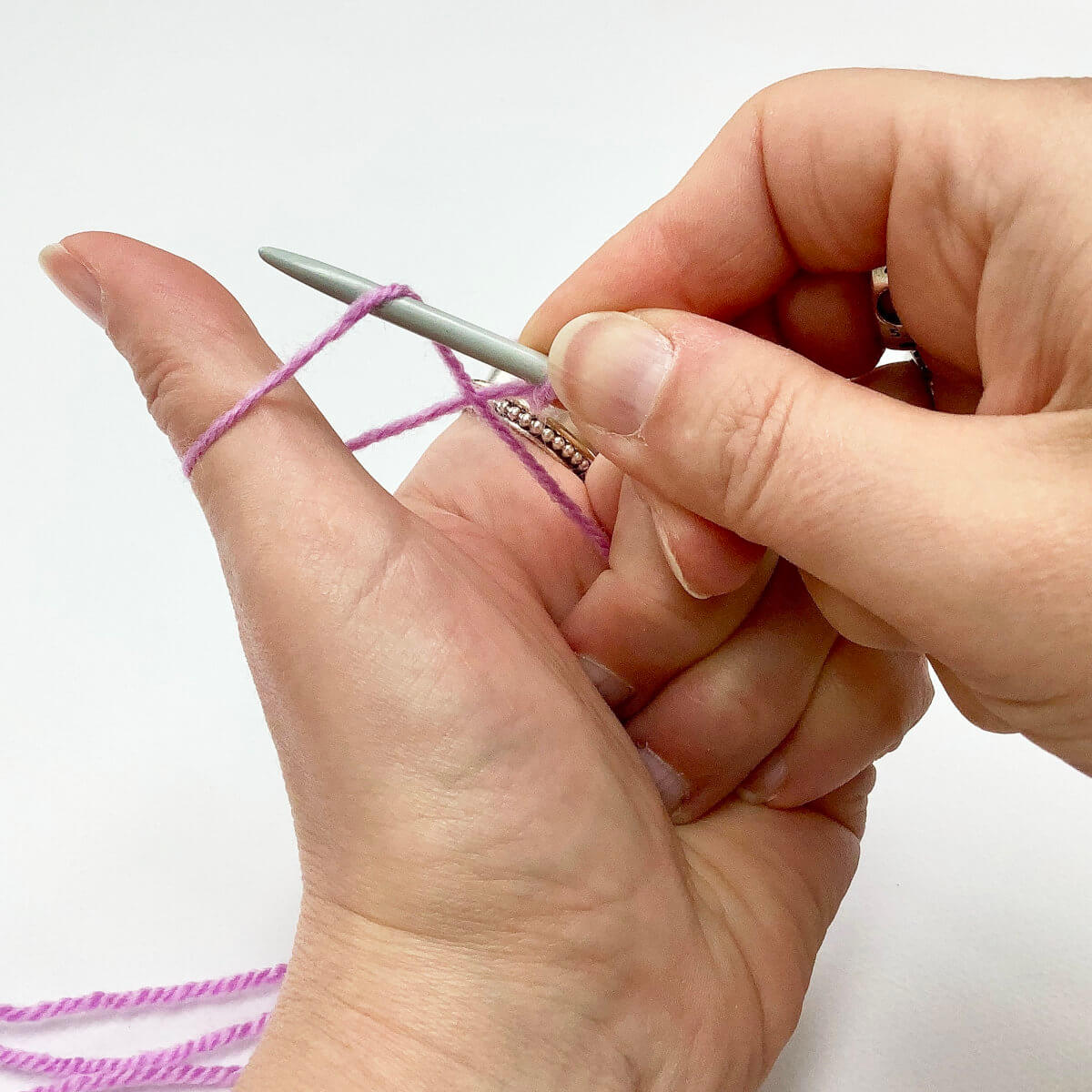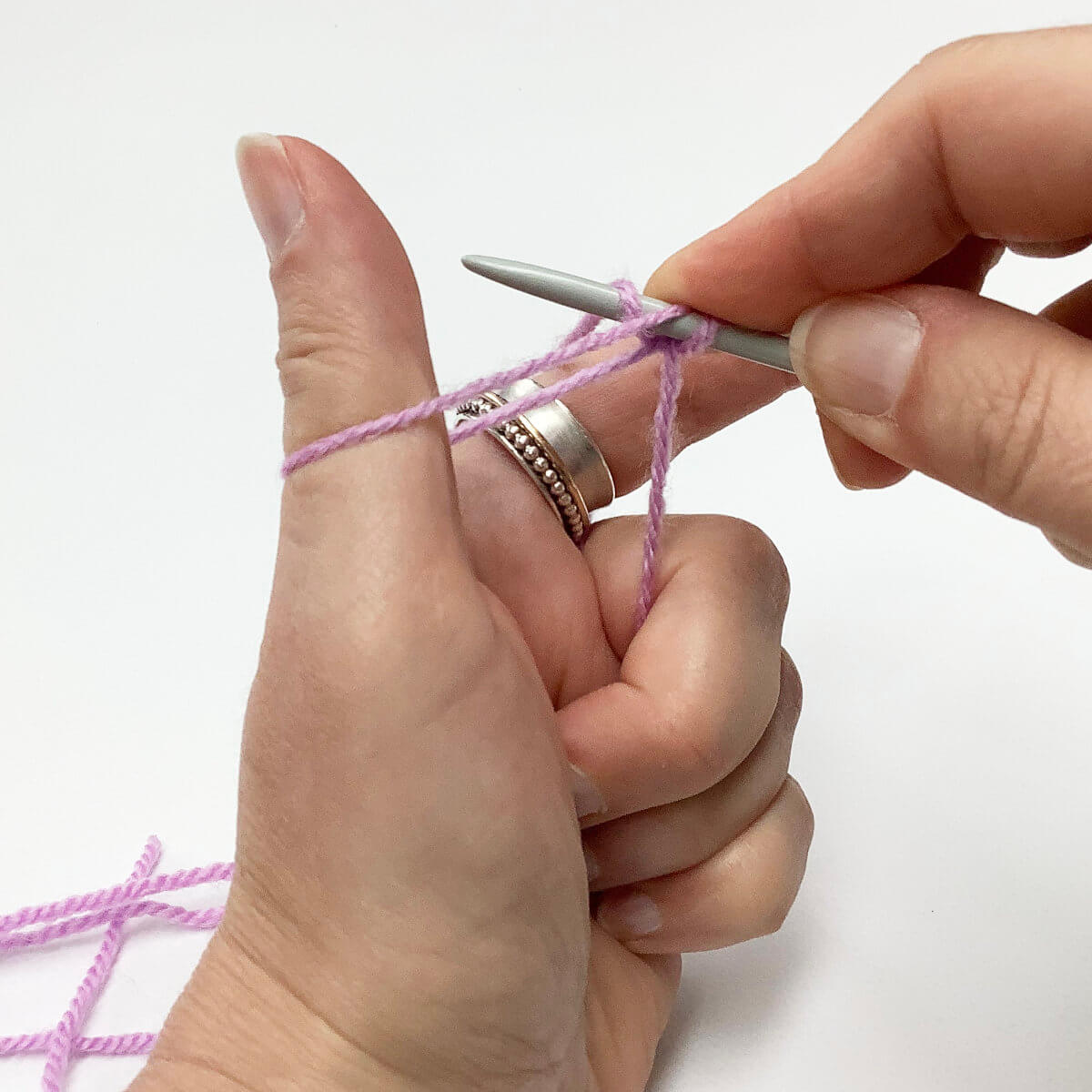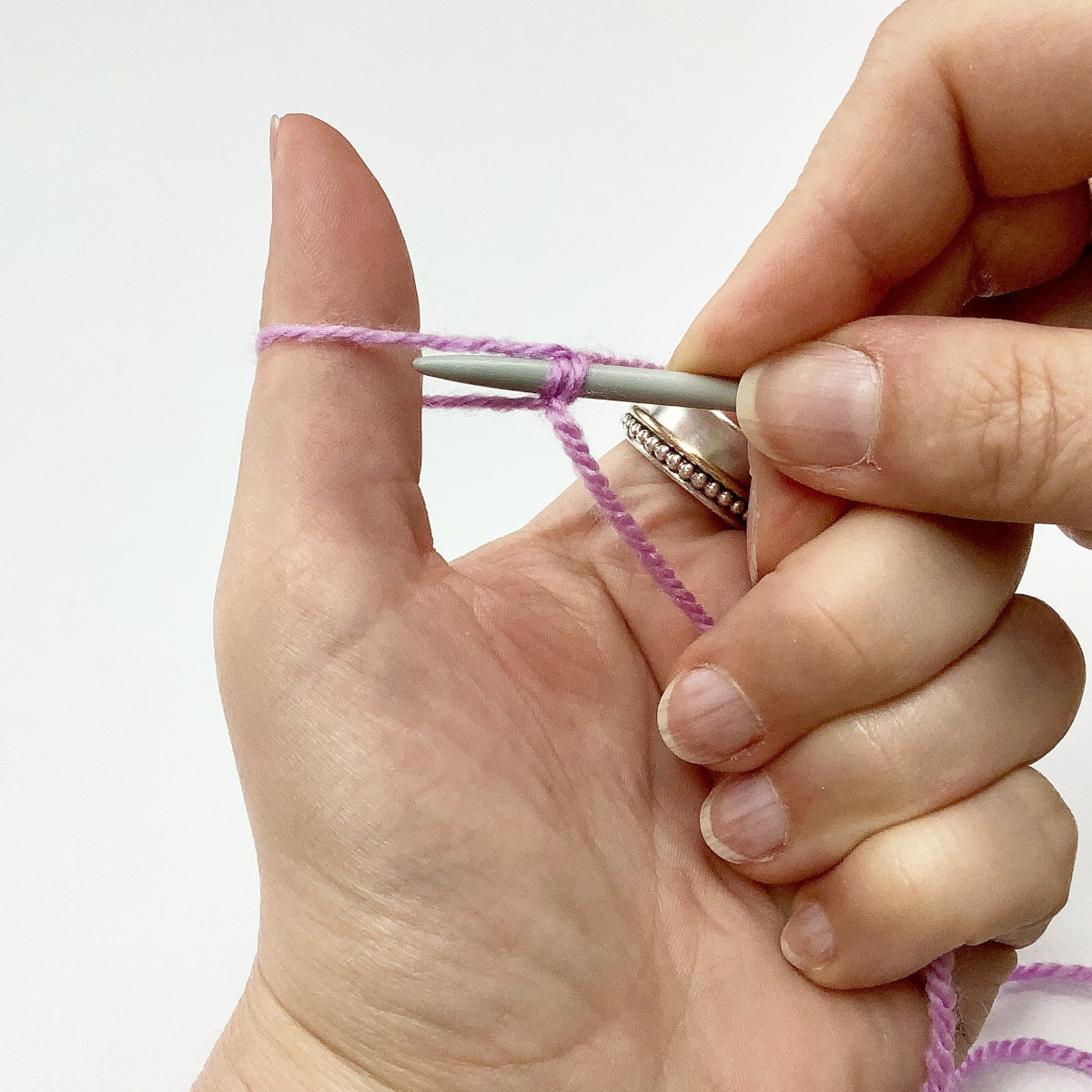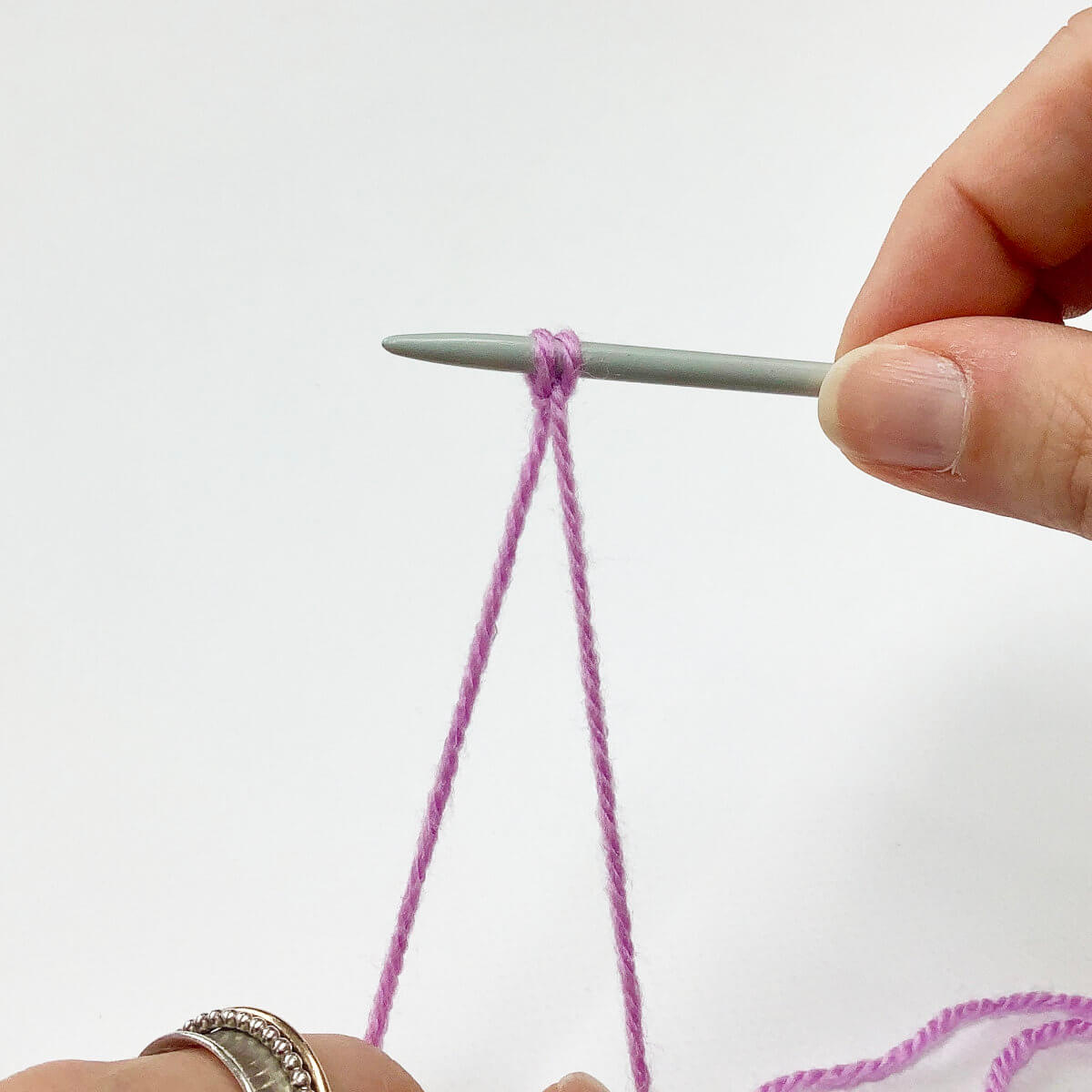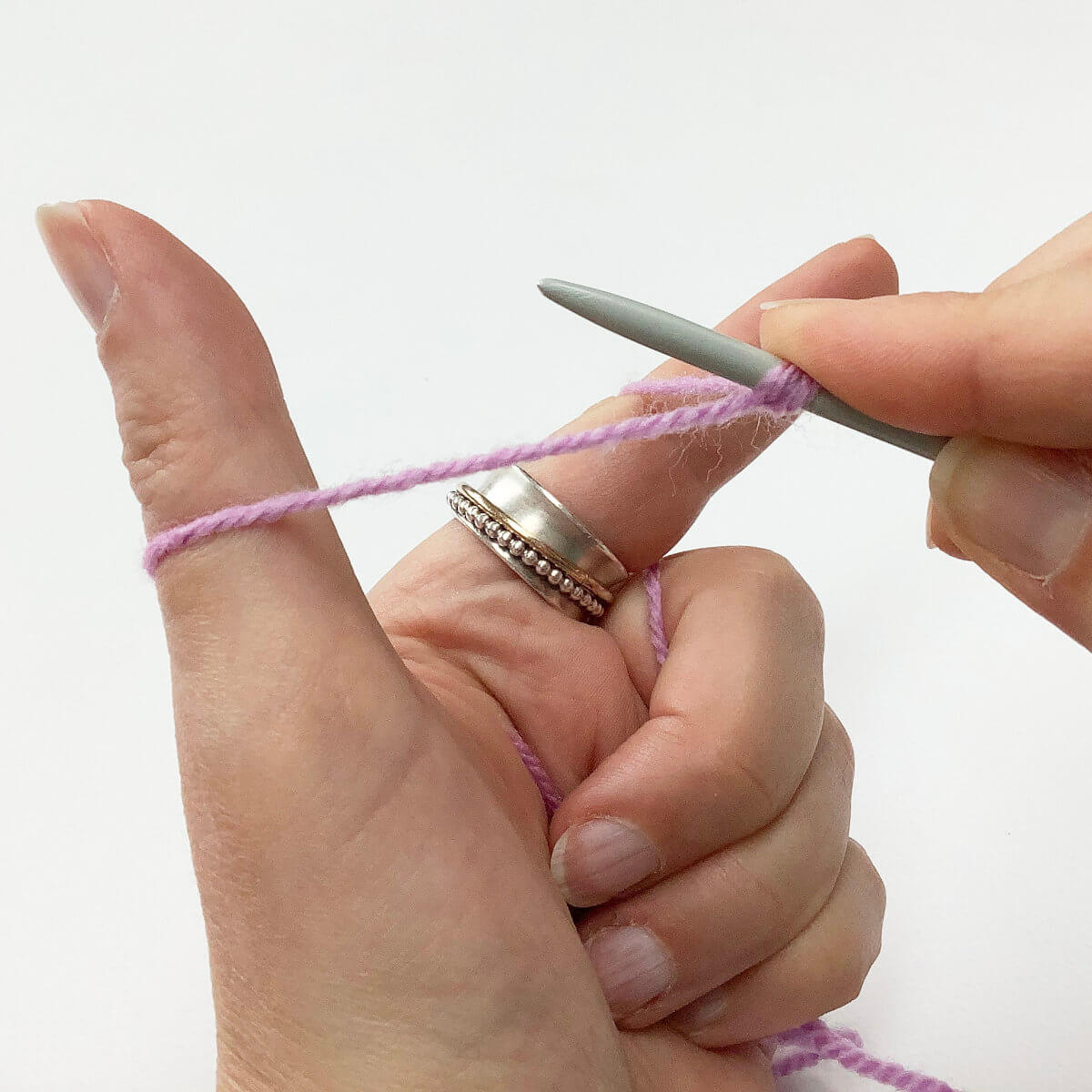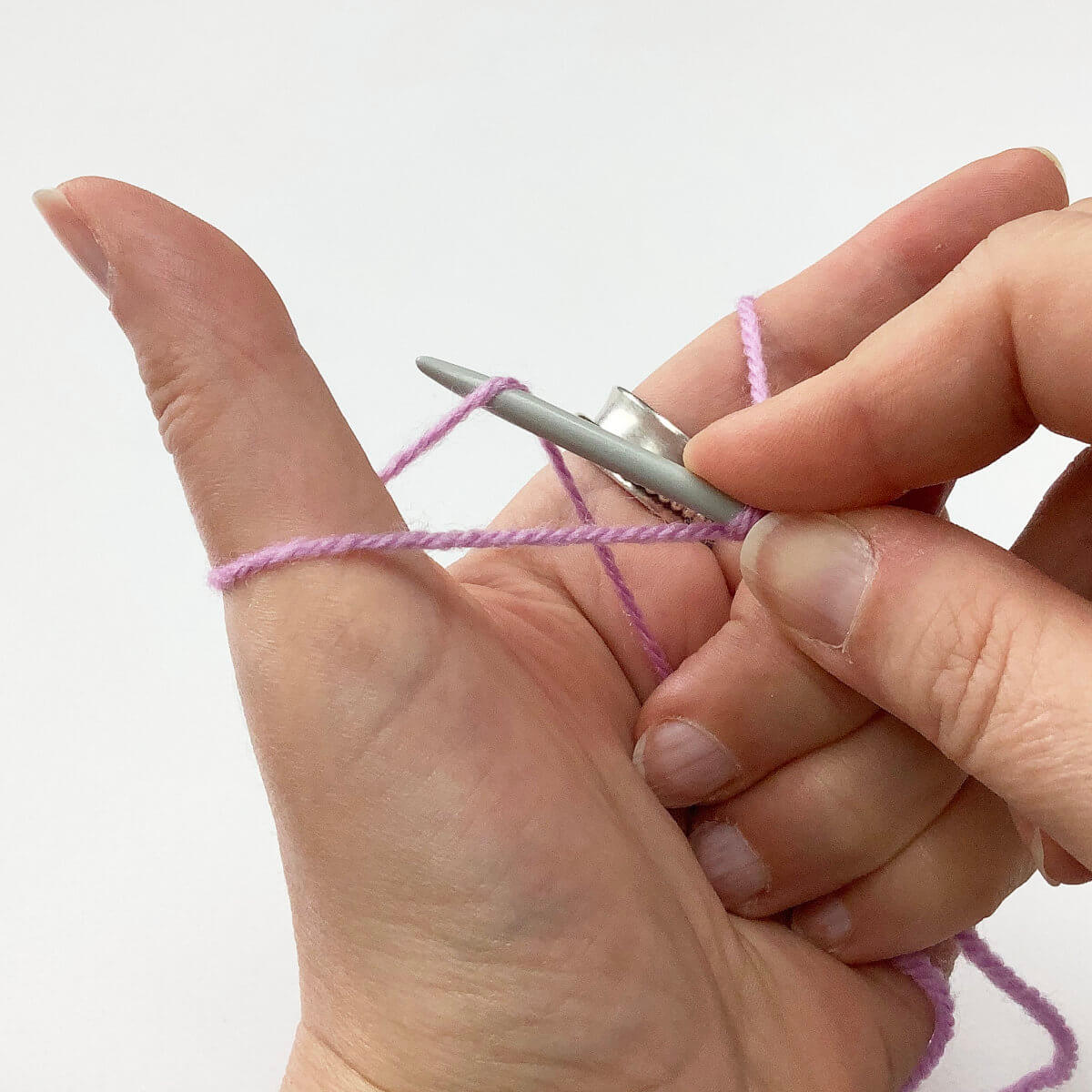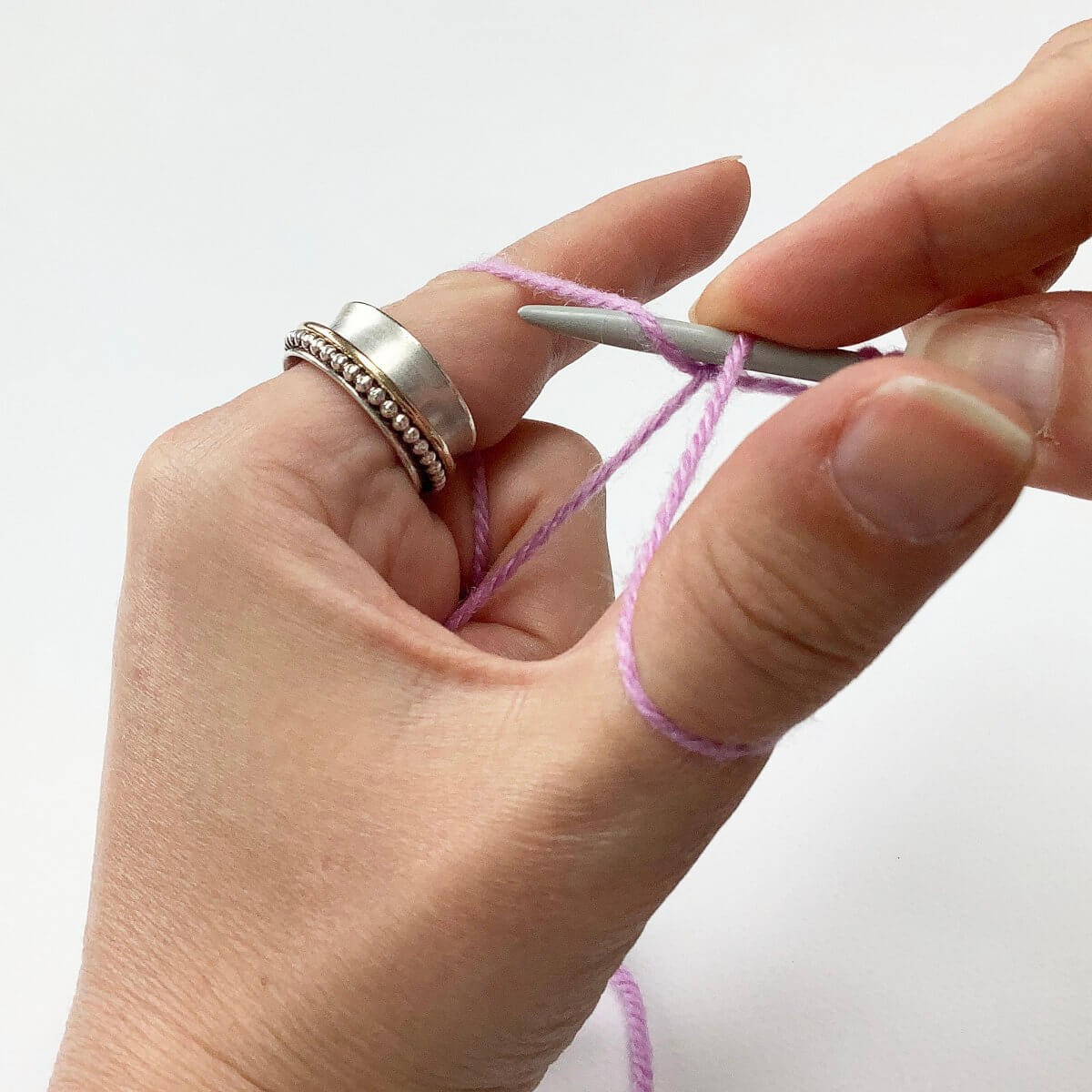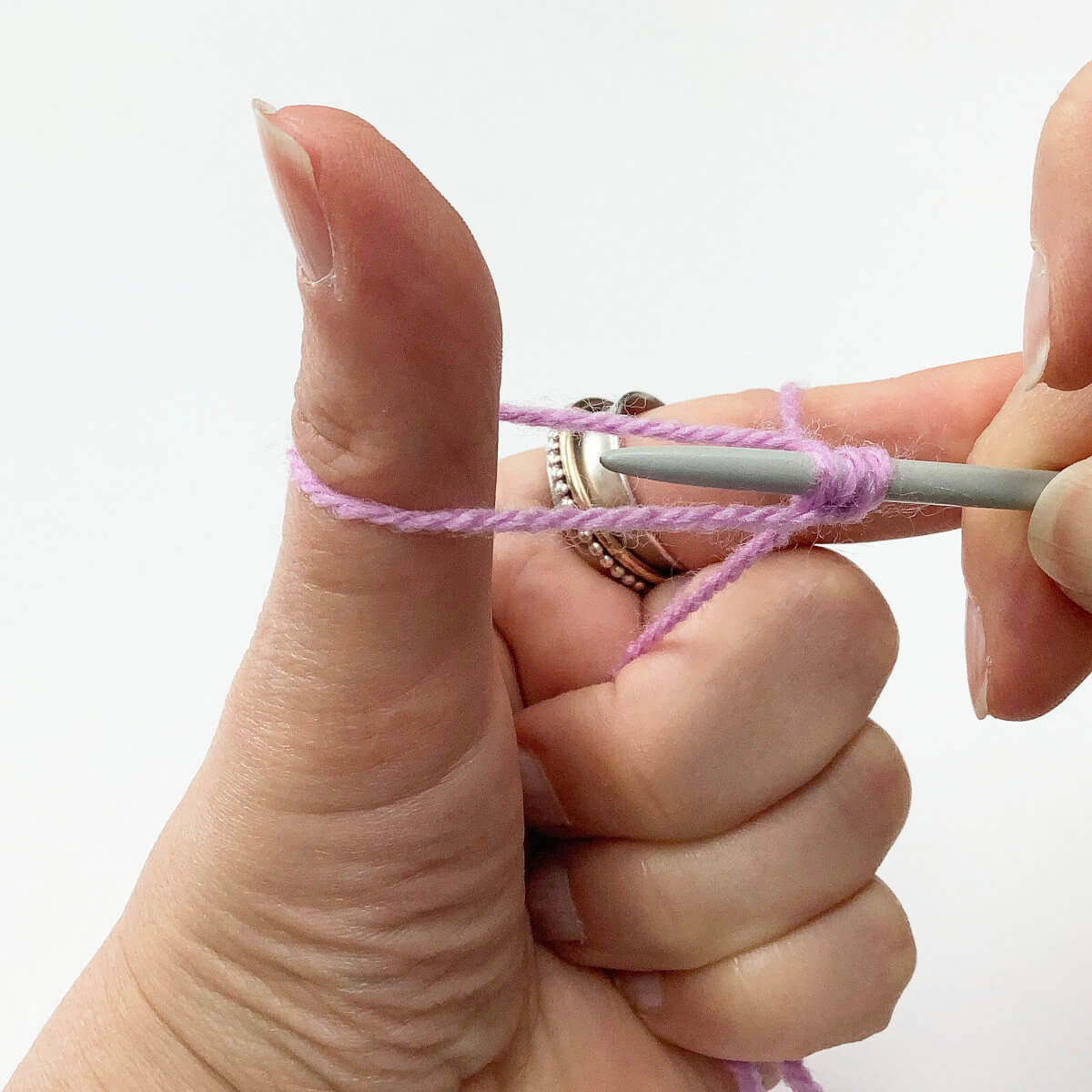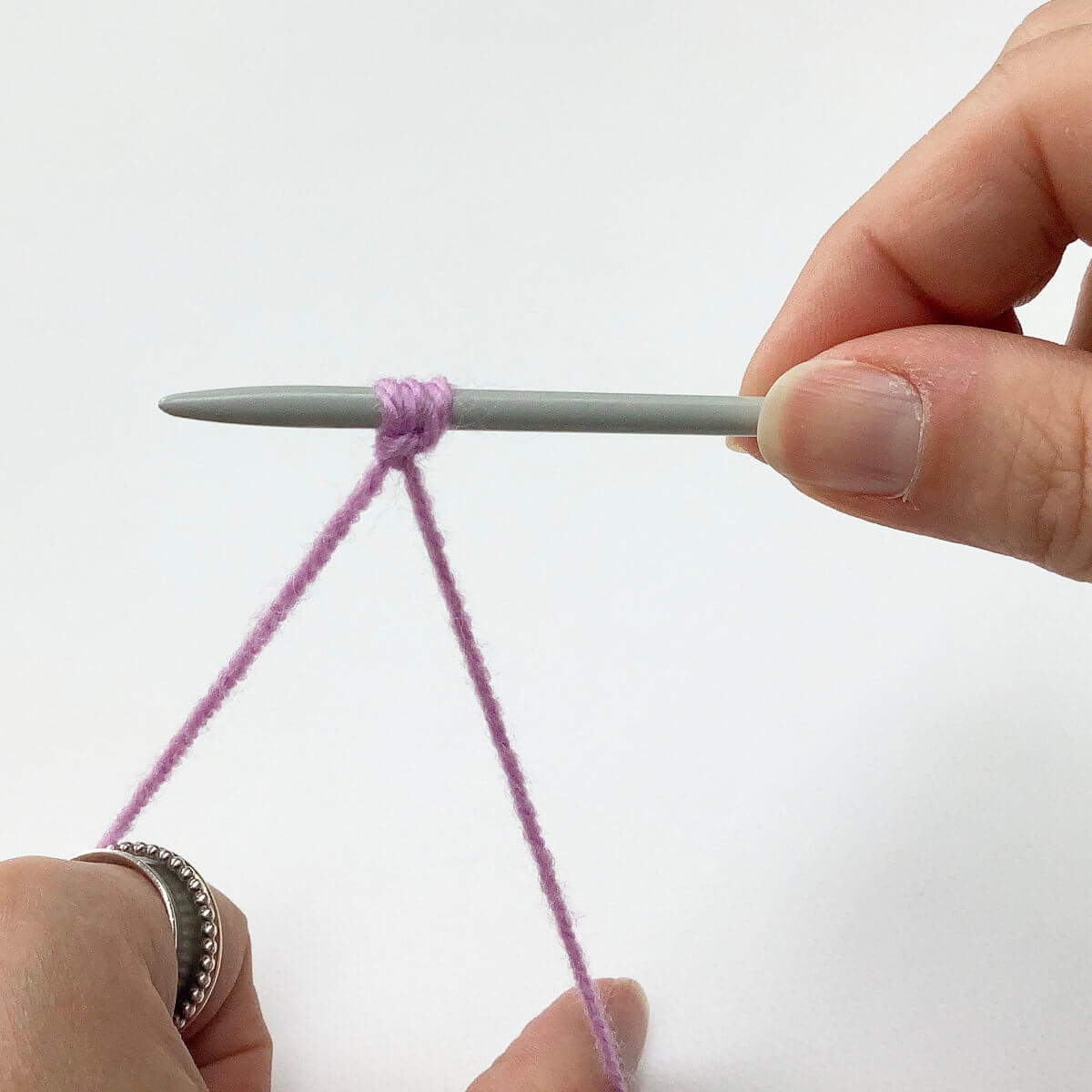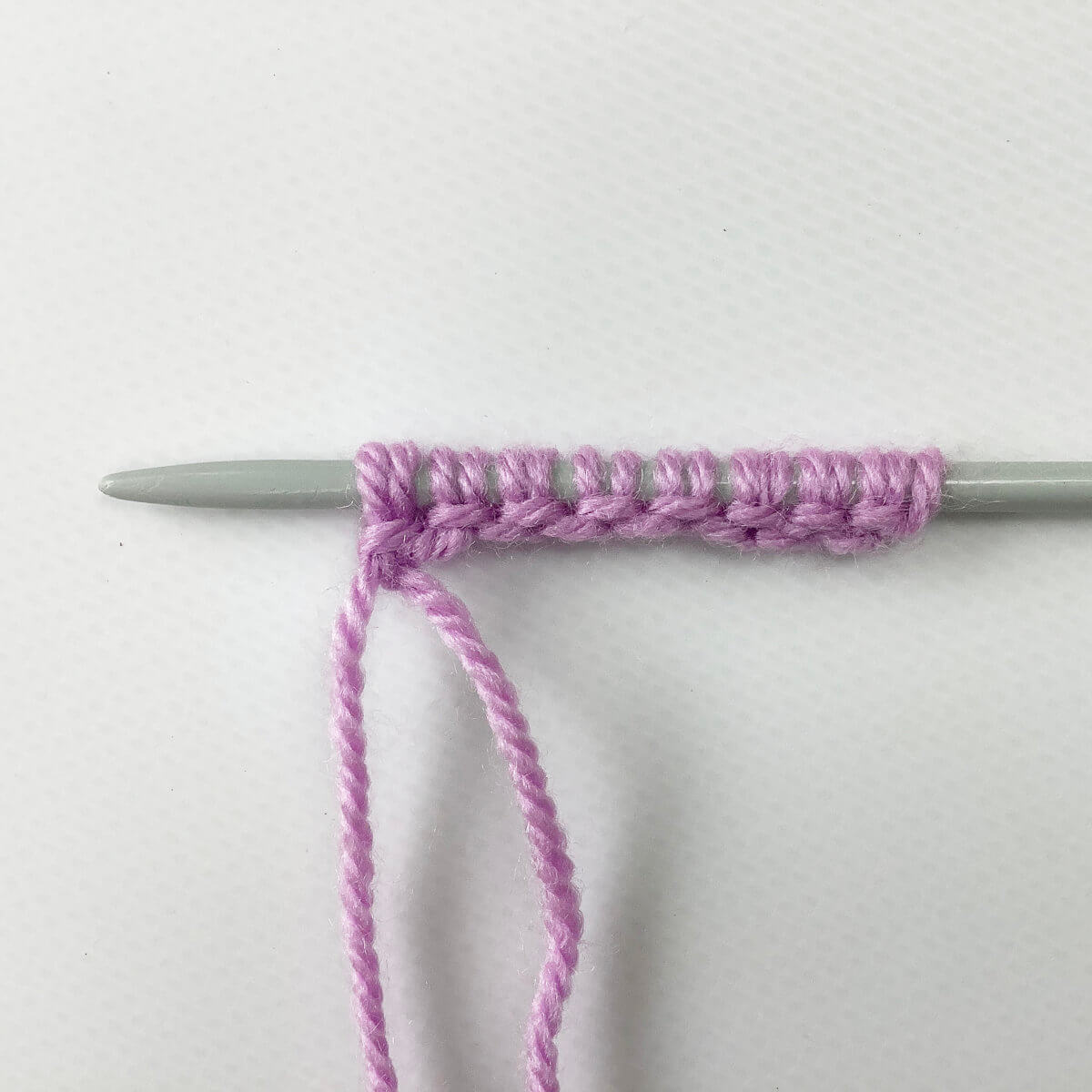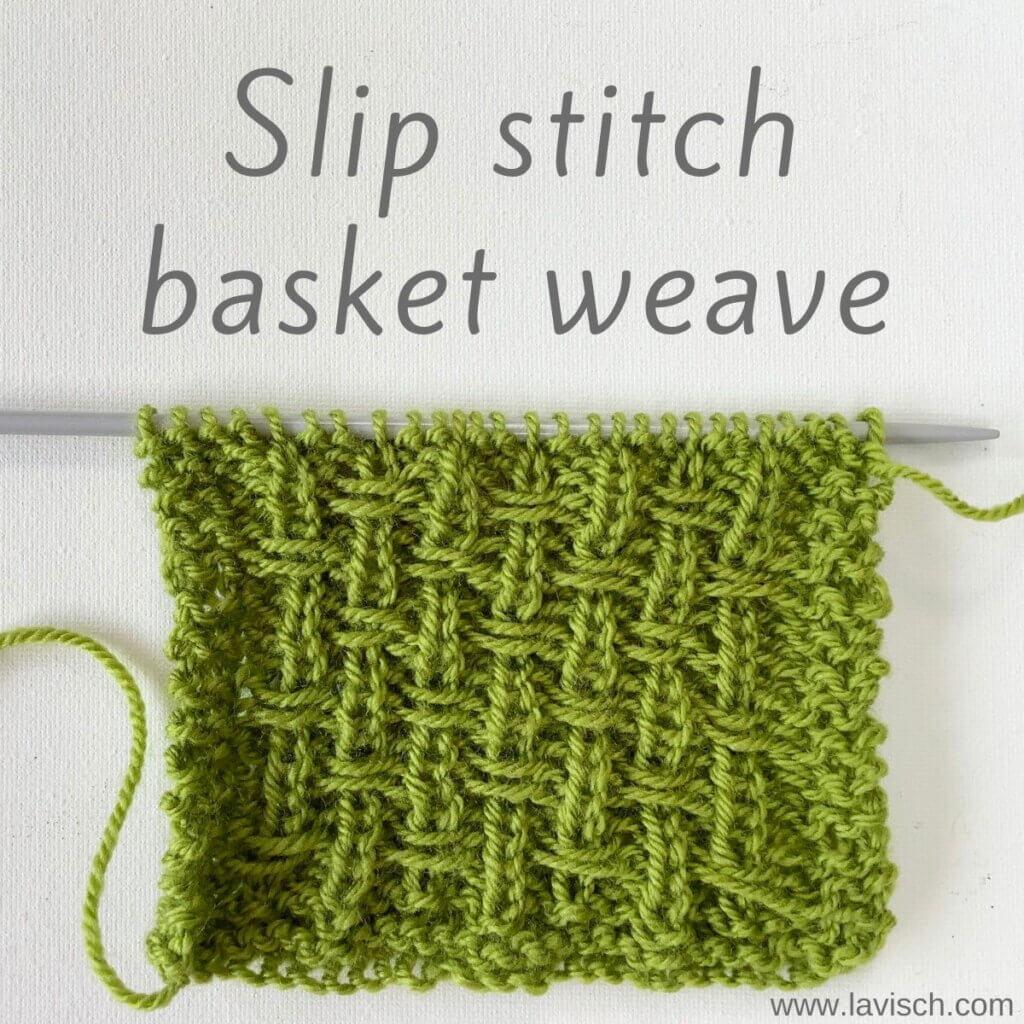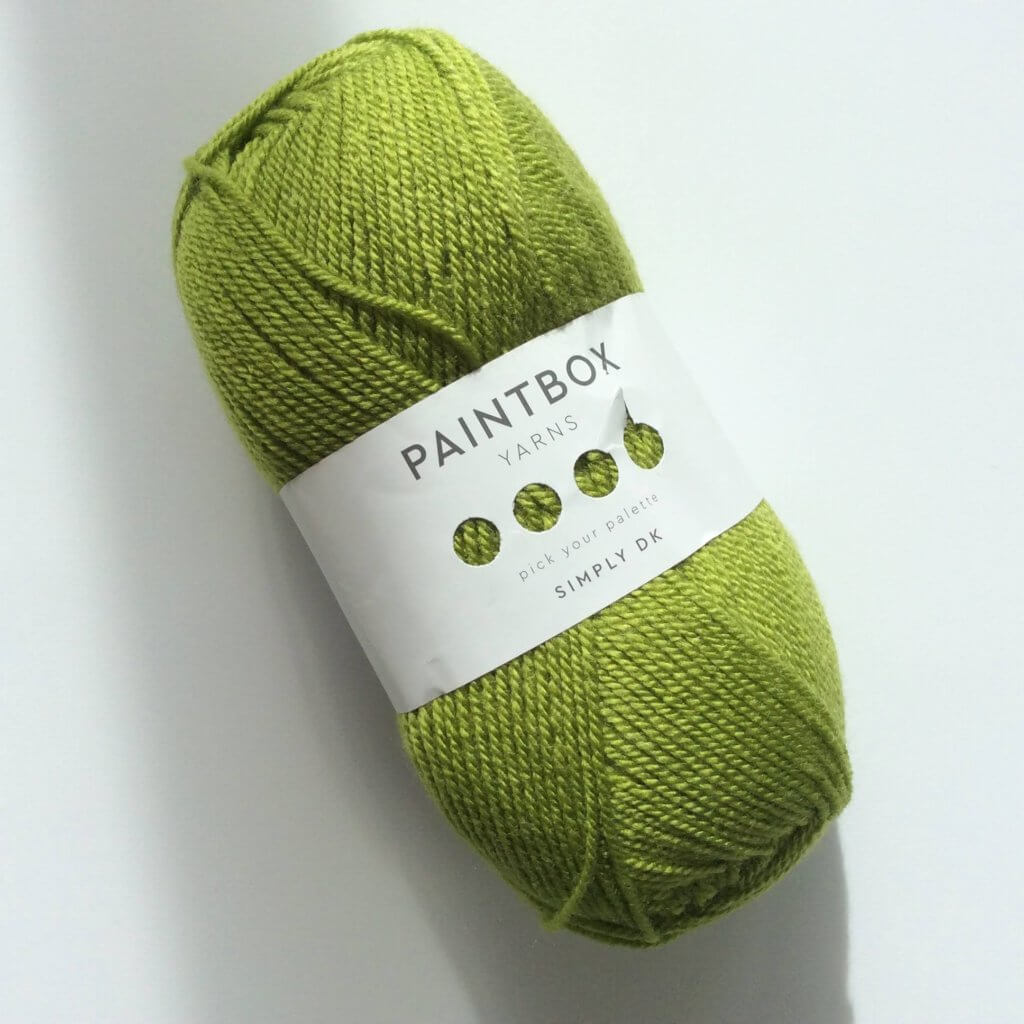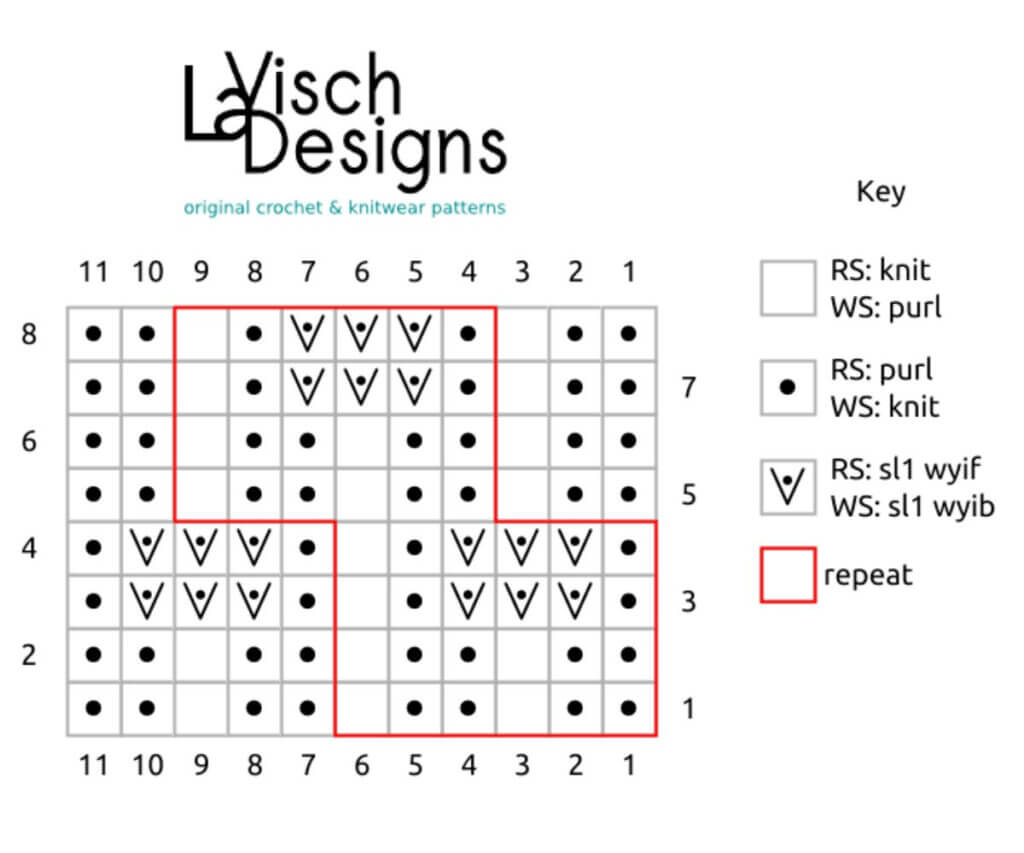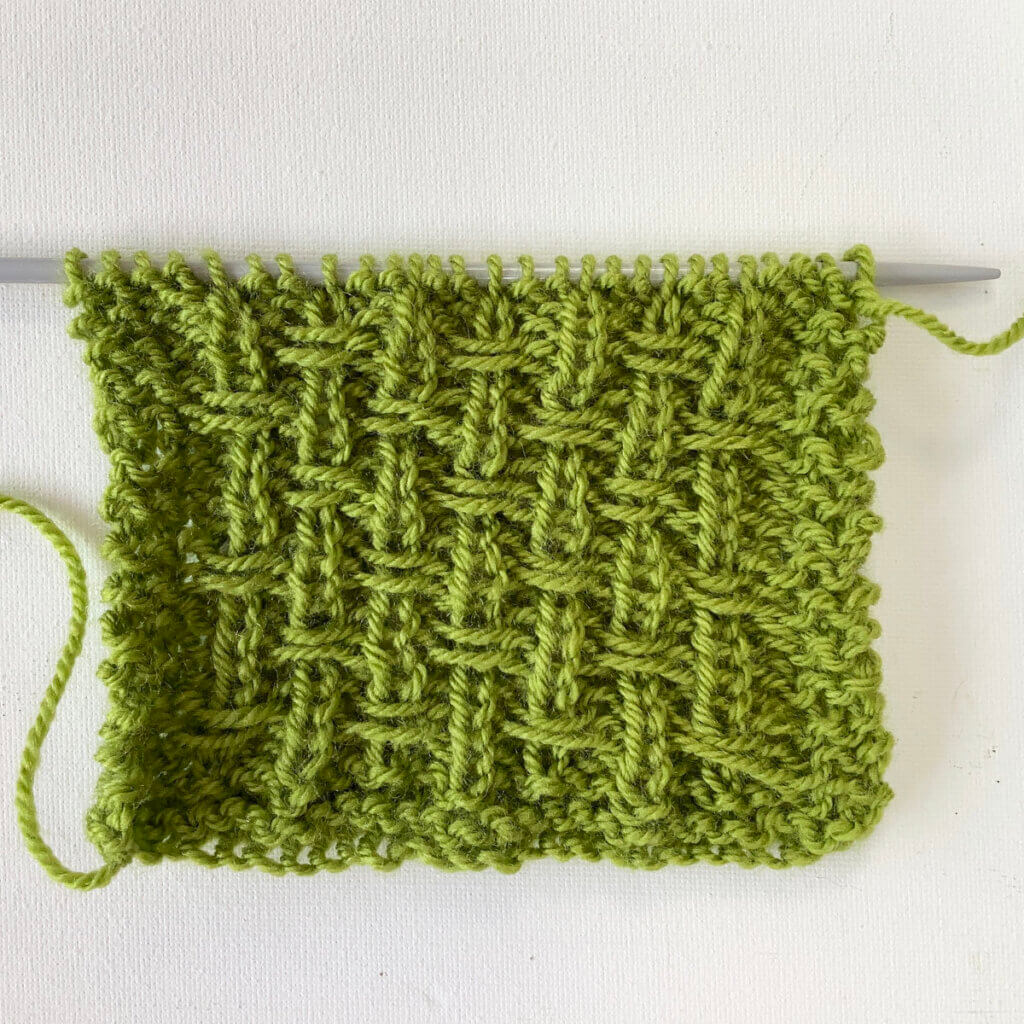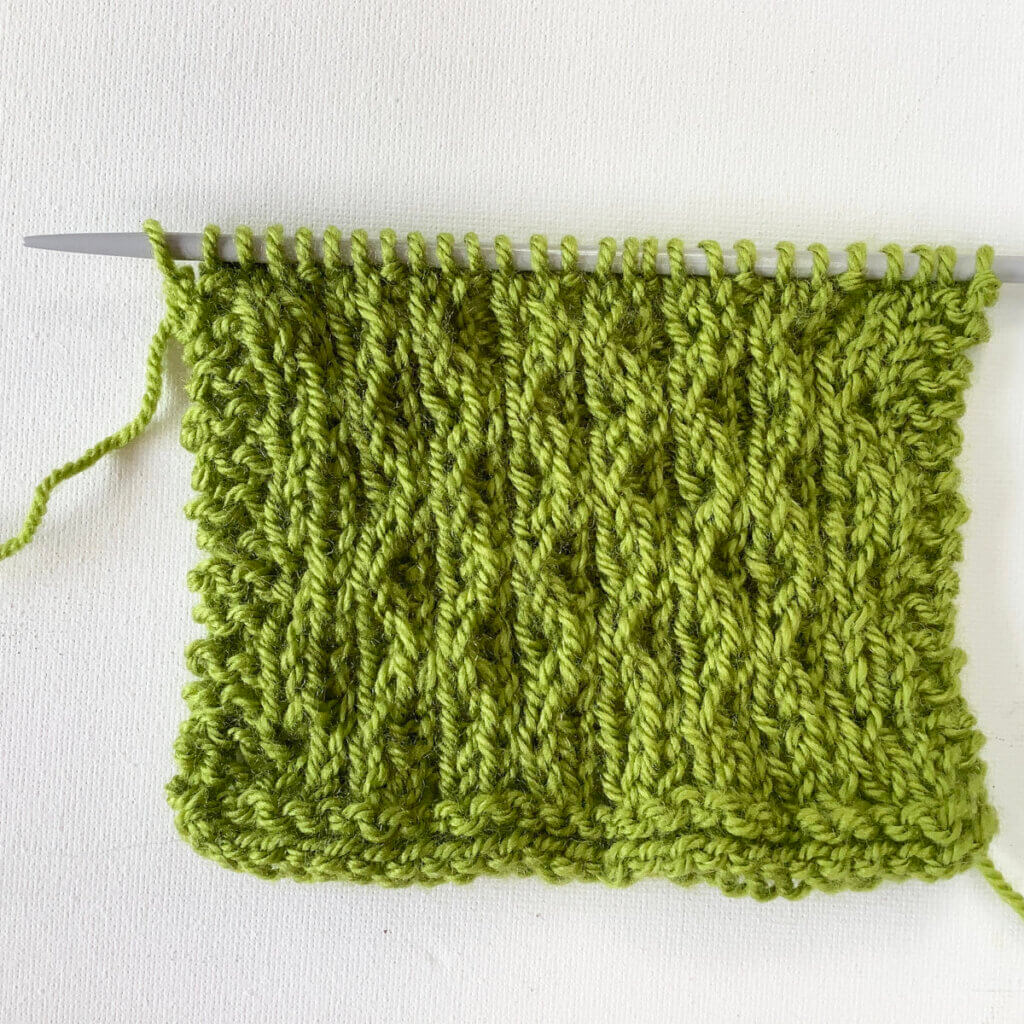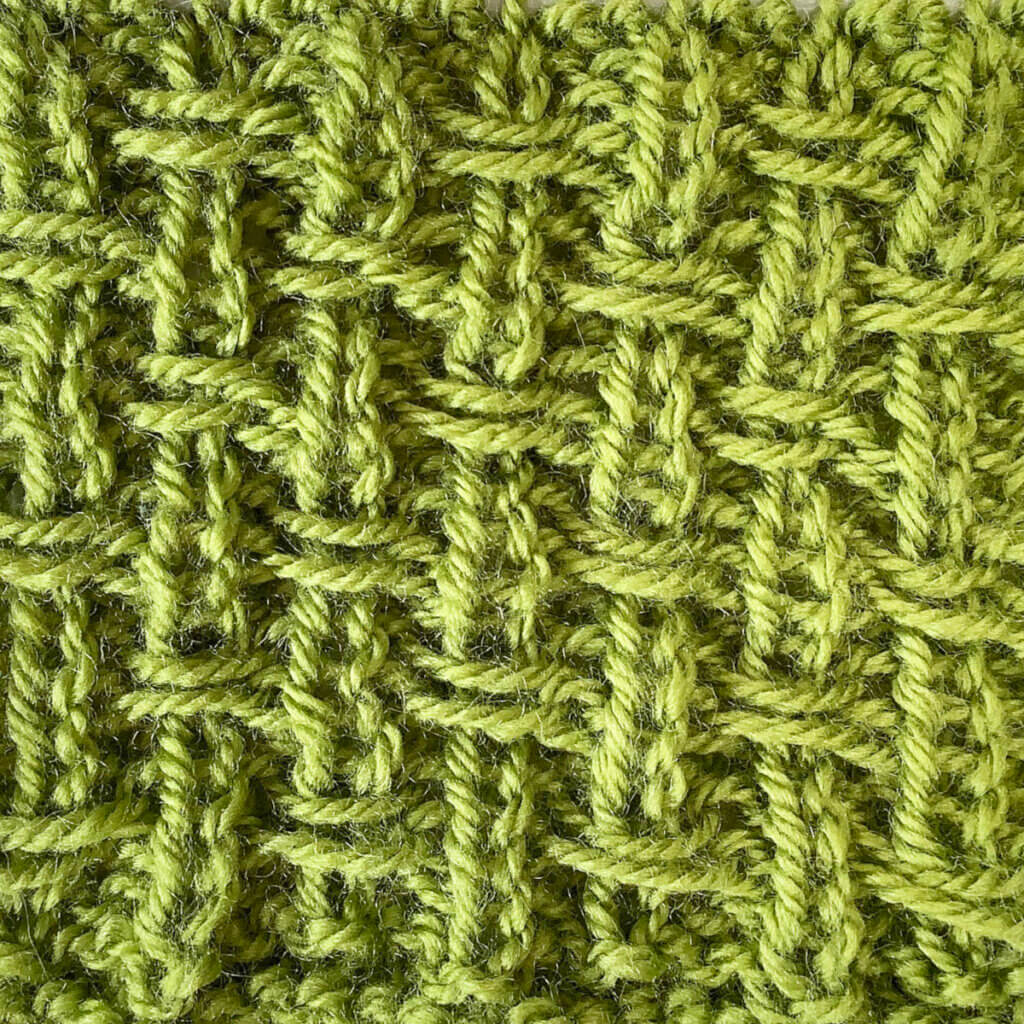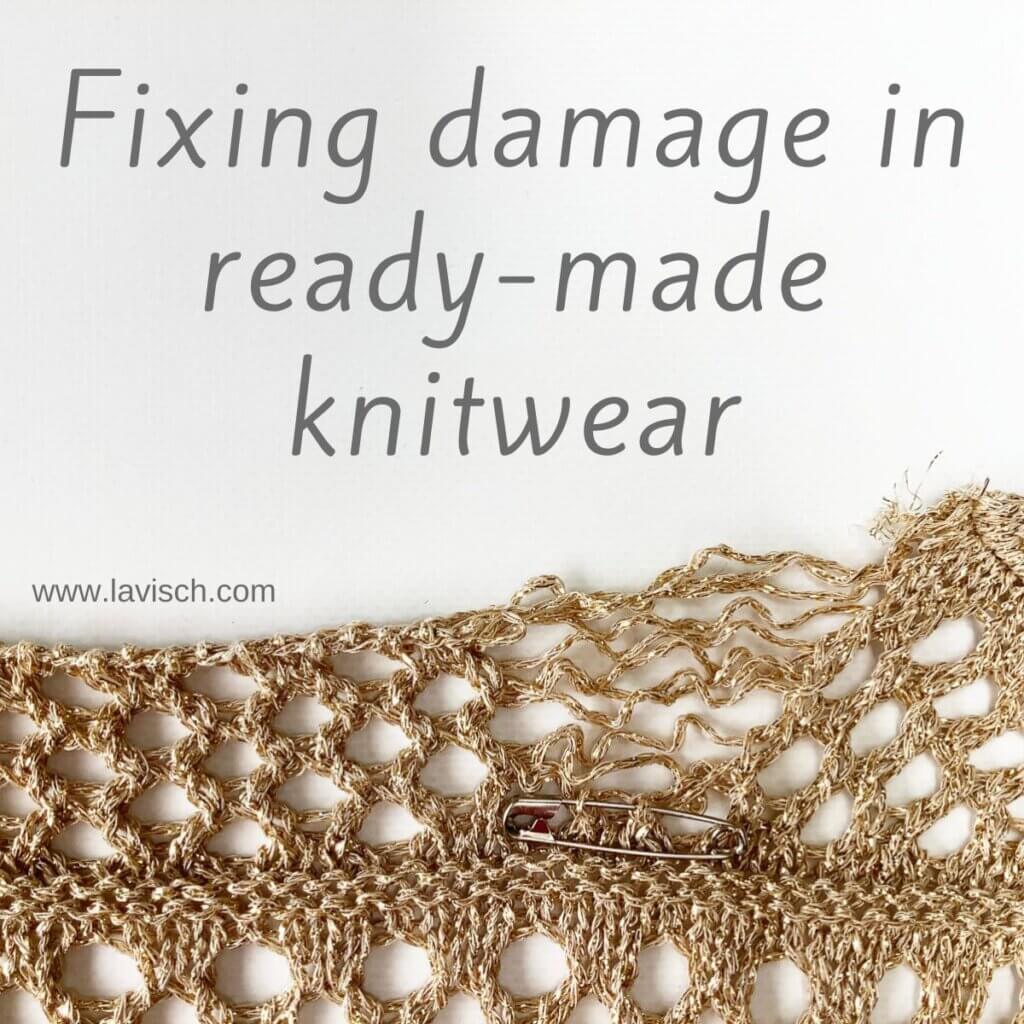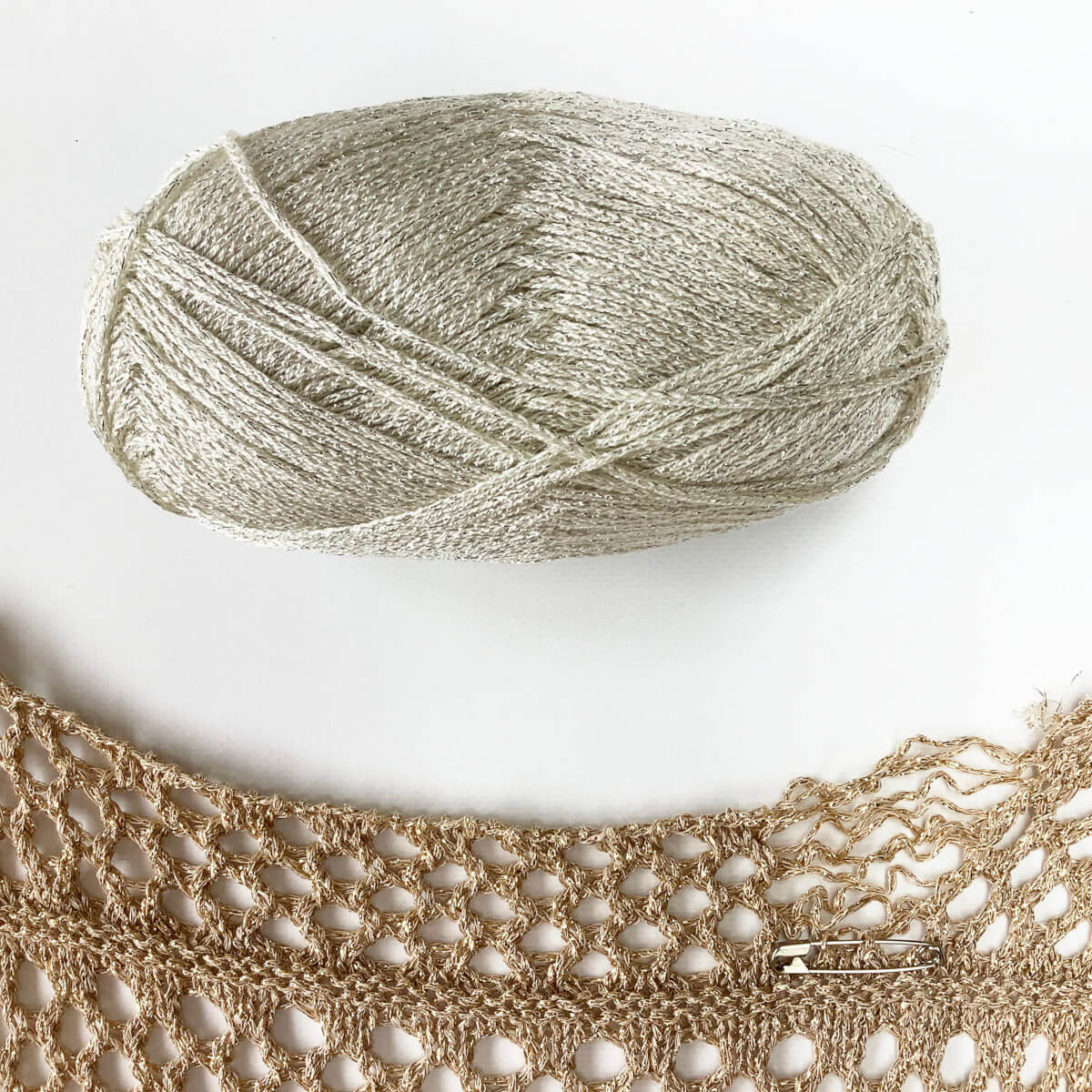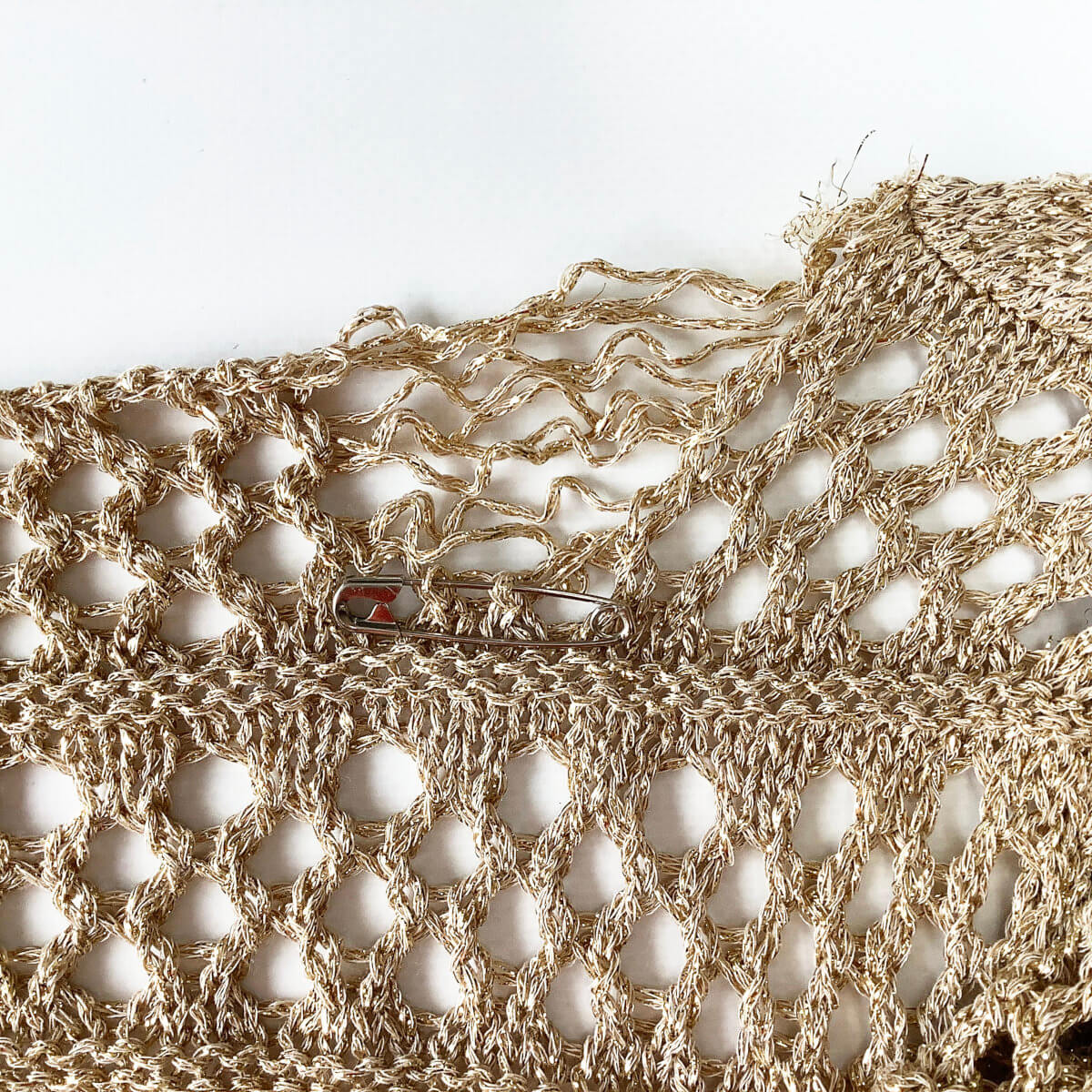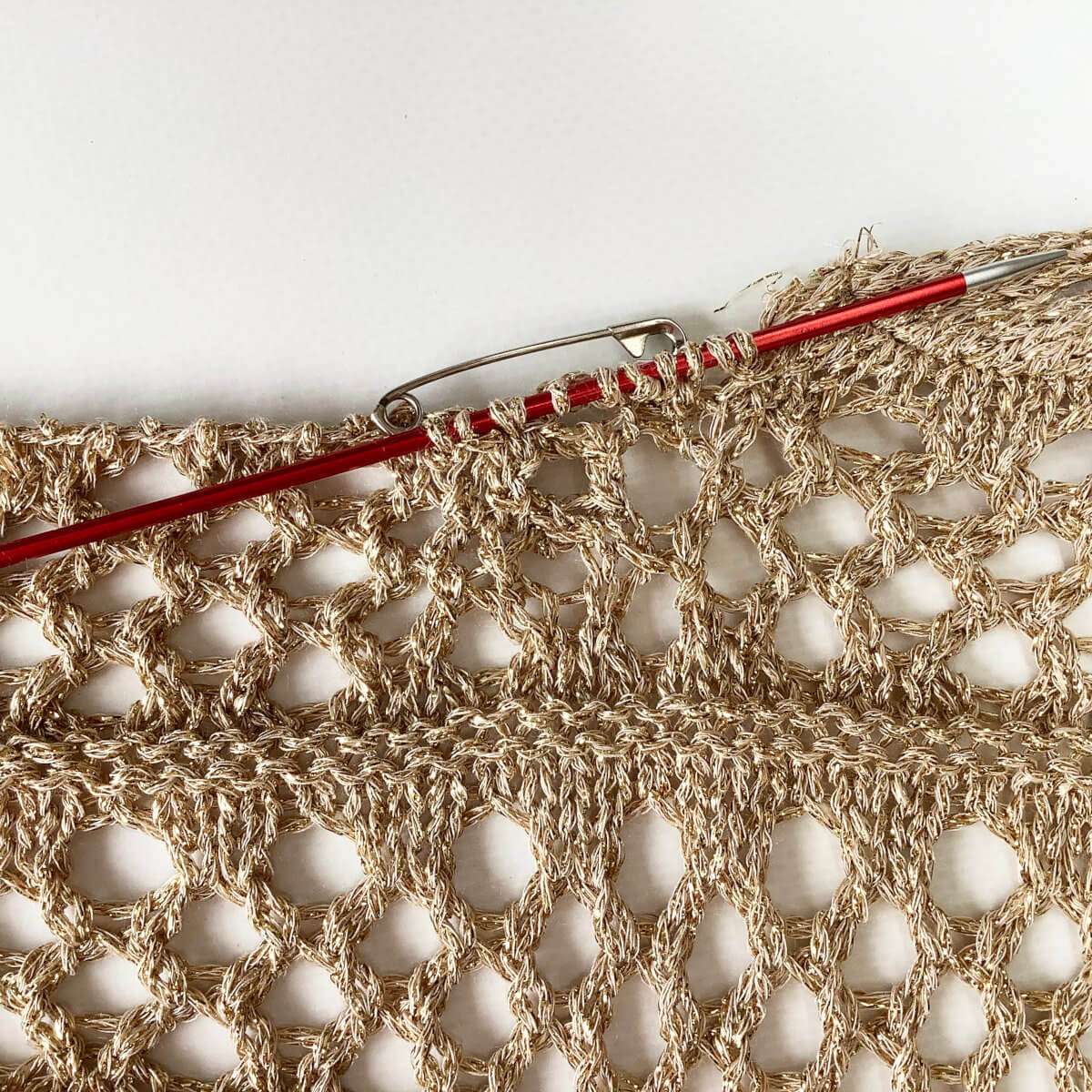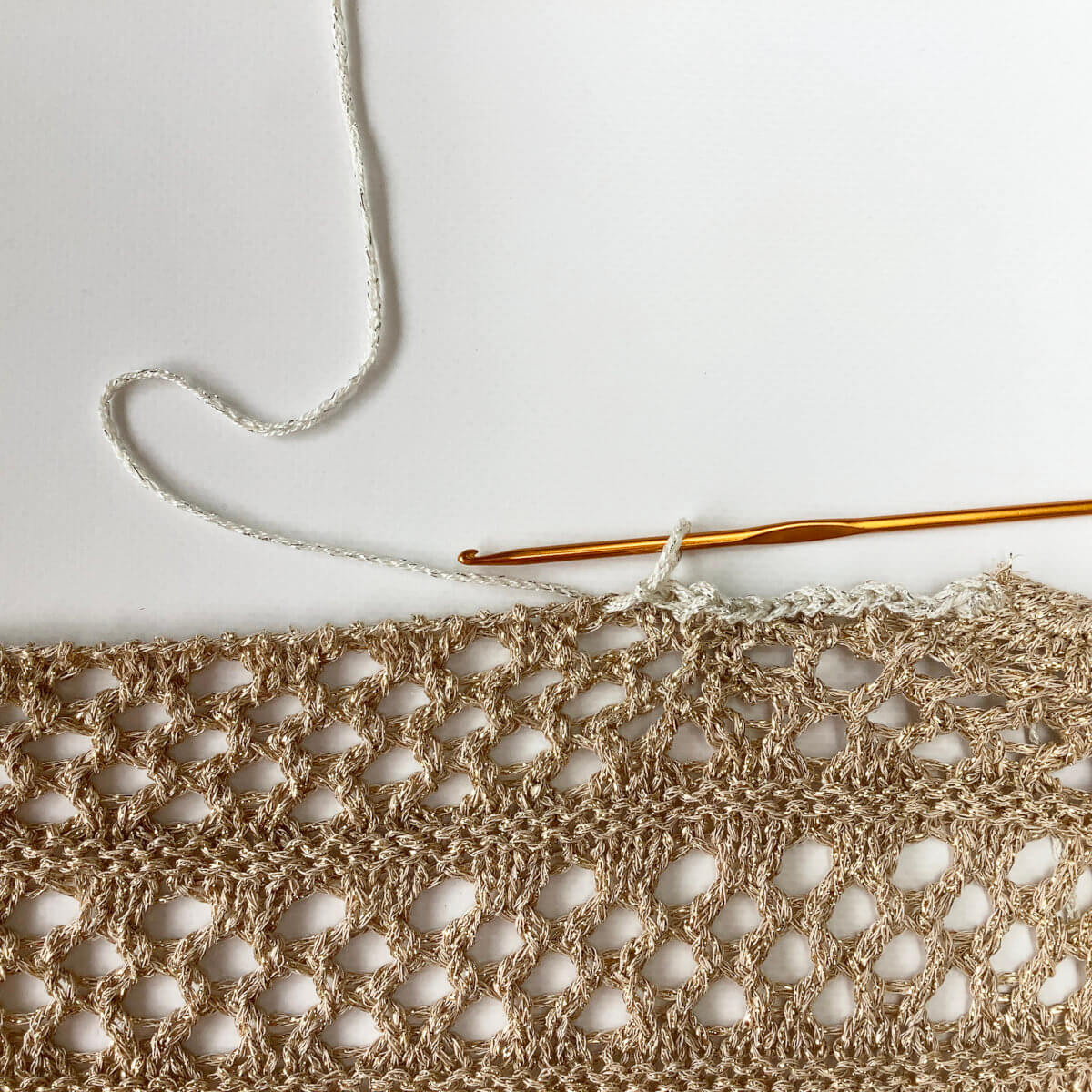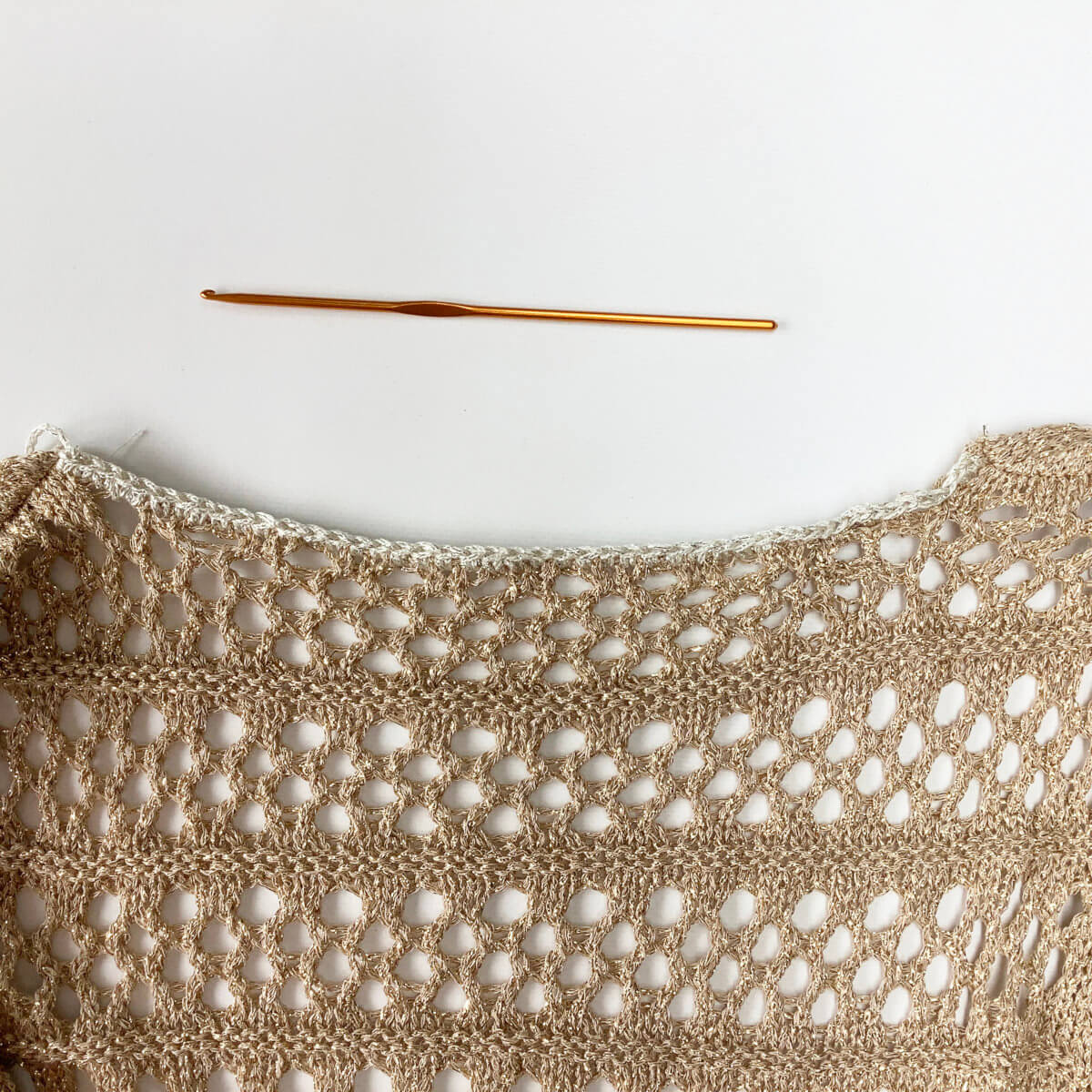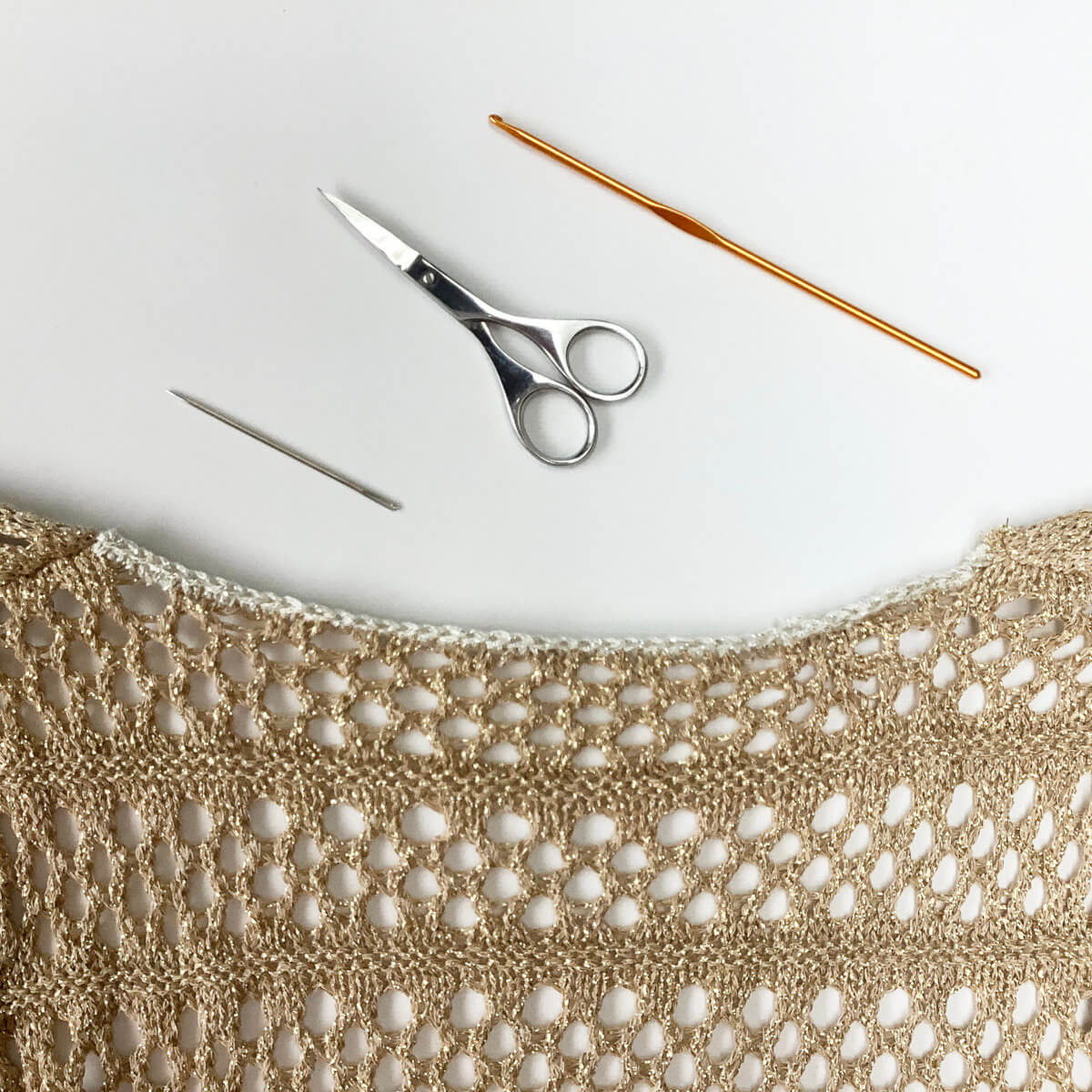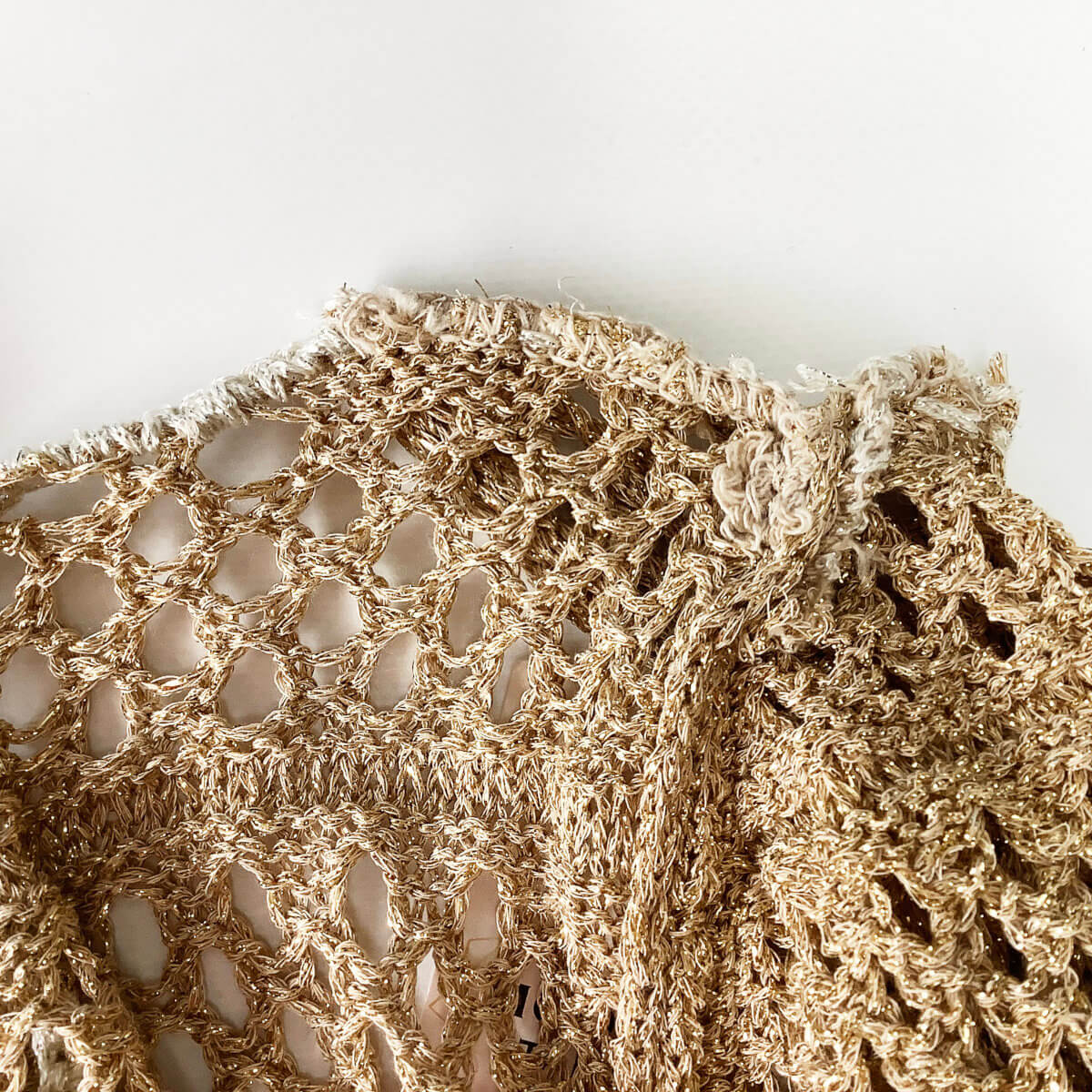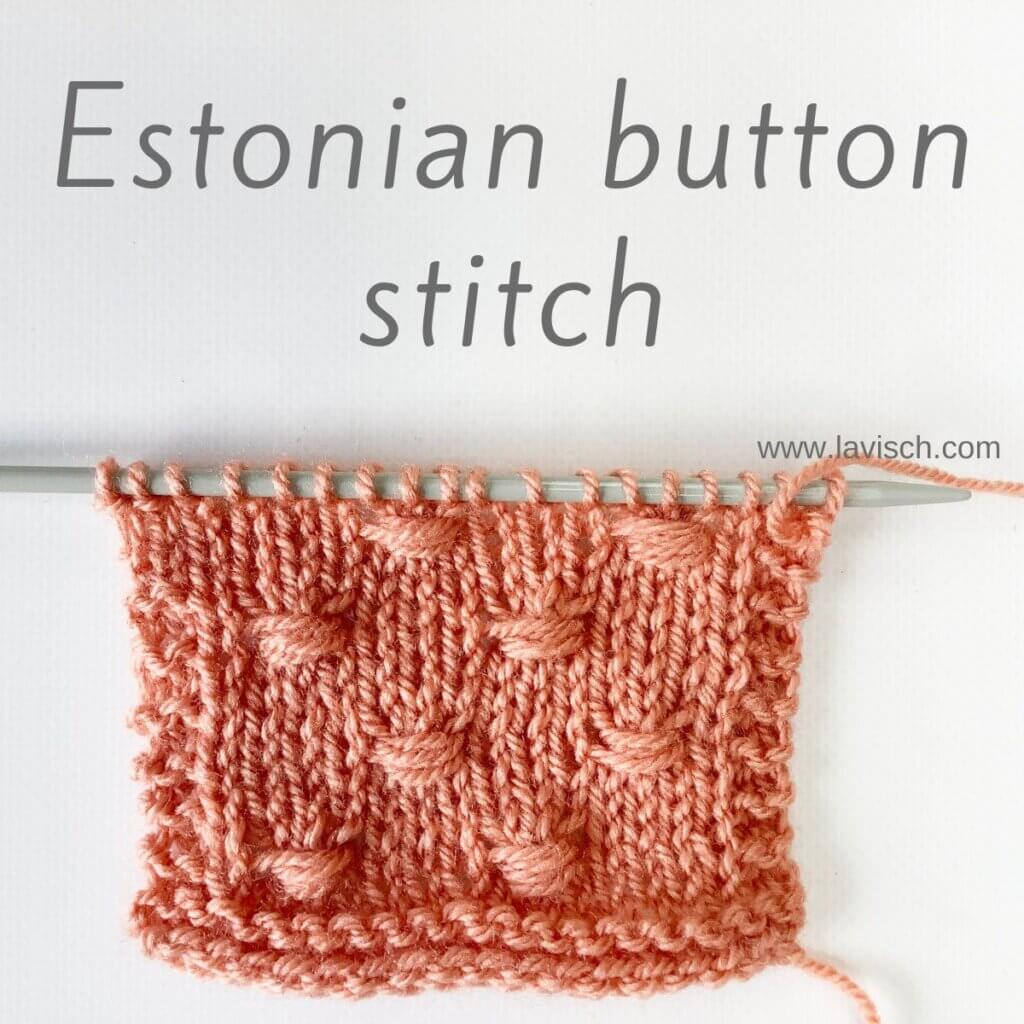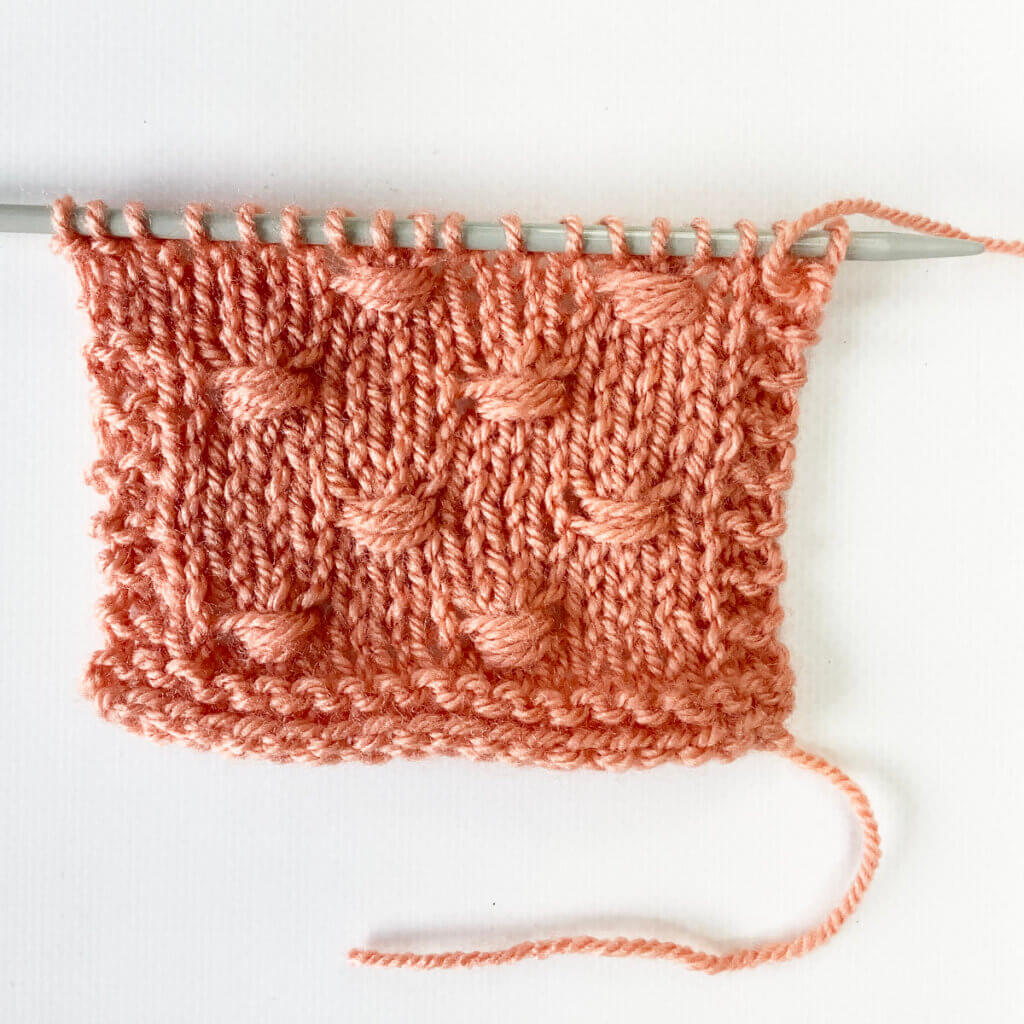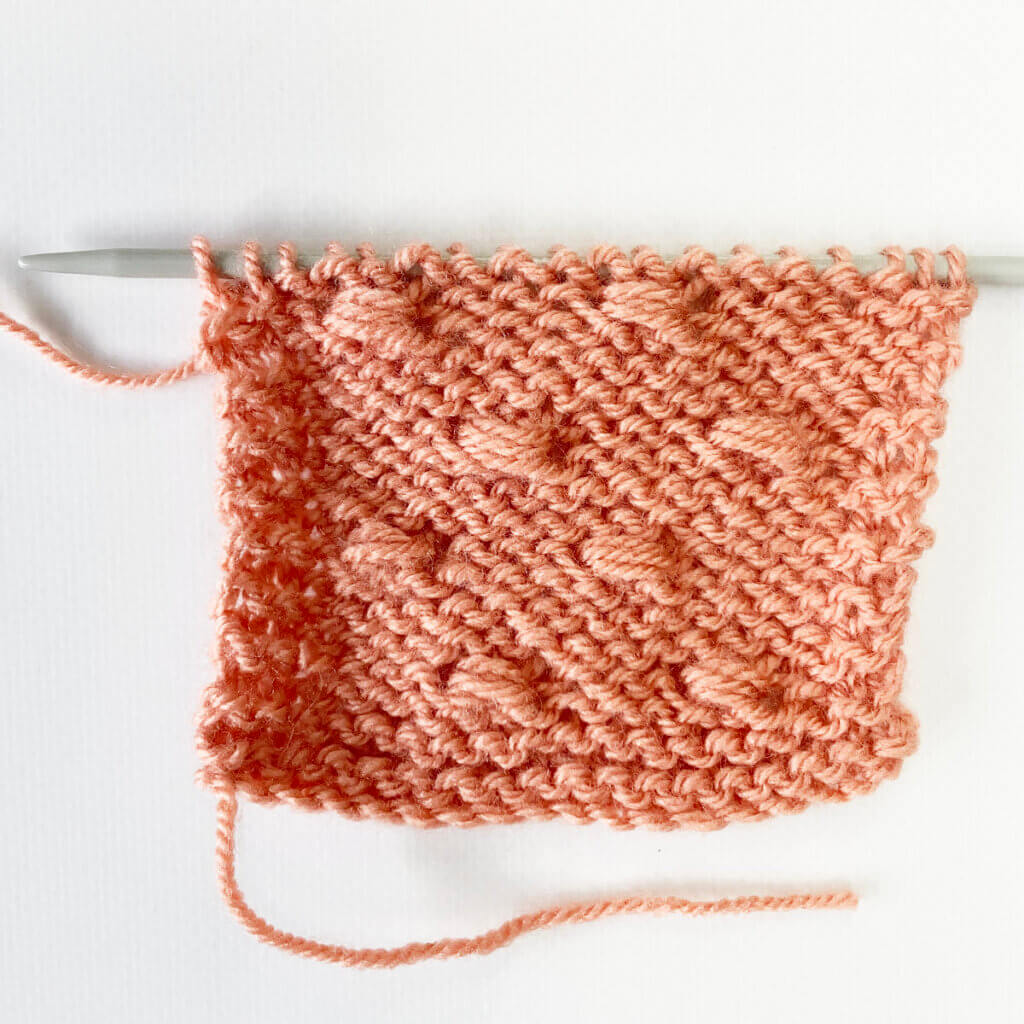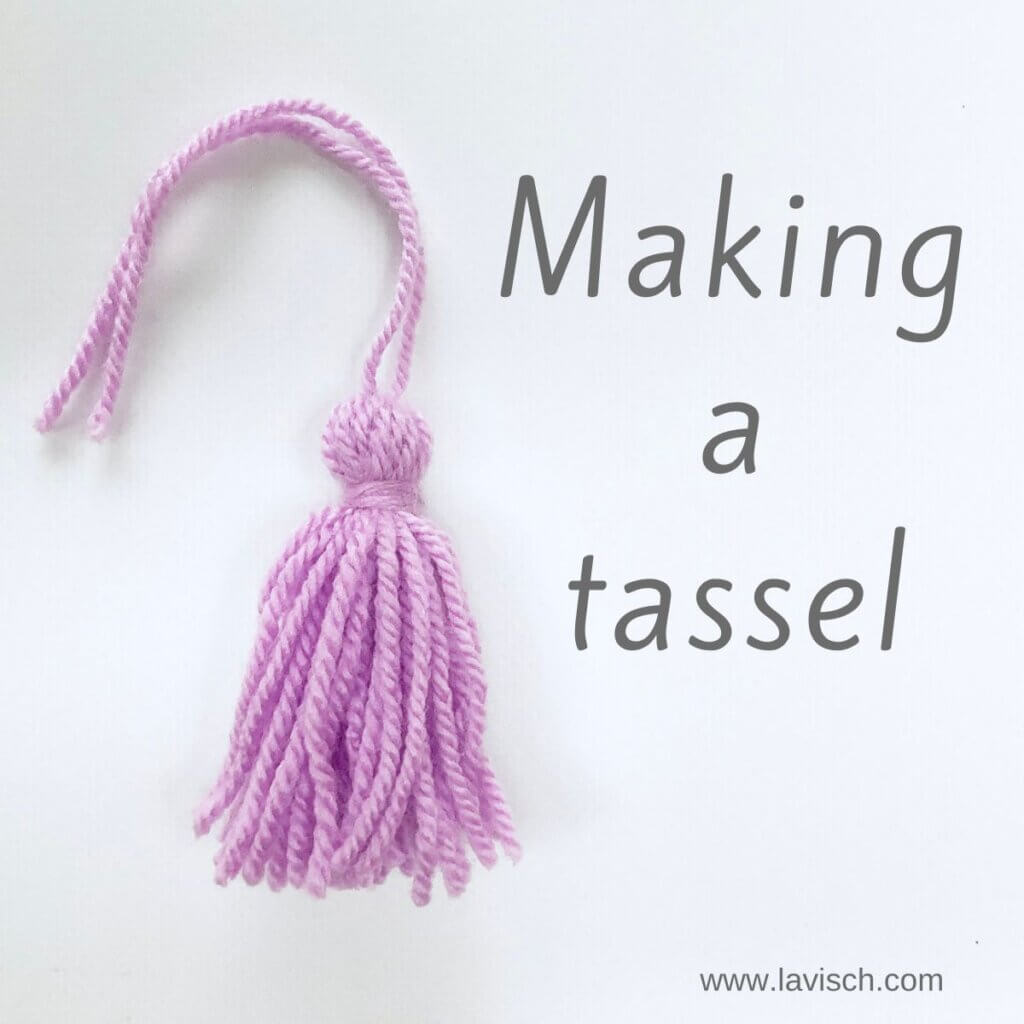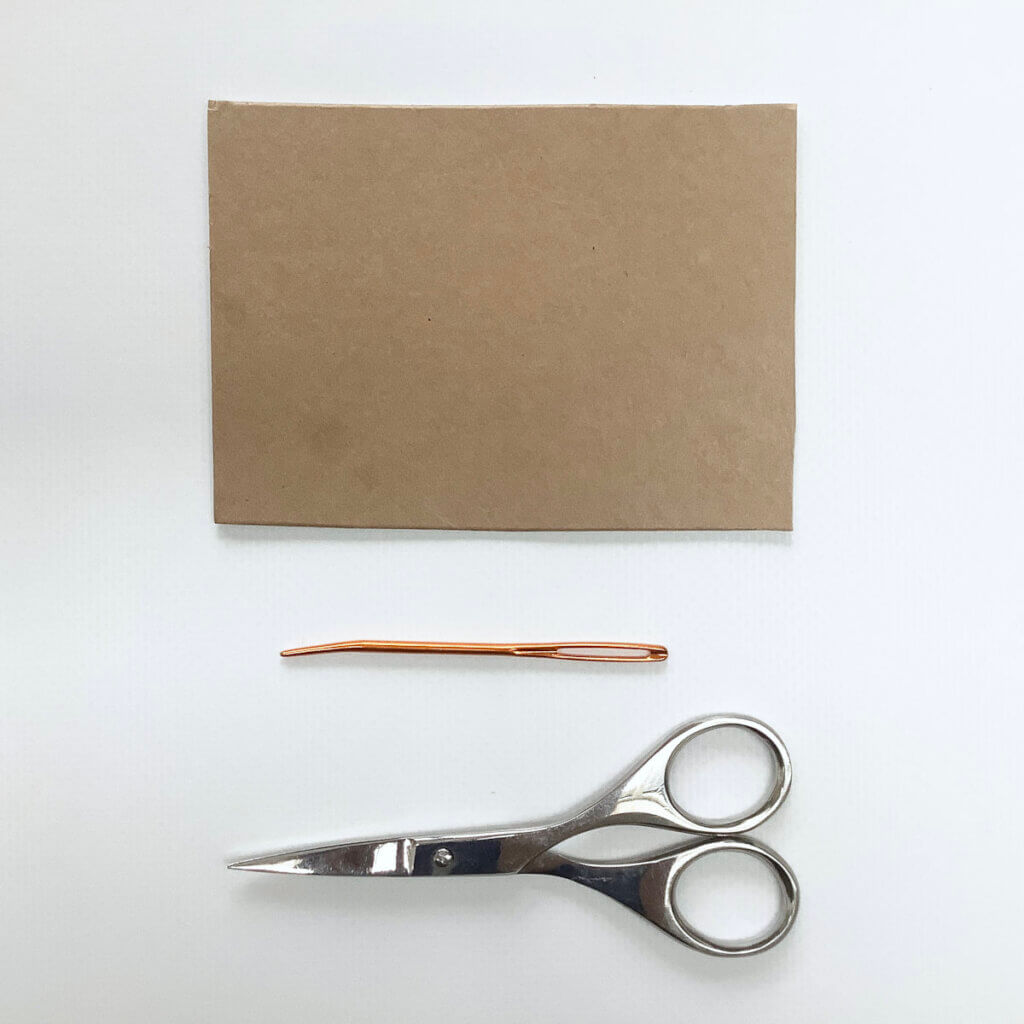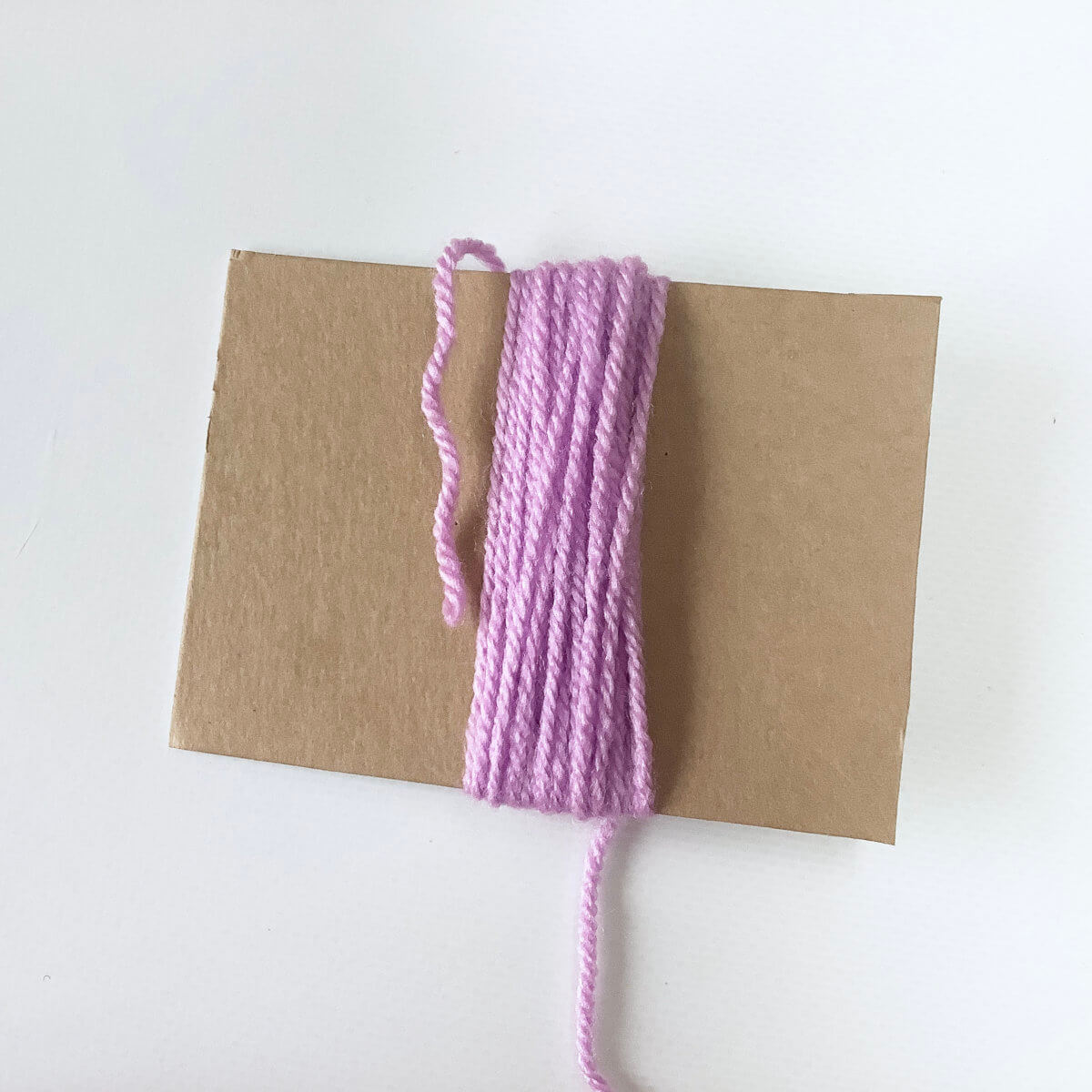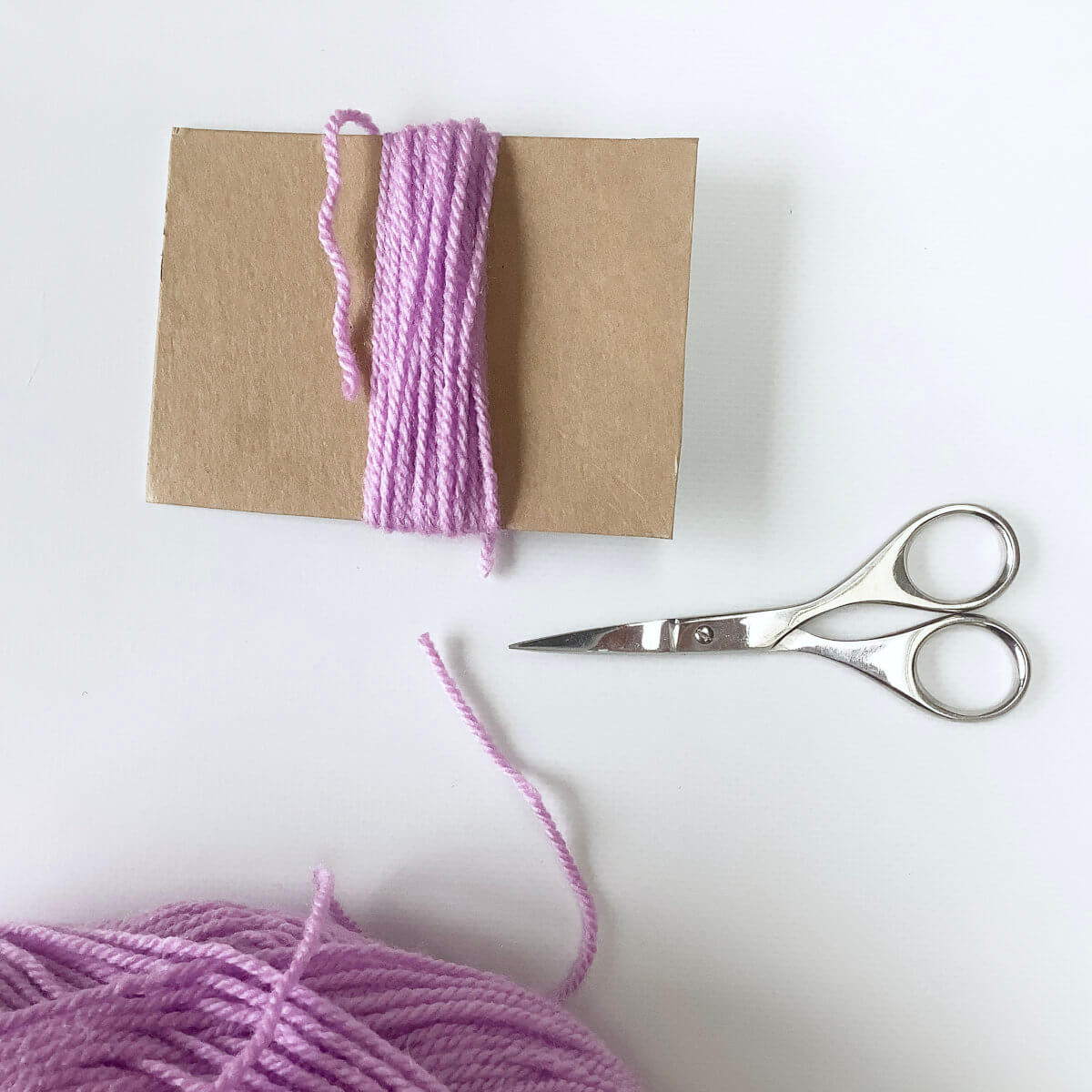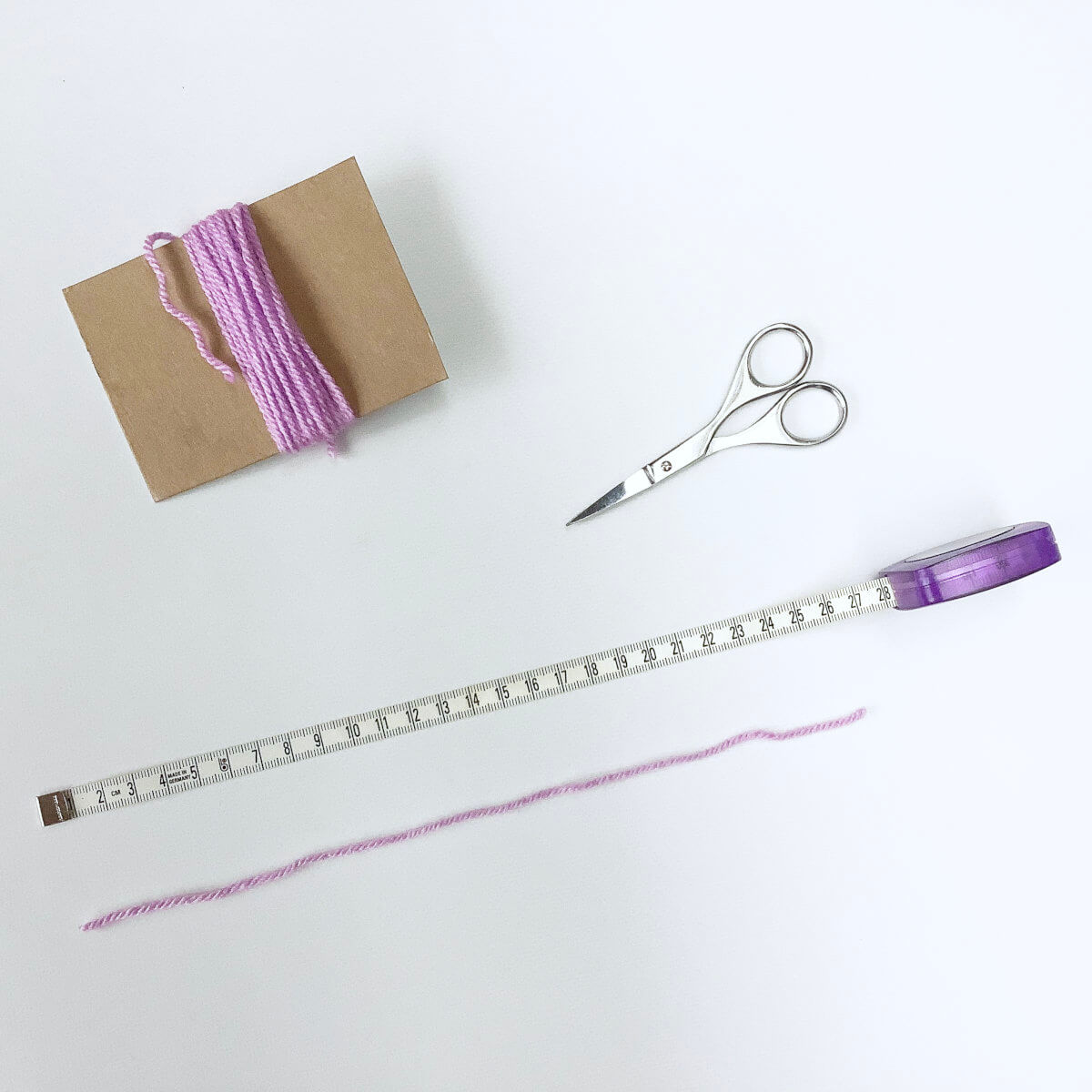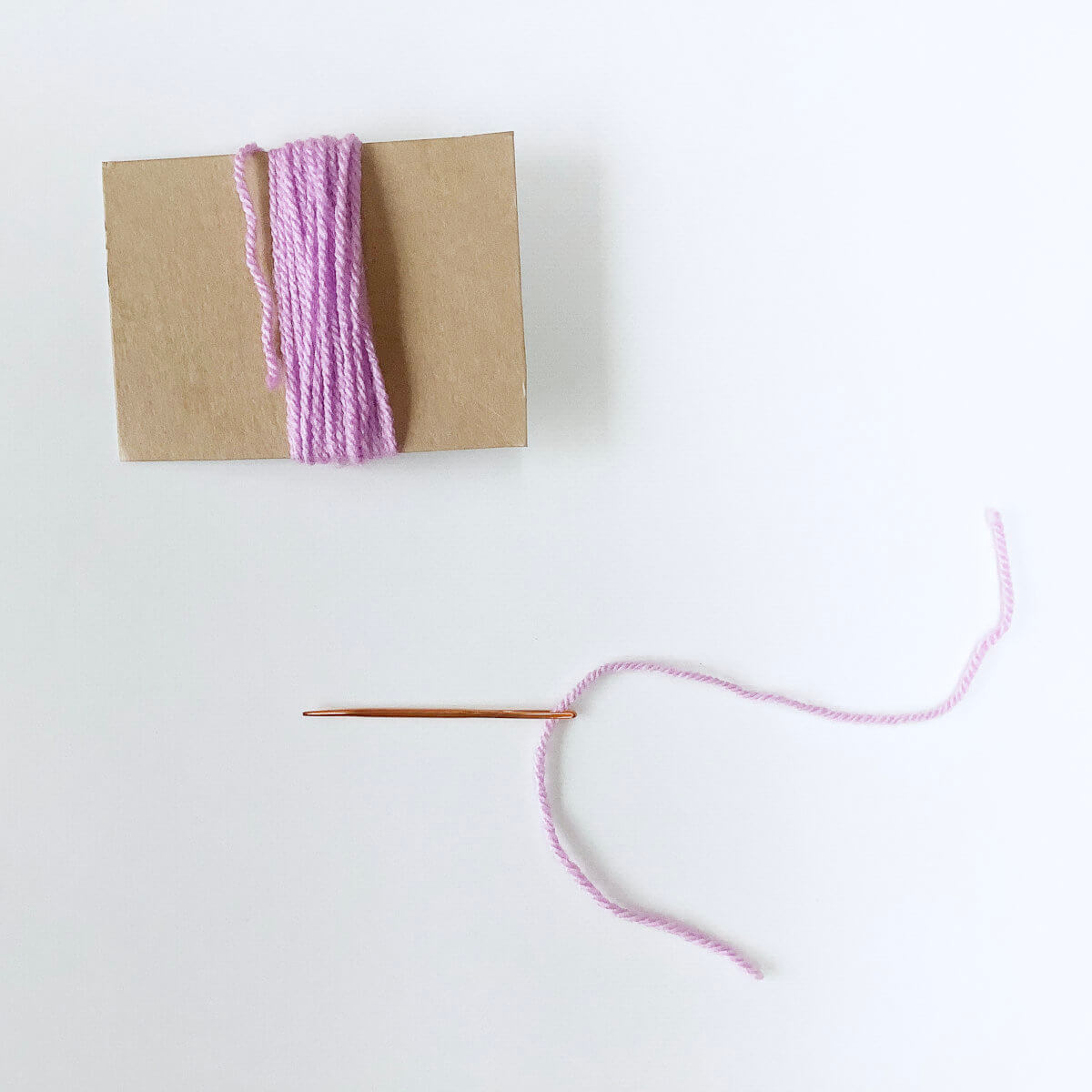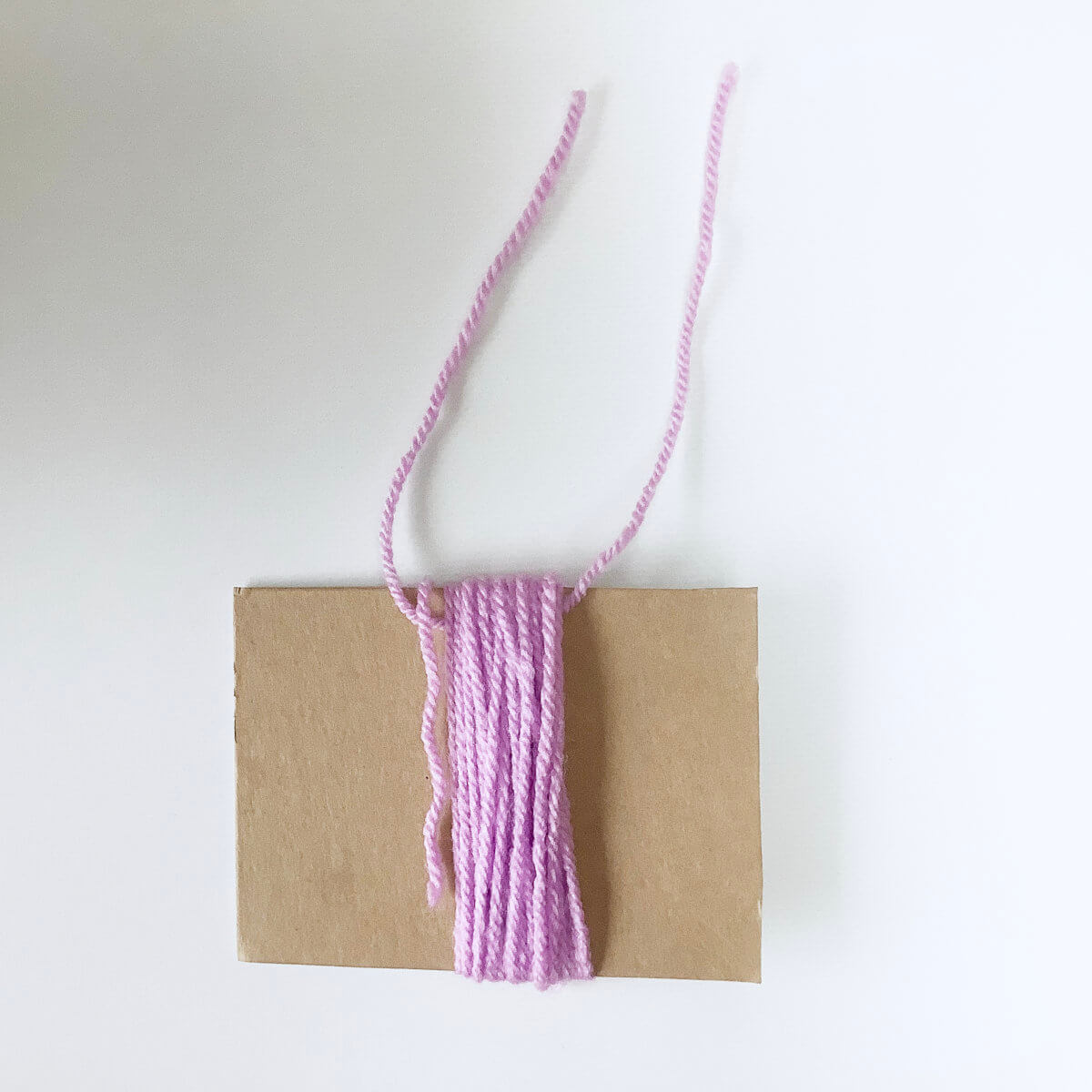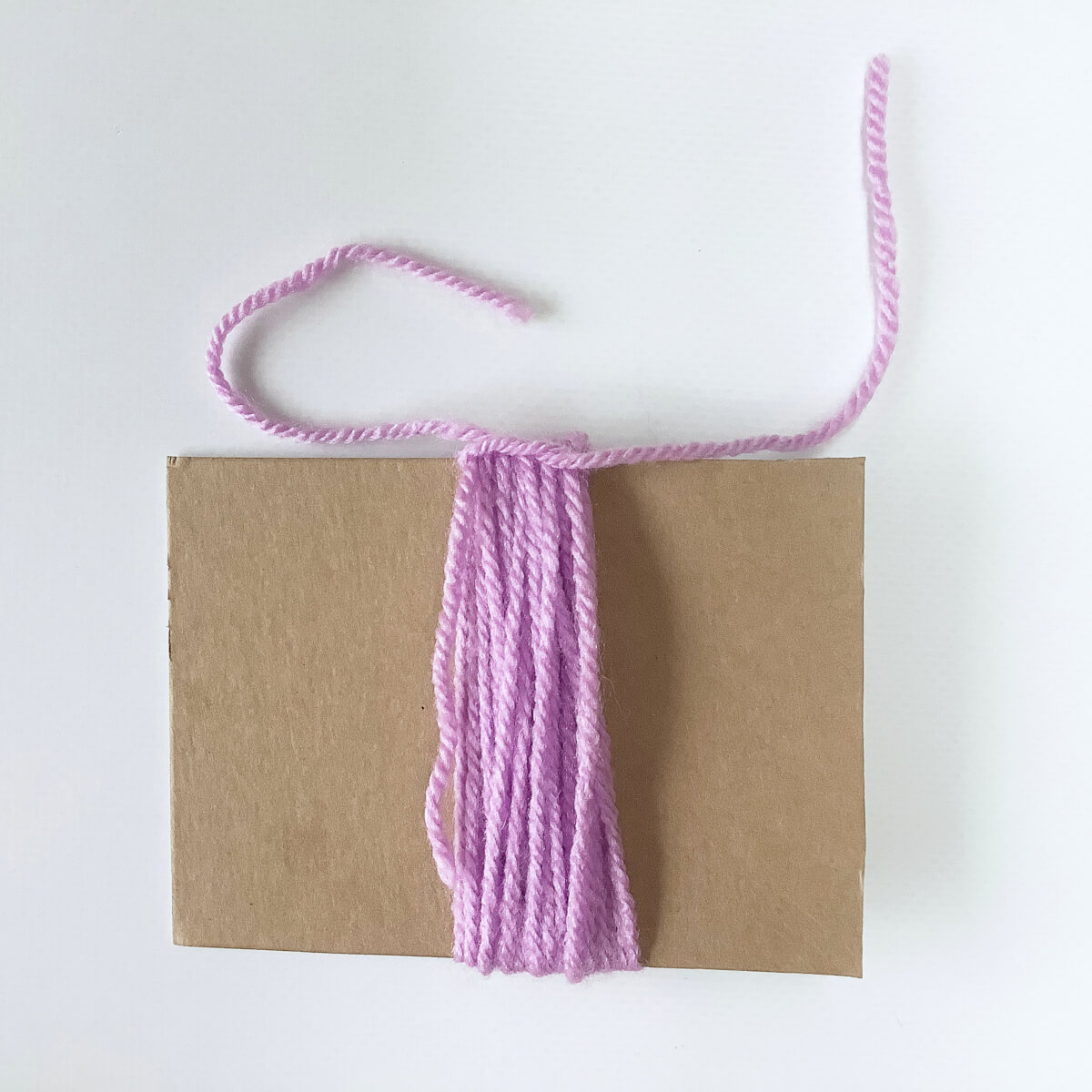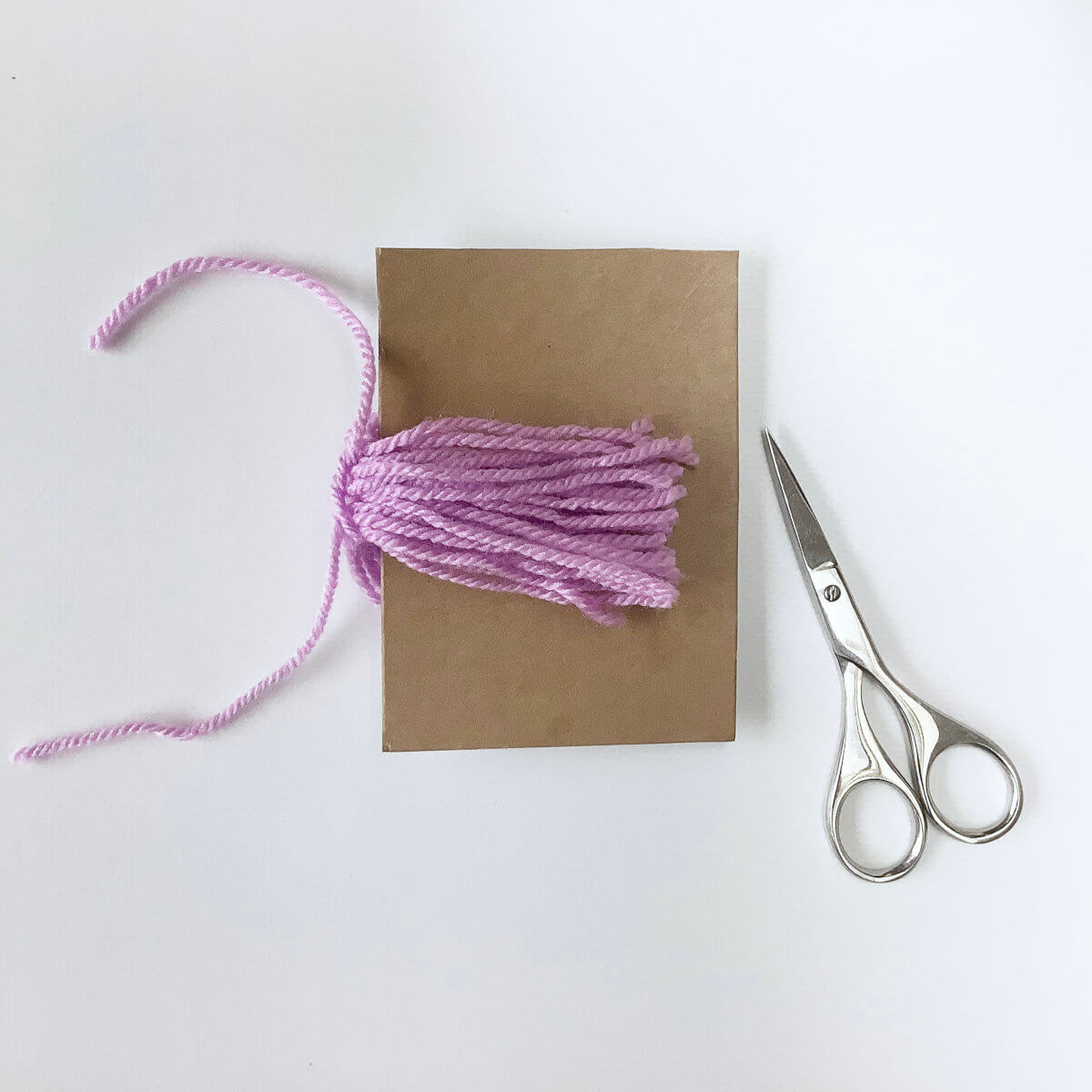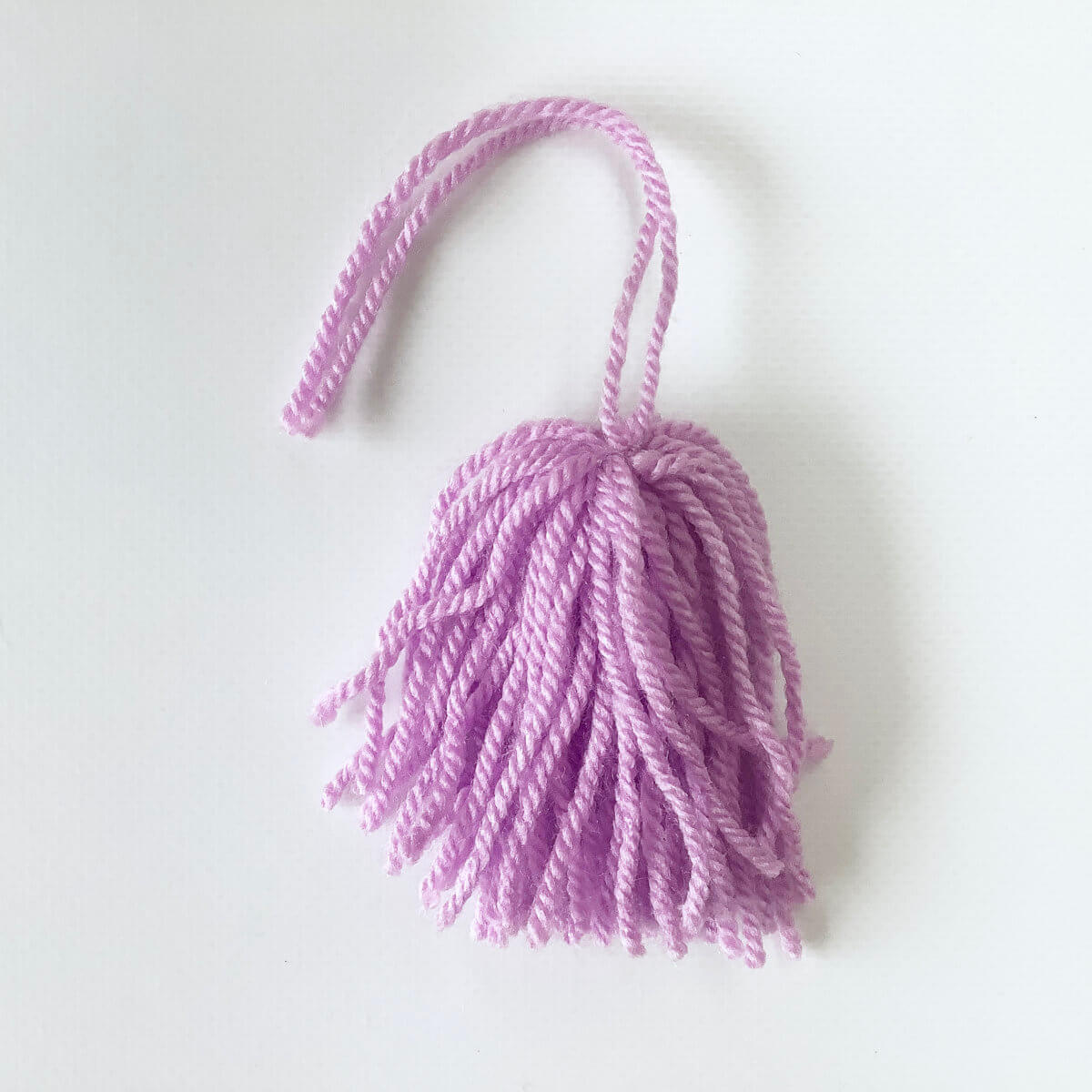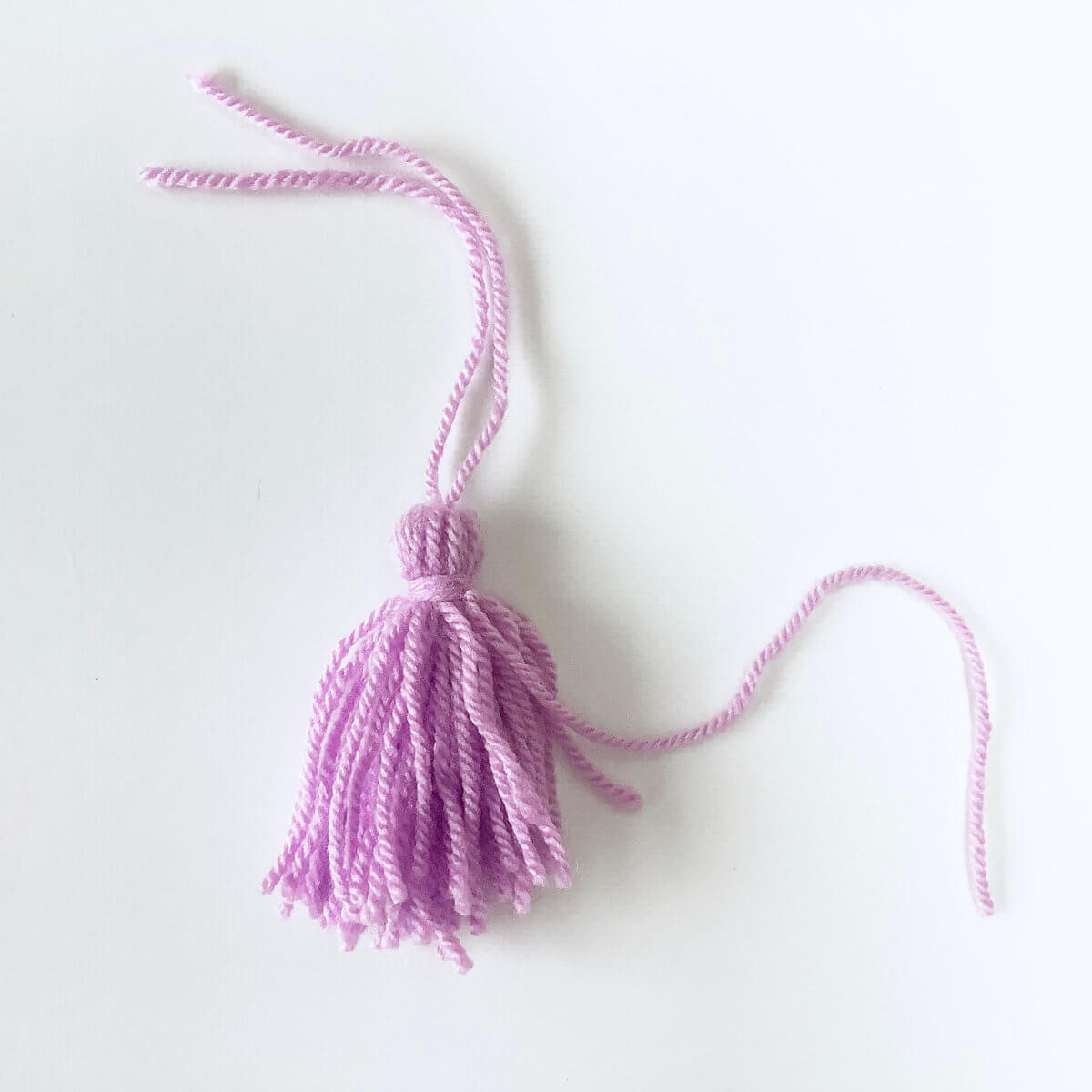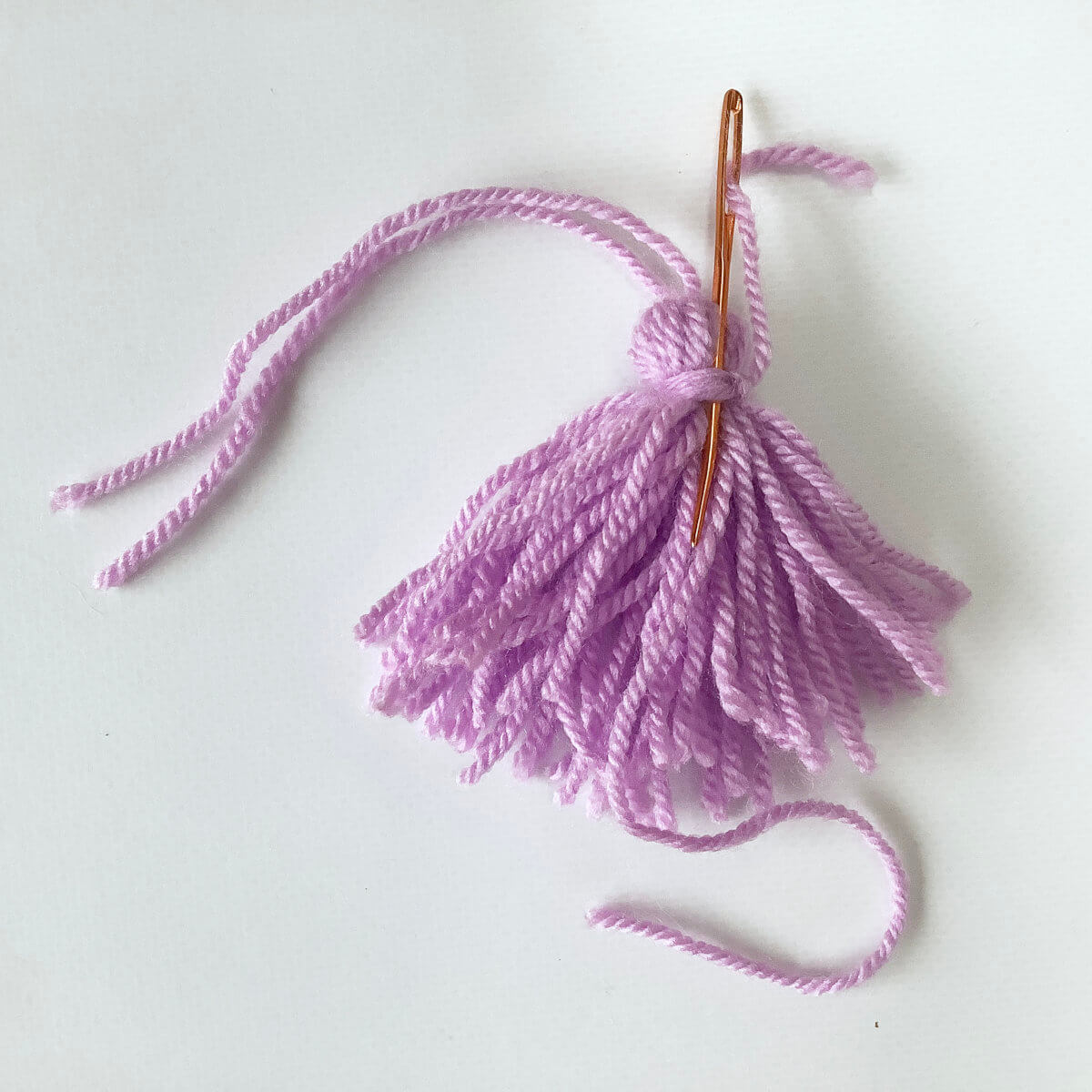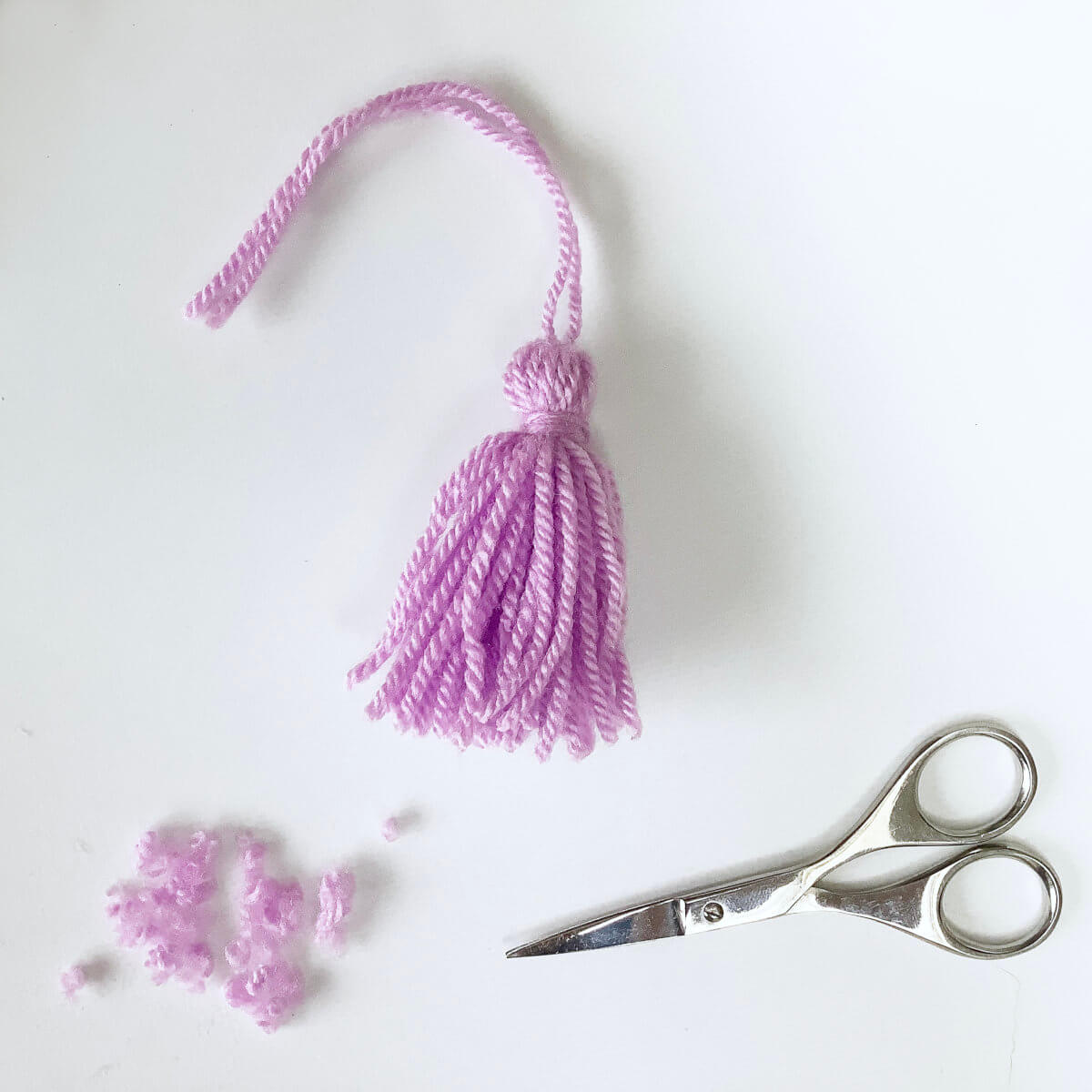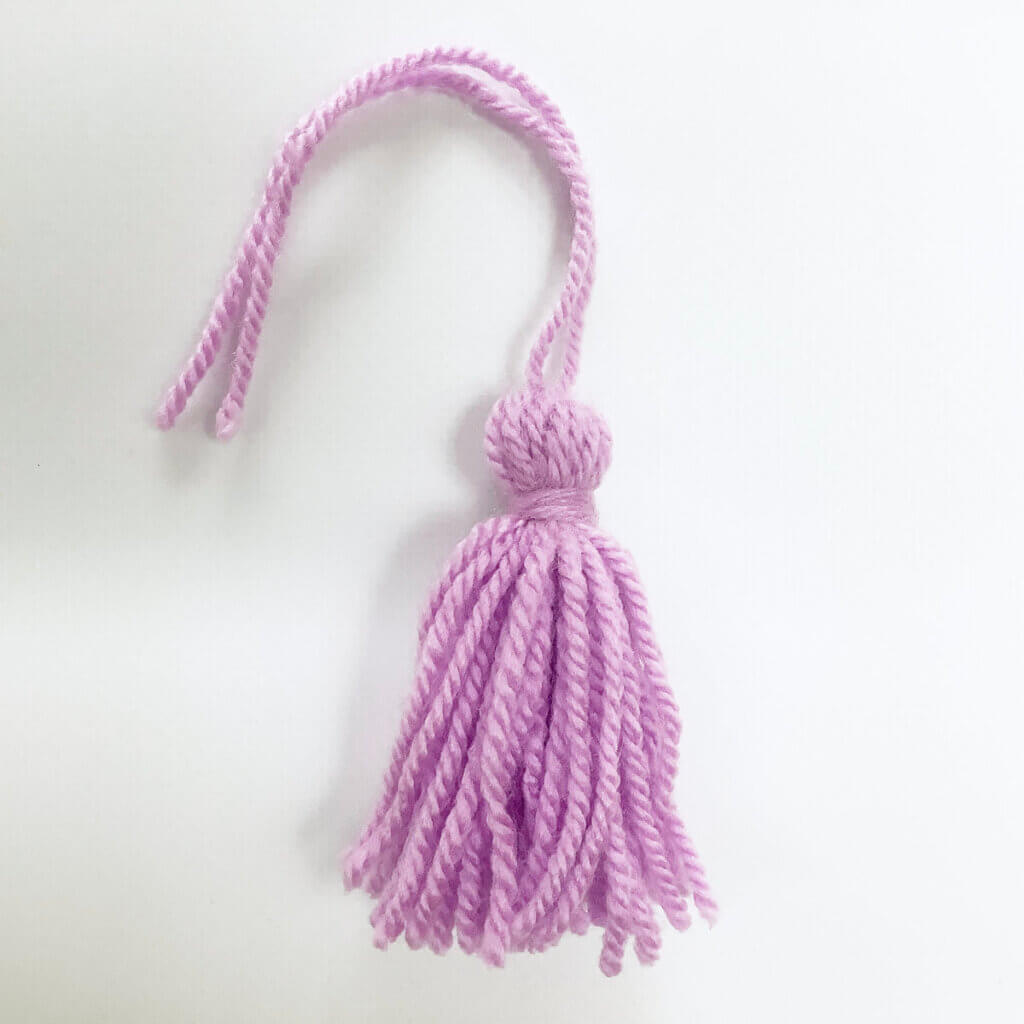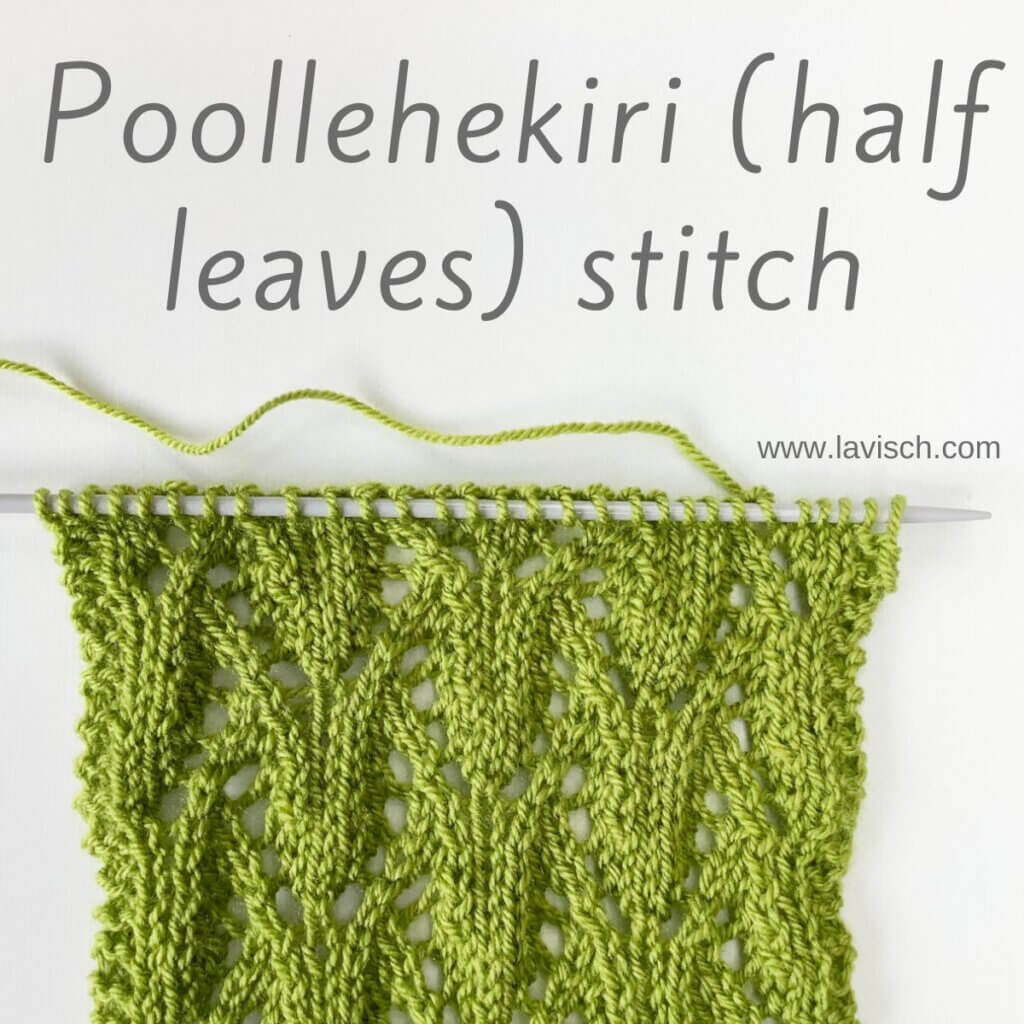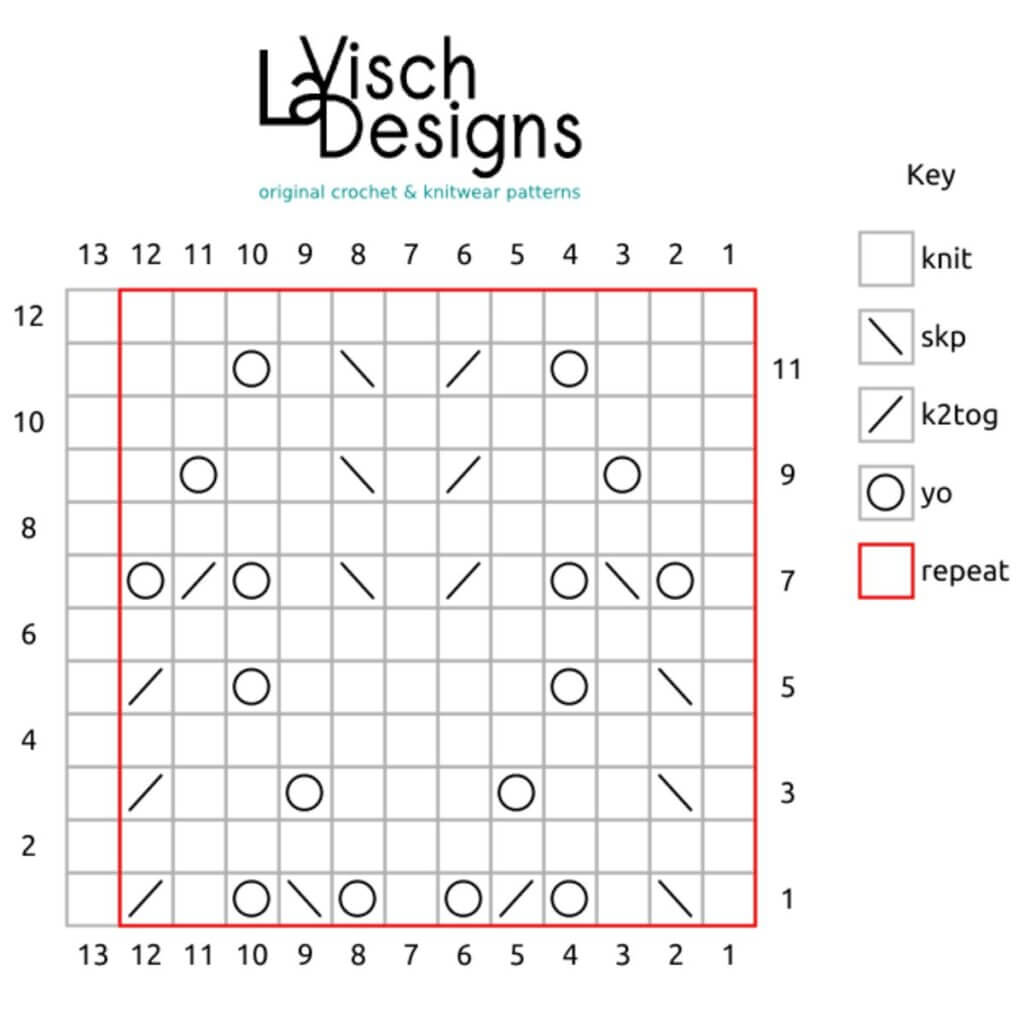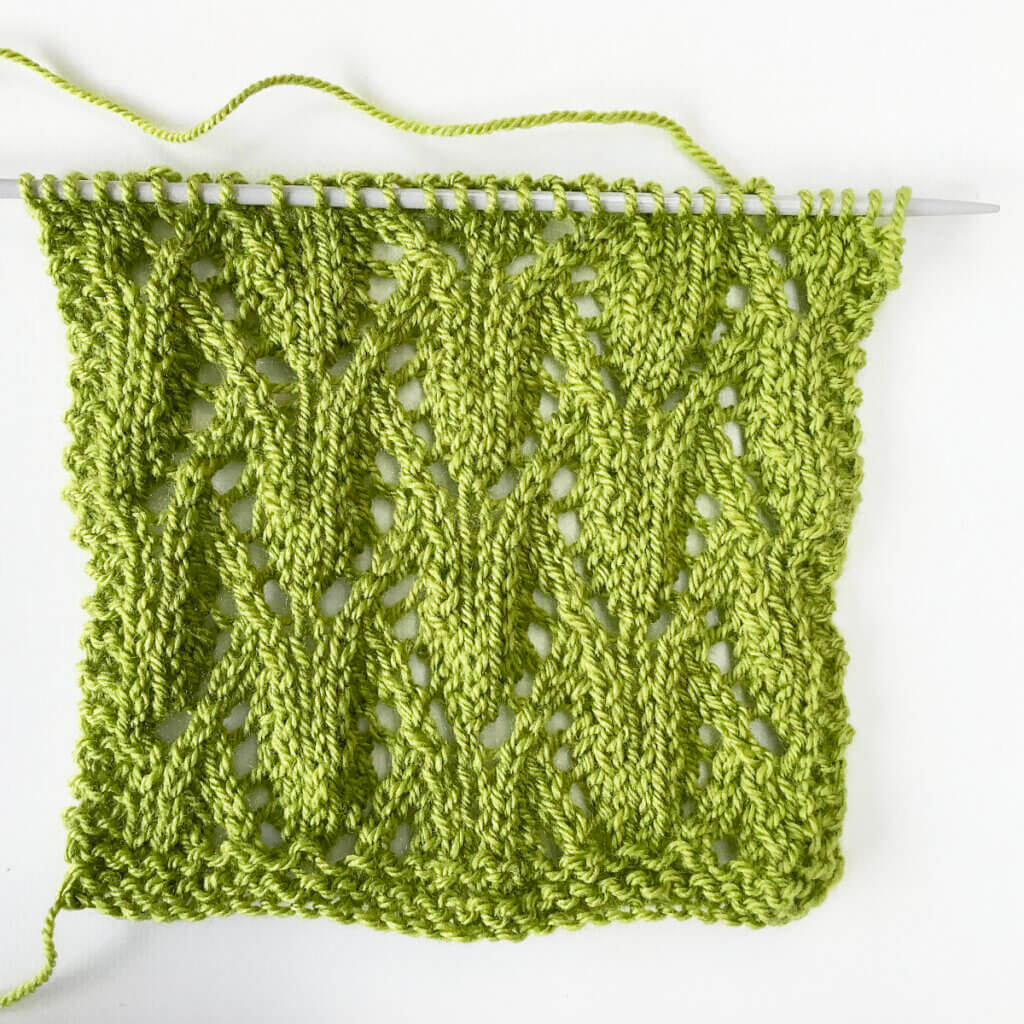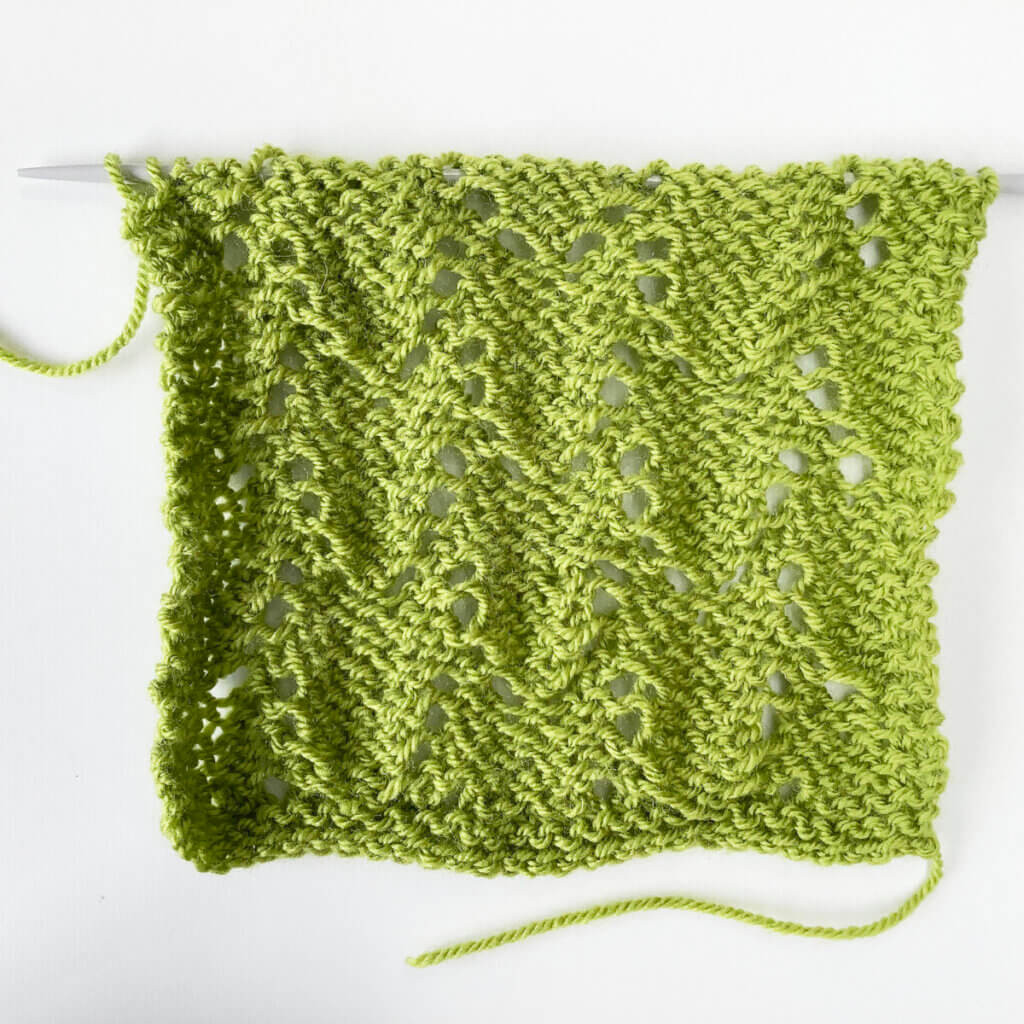stitch pattern – corrugated rib
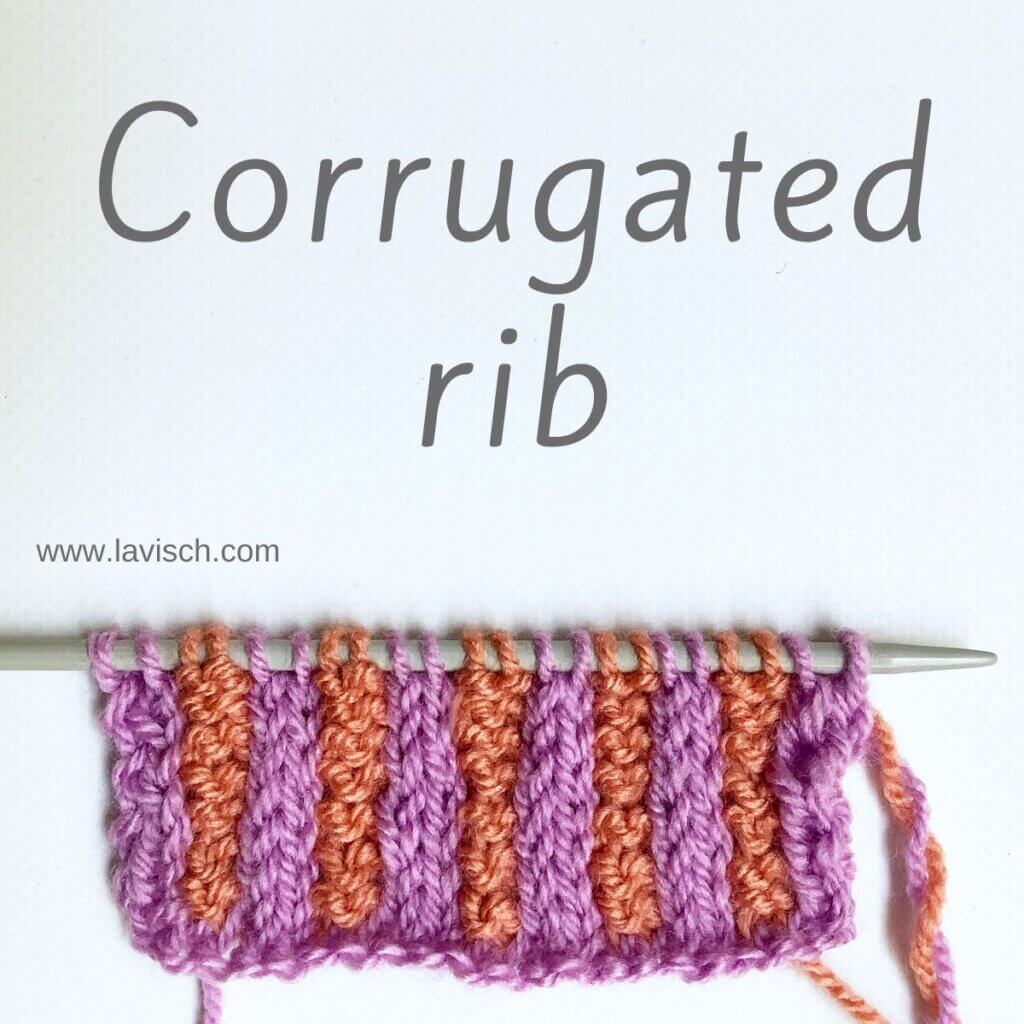
Corrugated rib is a way to work ribbing in 2 colors. Similar to working stranded knitting, the 2 colors are alternated while working a row. Because of this, corrugated rib is not a stretchy rib, and therefore not suitable for those projects where a lot of elasticity is needed. It is, however, very decorative. Corrugated rib, like any other type of ribbing, can be worked on a wide variety of stitch multiples. Common variations are 1×1 rib (knit 1, purl 1), 2×2 rib (knit 2, purl 2), and 3×1 rib (knit 3, purl 1). While working the corrugated rib, the knit stitches are worked in one color and the purl stitches are worked in the second color.
This type of rib is most often worked in the round, because it makes it easier to makes sure the strands of the yarn are all on the wrong side of the fabric. That said, it’s also very much possible to work corrugated rib flat back and forth.
This stitch pattern is worked as a multiple of 4 stitches + 2, and in a two-row repeat when worked flat. In the round, it’s worked as a multiple of 4 stitches, and in a one-round repeat.
Materials used
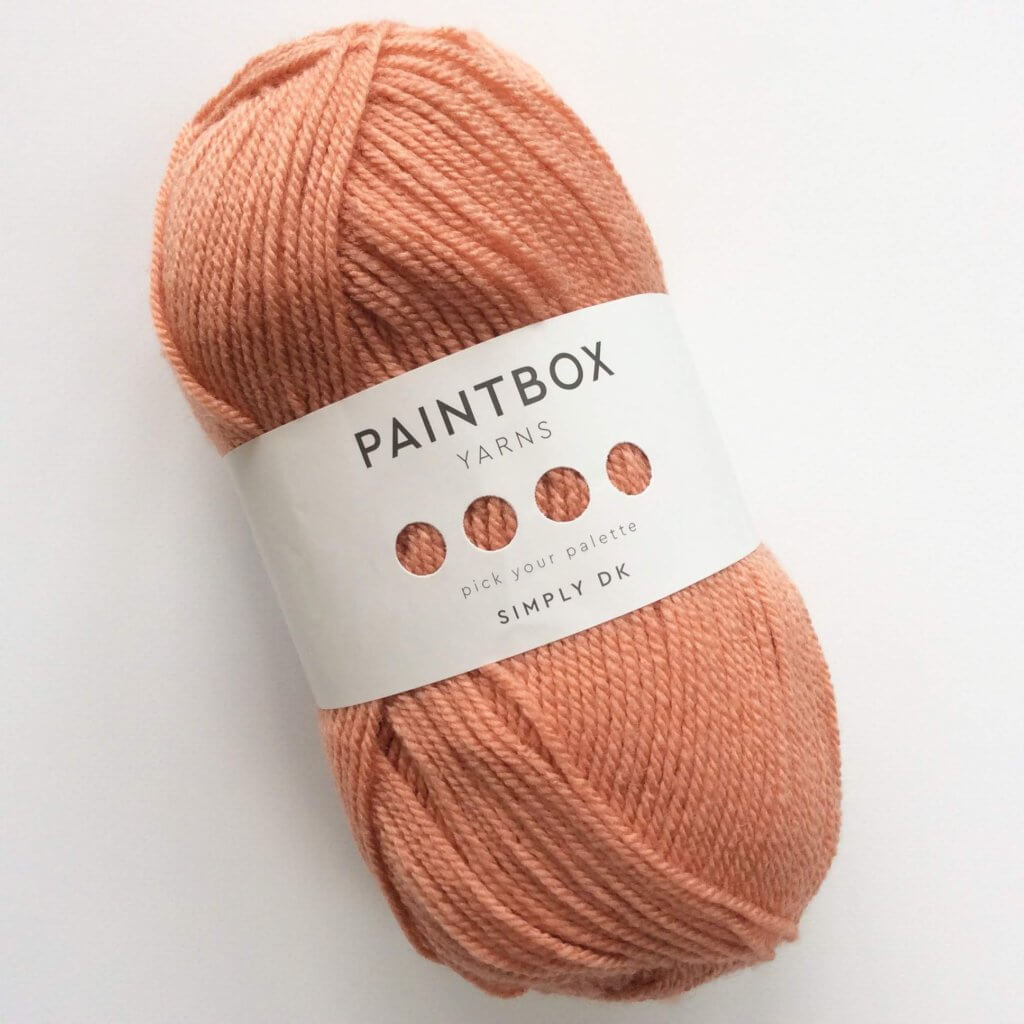
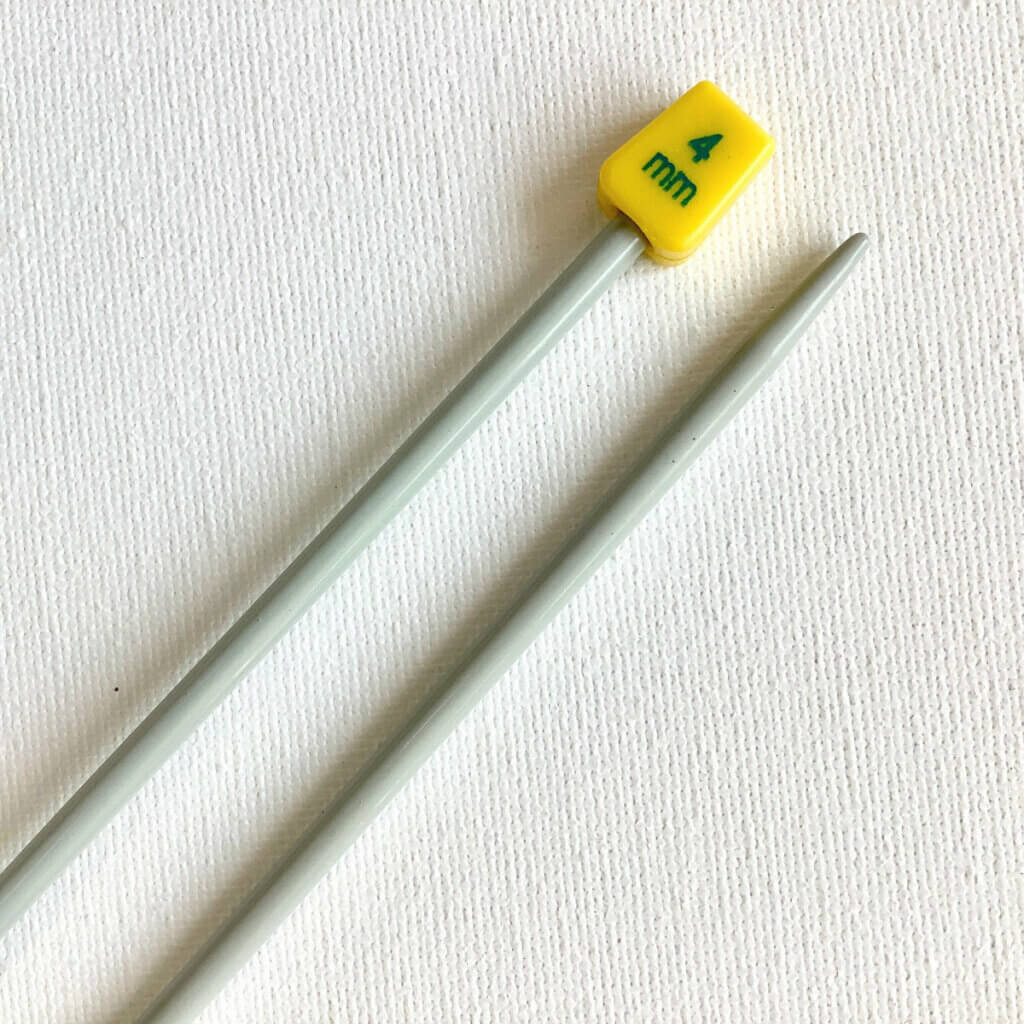
Yarn: Paintbox Yarns Simply DK, a good value, good quality 100% acrylic yarn, in the colors Vintage Pink, and Tea Rose.
Needles: This is a pair of straights that I picked up at the second-hand store when I started knitting, brand unknown.
Stitches used
- C1 / C2 – color 1 / color 2
- k – knit
- p – purl
- RS / WS – right side / wrong side
- st(s) – stitch(es)
Corrugated rib worked flat
Row 1 (RS): With C1 yarn k2, * with C2 yarn p2, with C1 yarn k2 *; rep from *-* to end.
Row 2 (WS): With C1 yarn p2, * with C2 yarn k2, with C1 yarn p2 *; rep from *-* to end, taking care to keep the strands of unworked yarn at the WS of the work.
Repeat rows 1-2 for pattern until desired length.
Corrugated rib worked in the round
Round 1 (RS): * With C1 yarn k2, with C2 yarn p2 *; rep from *-* to end of round.
Repeat round 1 for pattern until desired length.
The swatch I made, was done flat back and forth. In the below pictures, you see the patterning first from the right, and then also from the wrong side of the fabric:
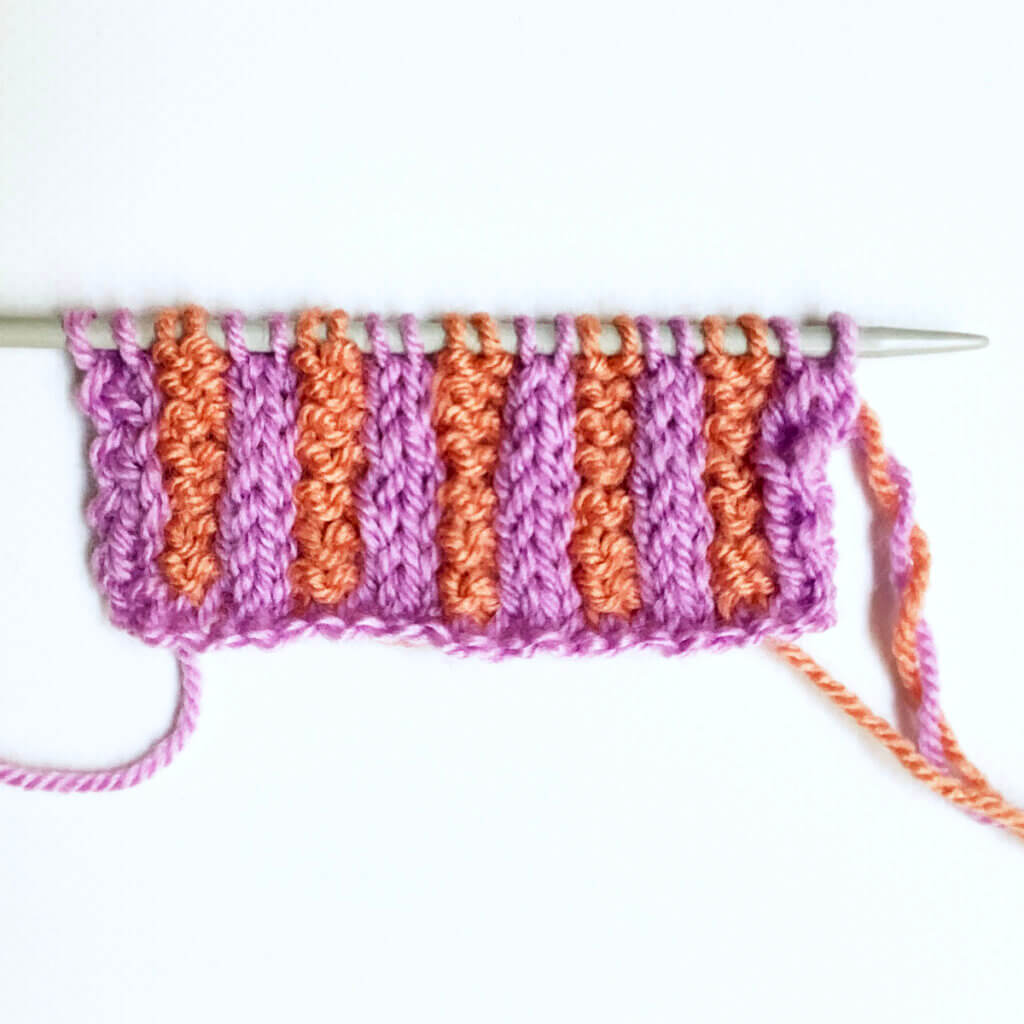
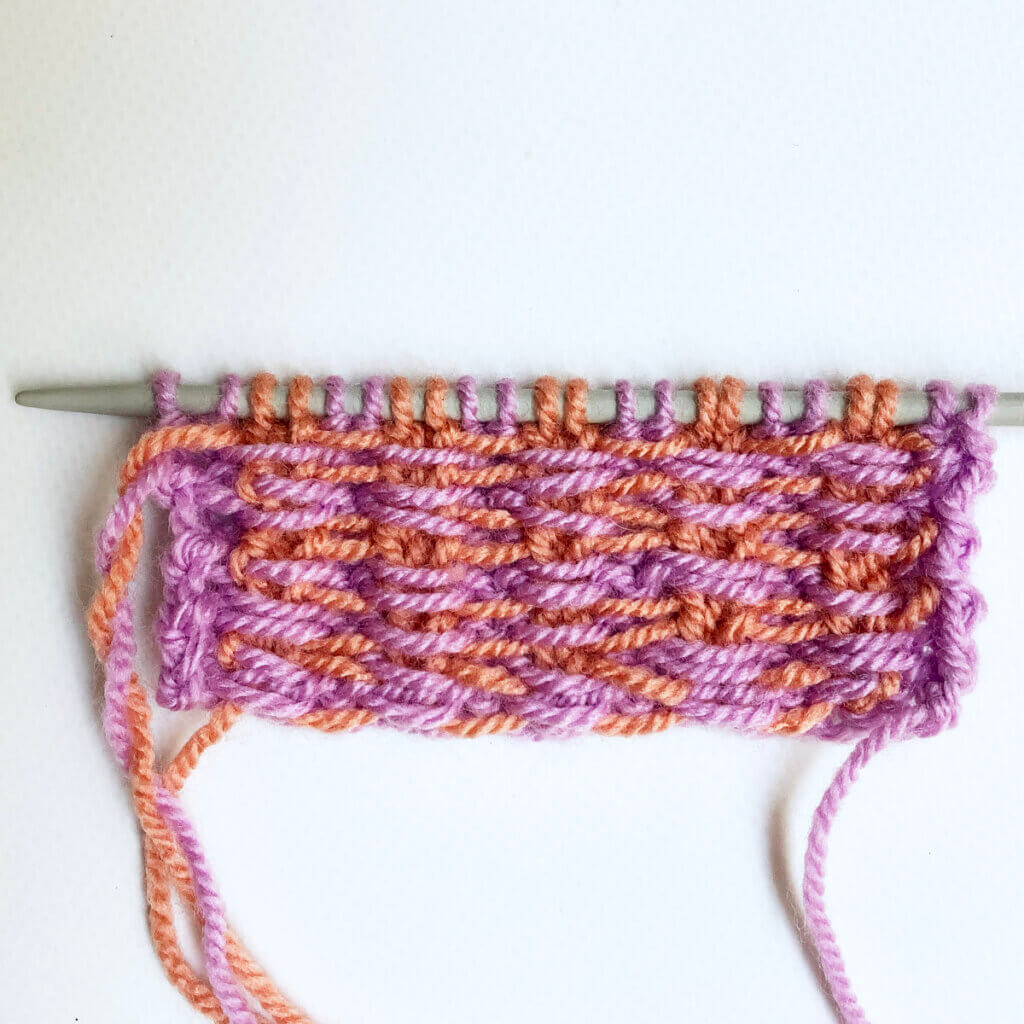

Thanks to my Patreon supporters for bringing you this freebie! Creating quality patterns and tutorials is a lot of work and resource-intensive. However, I find it important to give you free content like this tutorial. Thanks to the generous support of my Patreon supporters, I can make it happen. Thank you, patrons! Click here to join, or click here to read more about La Visch Designs on Patreon.
stitch pattern – corrugated rib Read More »

